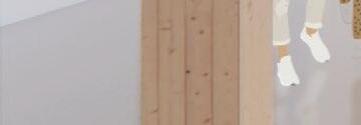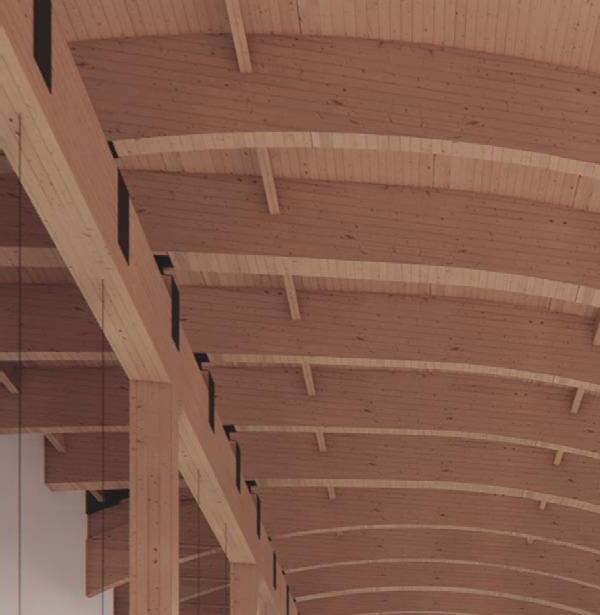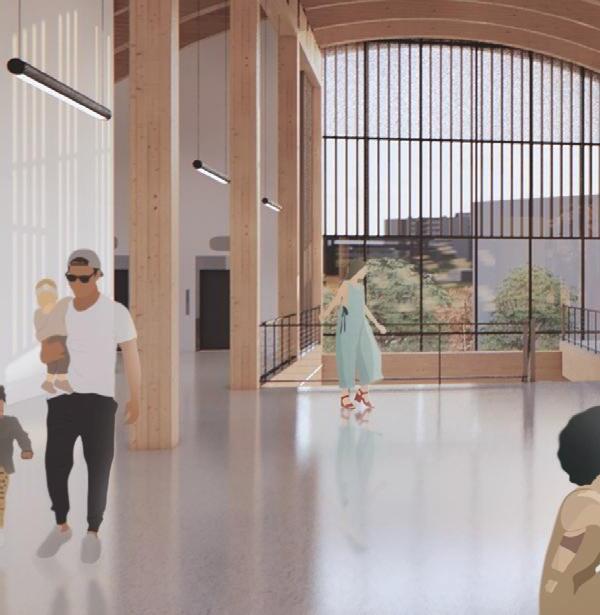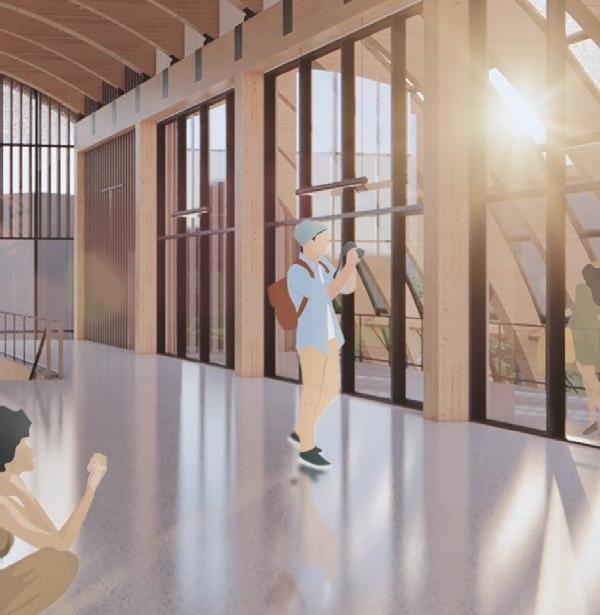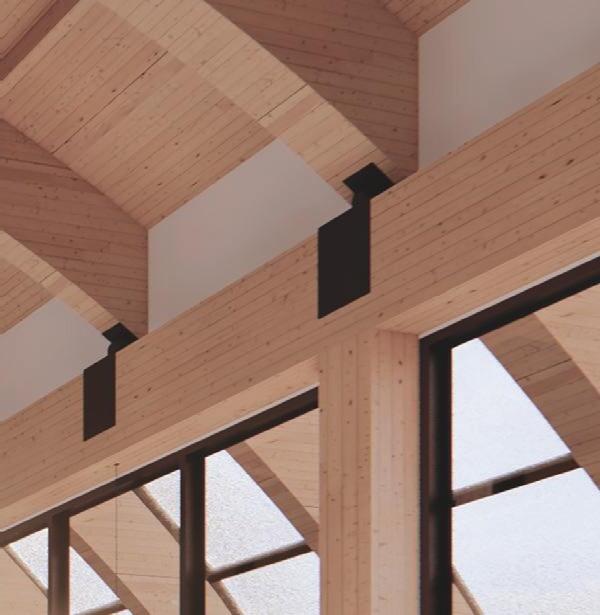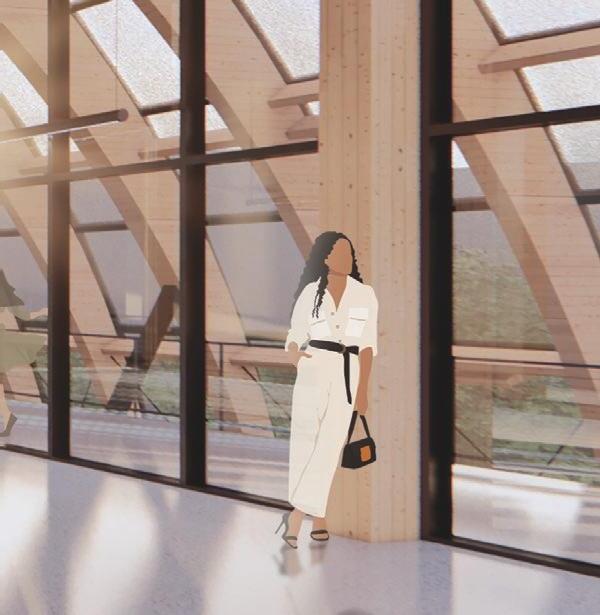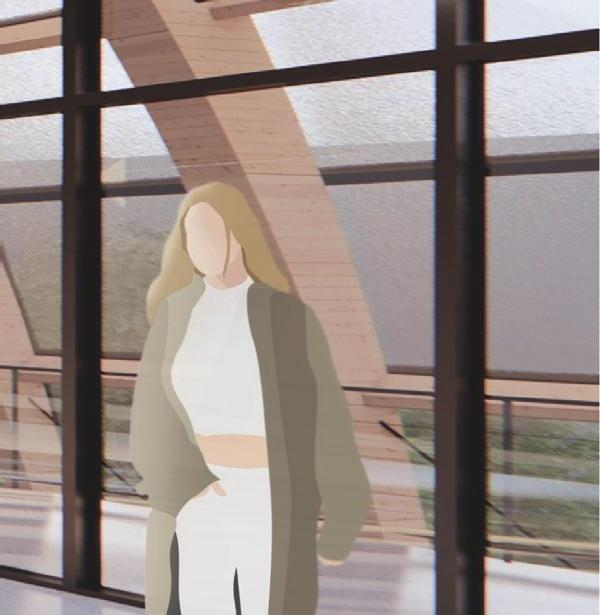ASHLEY SEIDERMAN DESIGN PORTFOLIO
A SELECTION OF WORKS FROM EDUCATIONAL AND PROFESSIONAL SETTINGS
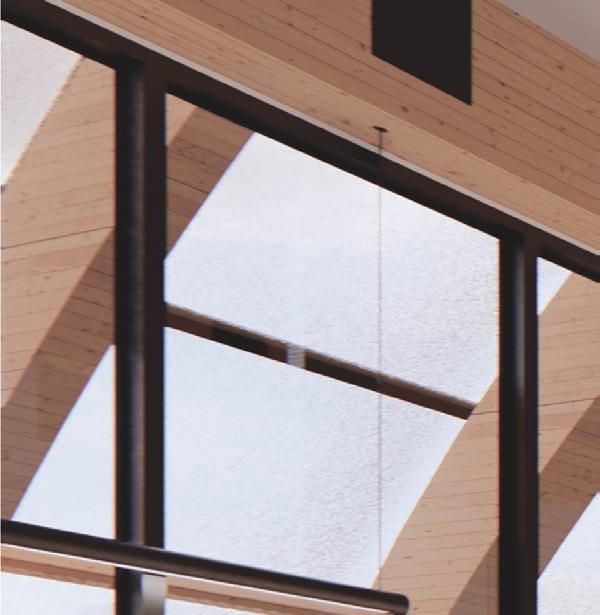

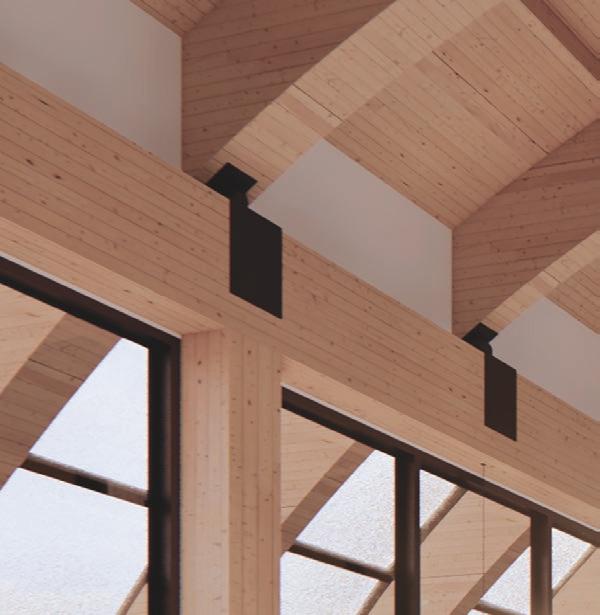
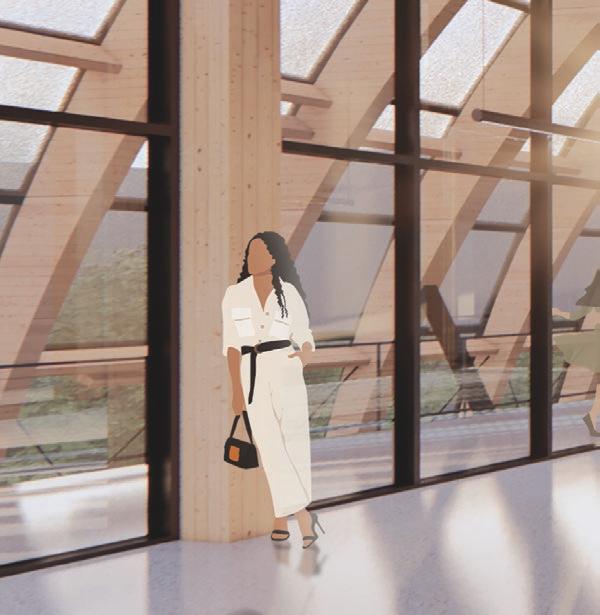
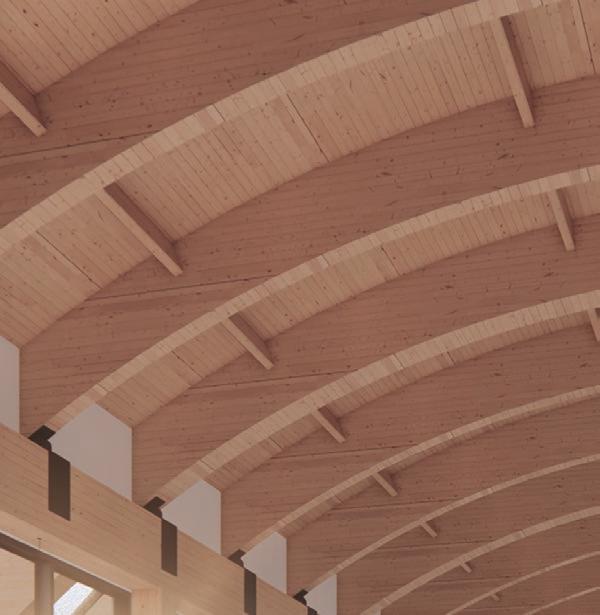
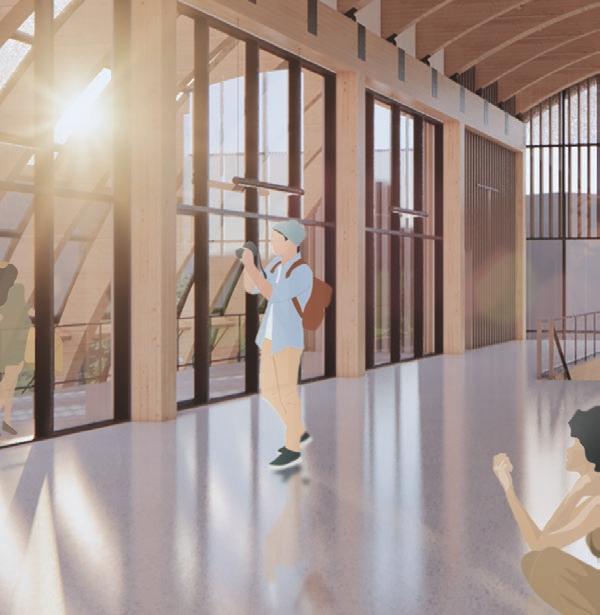
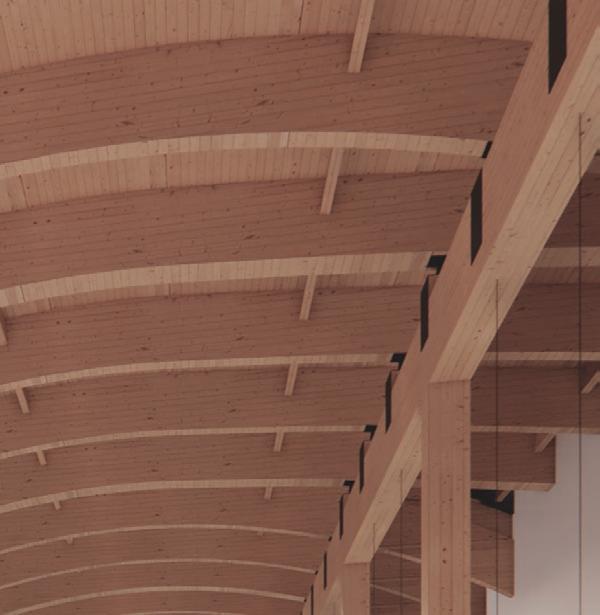
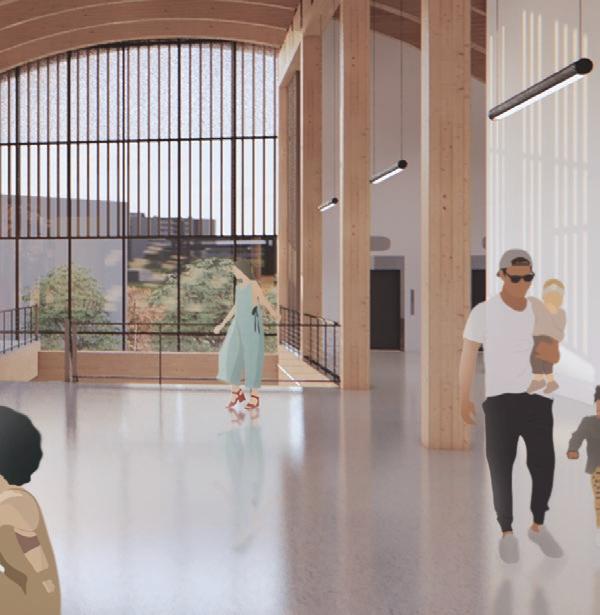

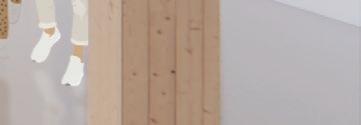

A SELECTION OF WORKS FROM EDUCATIONAL AND PROFESSIONAL SETTINGS











843.460.8503
amseiderman@gmail.com
Ashley Seiderman issuu.com/ashleyseiderman
Revit
Enscape
AutoCAD
SketchUp
Photoshop
InDesign
Illustrator
Massachusetts Collage of Art and Design
Master of Architecture
Clemson University International Studies | Genoa, IT
B.A. in Architecture | Minor in Sustainability
Charles E. Daniel Center for Building Research and Urban Studies
An off-campus experience which provided an immersive study of Italian architecture, culture, urban design, and field research. Included opportunities for both guided and independent travel.
Timothy Burke Architecture
Designer | Boston, MA
• Produced presentation and construction documents for residential projects around the Greater Boston Area.
• Worked closely with clients to craft individualized designs for additions, renovations, and new construction houses.


Hand Drafting
Physical Modeling
Woodworking
Julia F. Martin Architects
Summer Intern | Charleston, SC
• Assisted with the measurement and field research of existing residential properties in Charleston
• Utilized AutoCAD and SketchUp to create highly detailed existing and proposed condition drawings.

MA | 2023
This project is a mixed use auditorium space to be used for commencement ceremonies, student gatherings, performances, exhibitions, craft fairs, and more.
The sculptural roof line makes the Center a monument, bridging the Fenway and Mission Hill neighborhoods of Boston. The long facades on the East and West respond to the surrounding context by continuing the urban edges along Fenway and Hemenway St. The project was designed with sustainability in mind uses sustainable materials such as mass timber, copper roofing, and native plants. Additionally the design takes steps towards emulating the ideals set forth by the Living Building Challenge.
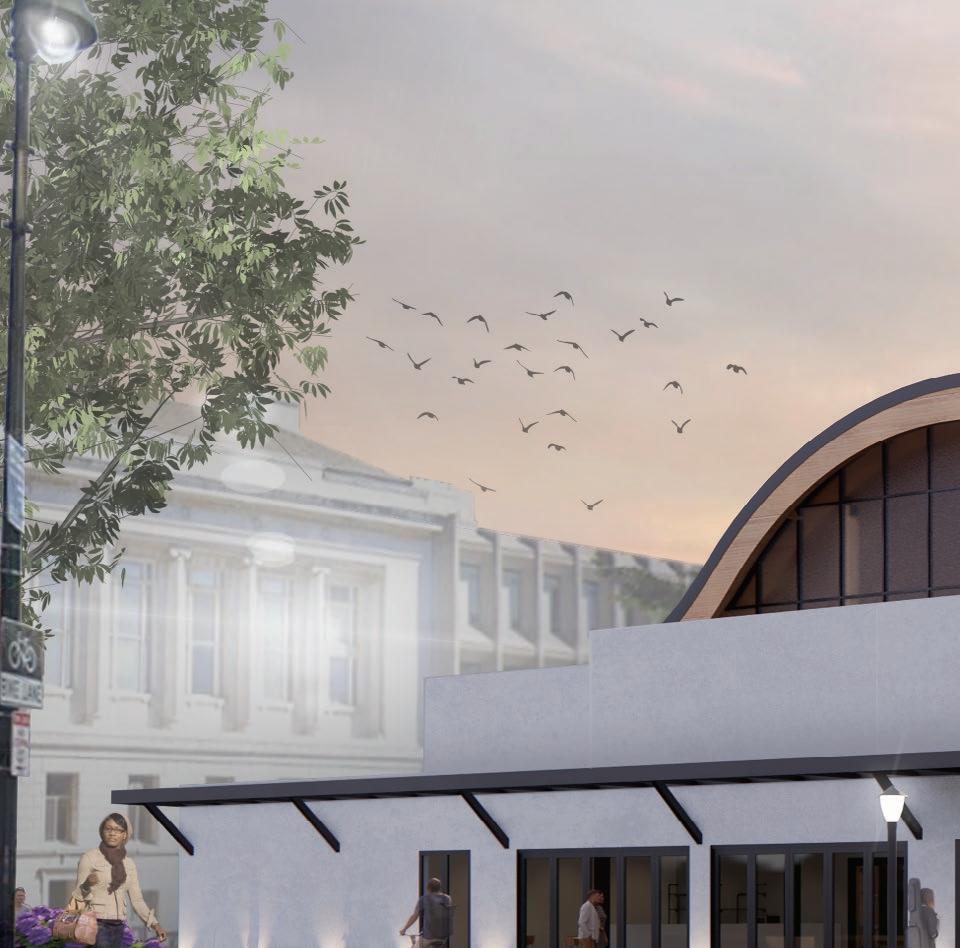




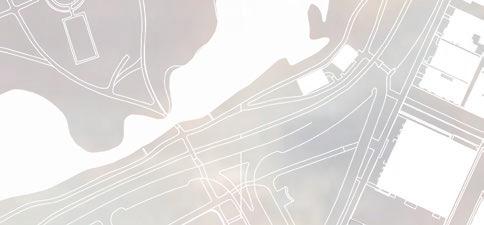
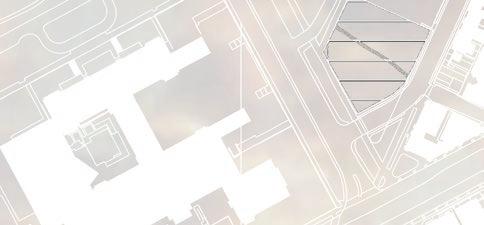
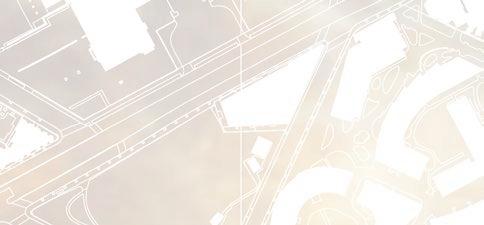


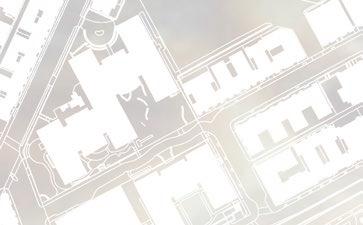
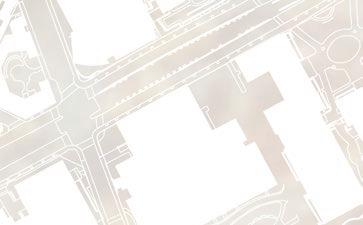
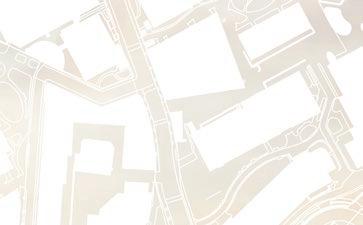

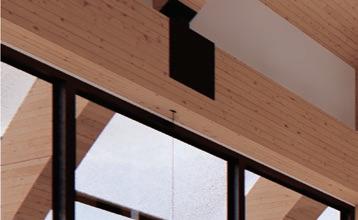
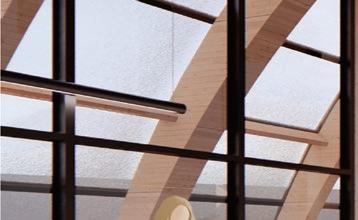
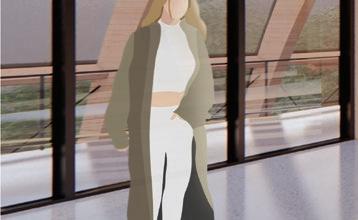
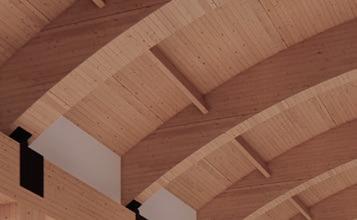
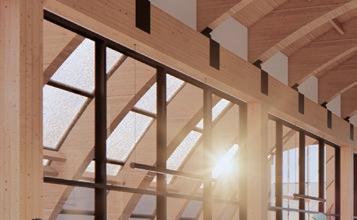
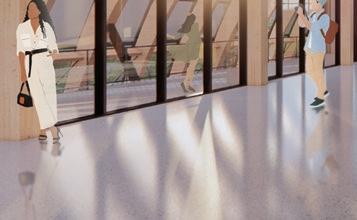

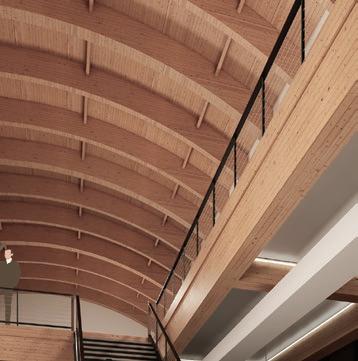

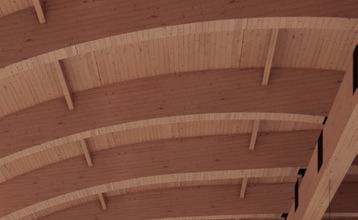



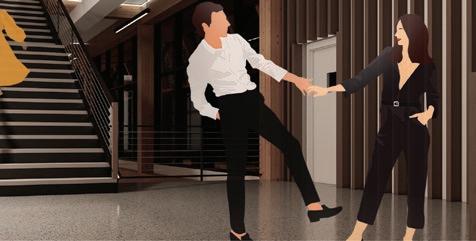



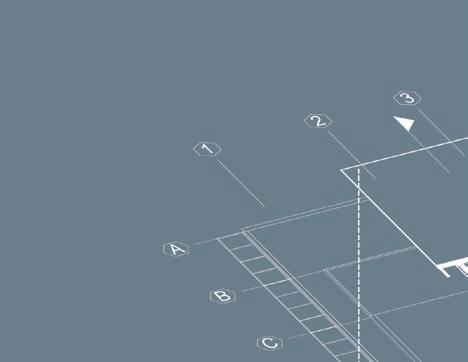

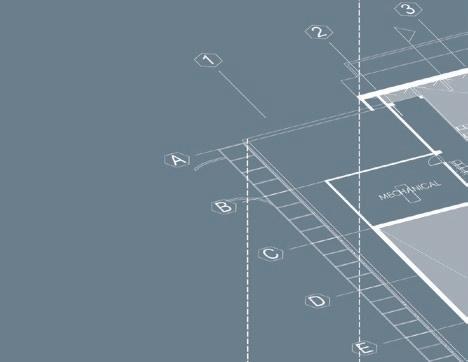

FLOOR ONE: Large accordion doors welcome visitors in and lead directly into the auditorium which can be emptied of chairs to support a variety of programming. This floor also includes a small cafe.
FLOOR TWO: Provides open gathering space for events, and leads to the fixed seating mezzanine level of the auditorium.
FLOOR THREE: Provides gathering space, an AV room with a window to the auditorium, and gives visitors access to the South facing balcony which is covered by a frosted glazing which provides shelter from the elements, without reducing natural light.
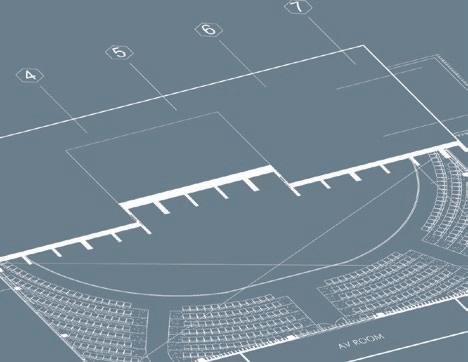

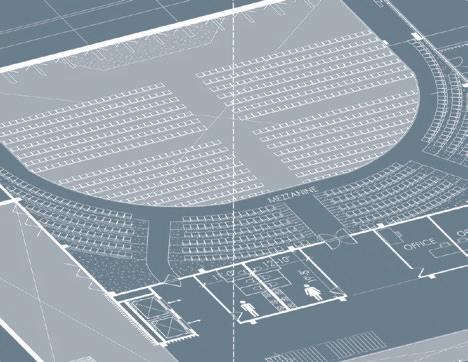
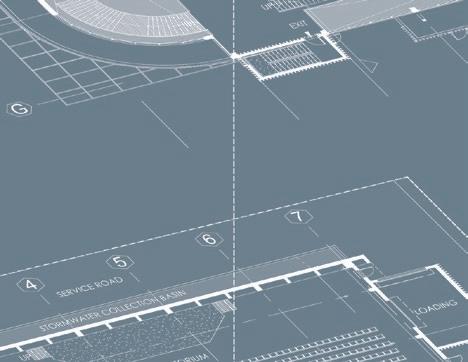
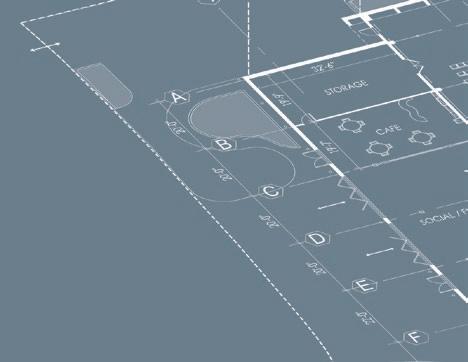
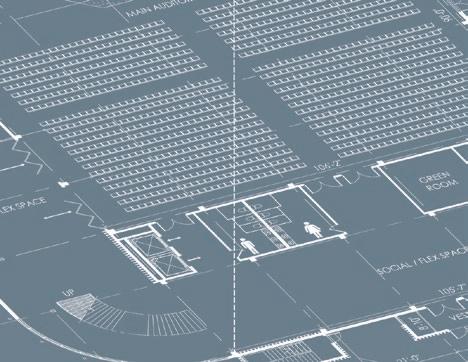
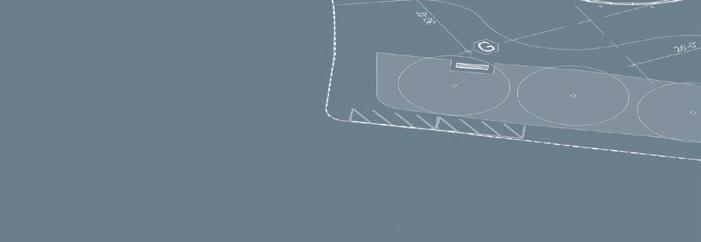
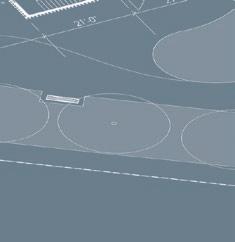


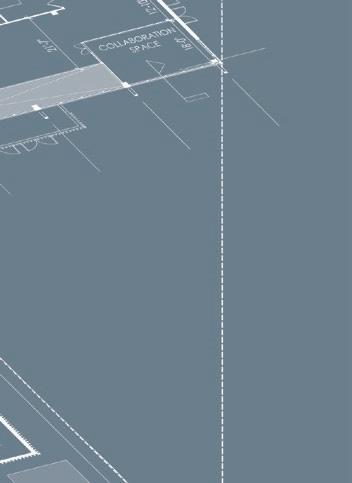
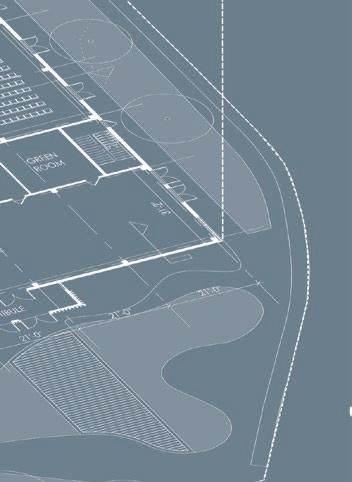
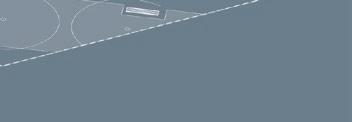



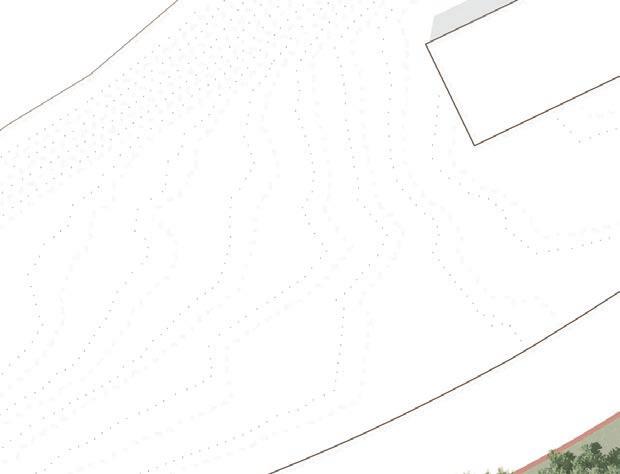
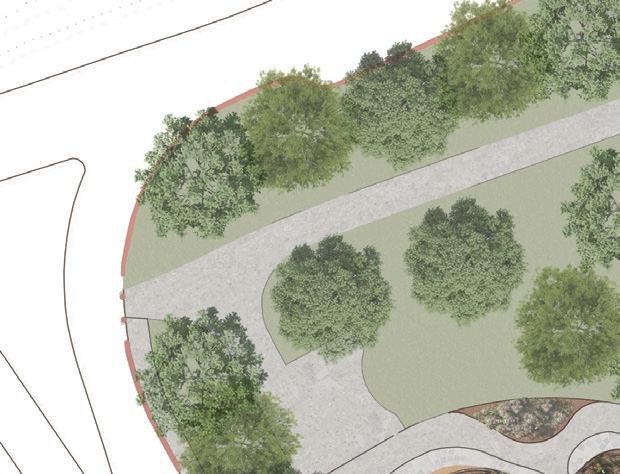


SITE PLAN
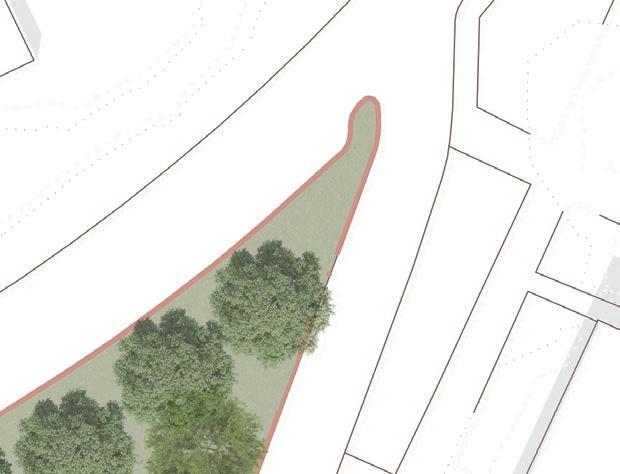

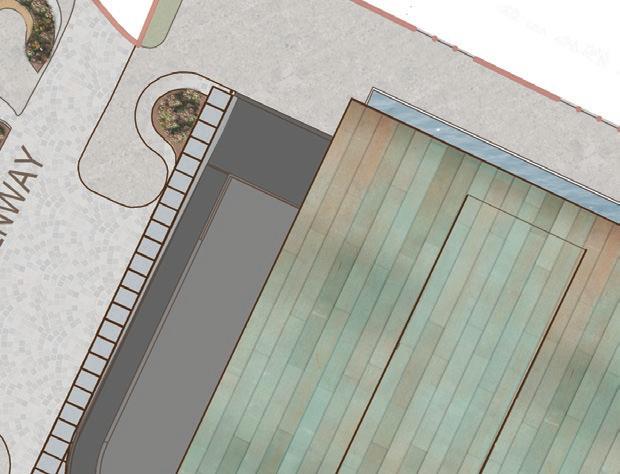
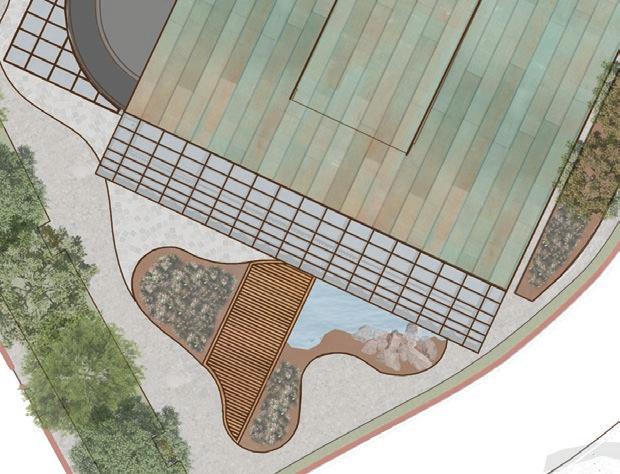

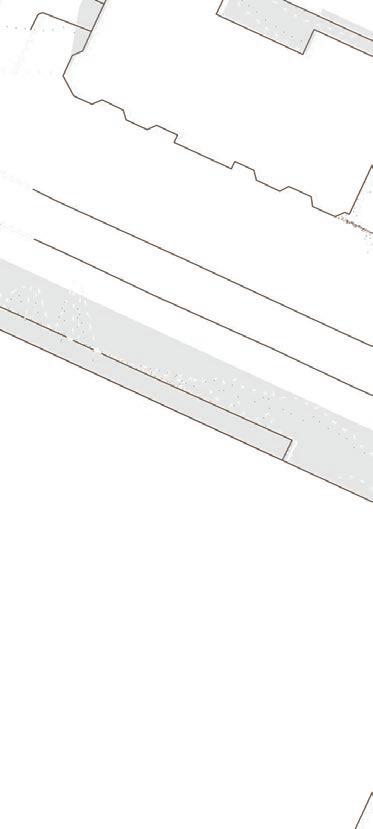
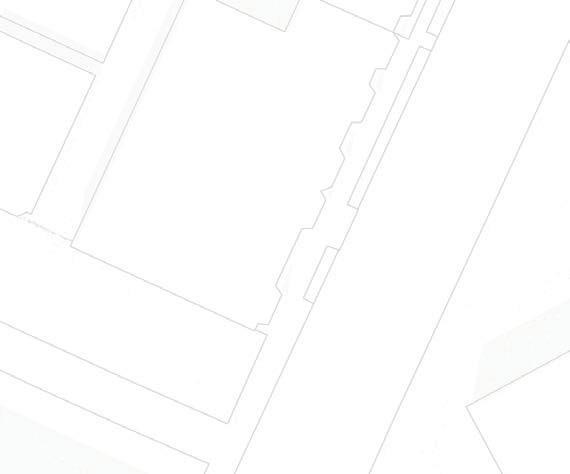

100% recyclable, superior thermal and electrical conductivity

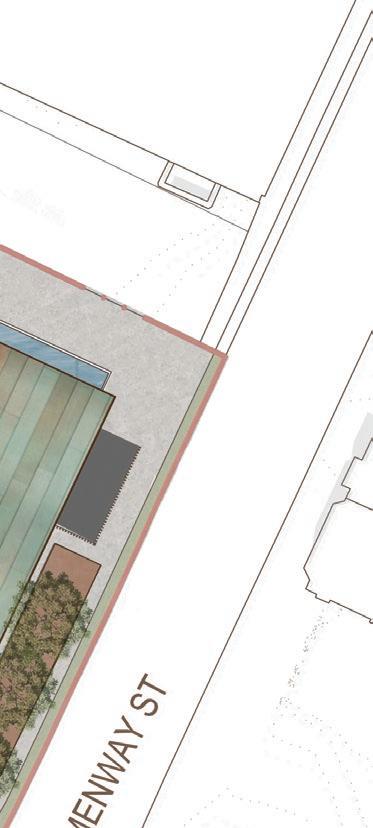

Reduces carbon dioxide emissions by 15% -20% compared to steel

Mixture made of sustainable materials found in nature.
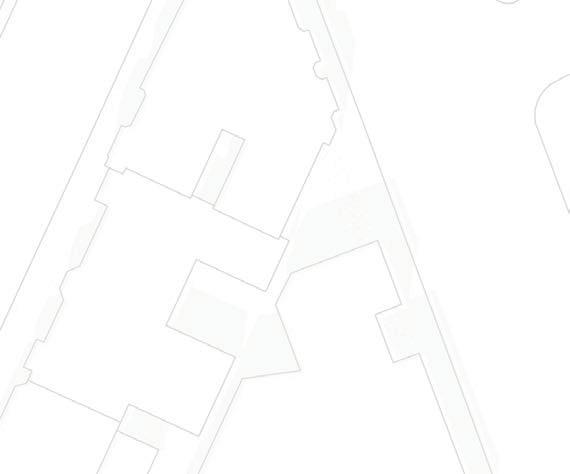
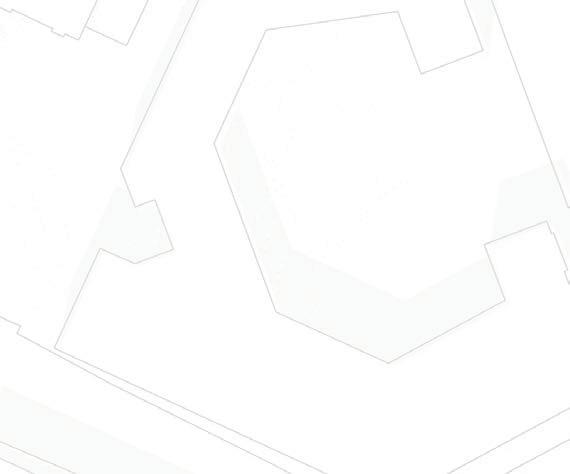



Reduces storm water runoff & flooding, improves water quality, recharges groundwater


Recycled aggregates, poured on site, minimal post-commercial waste








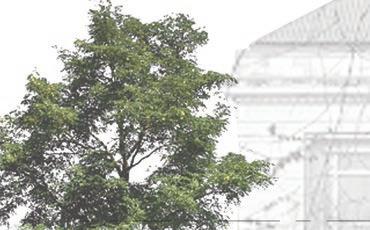




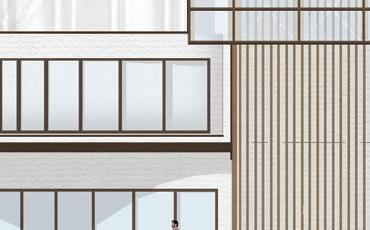

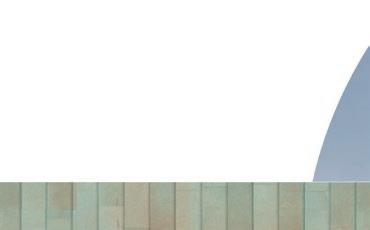
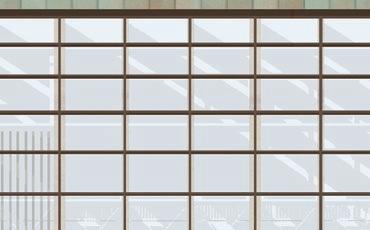
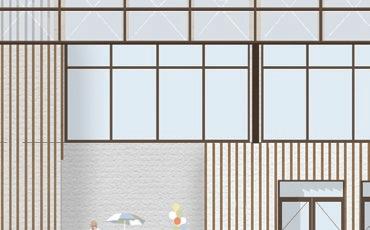

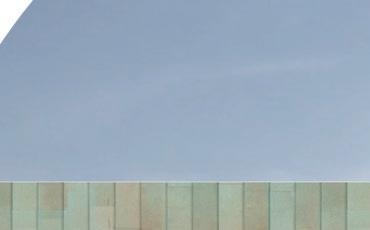
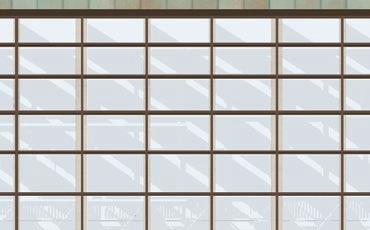
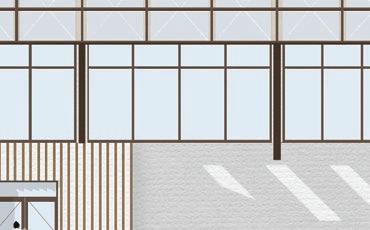
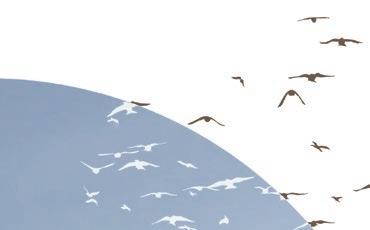
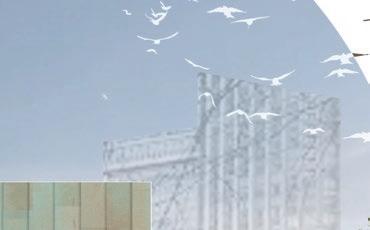
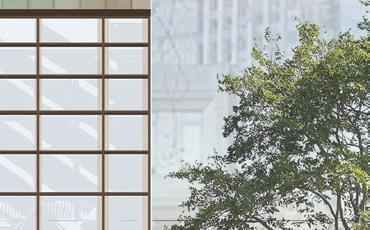


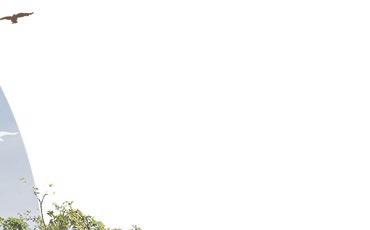
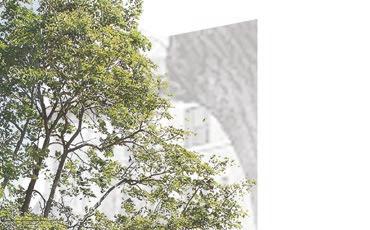
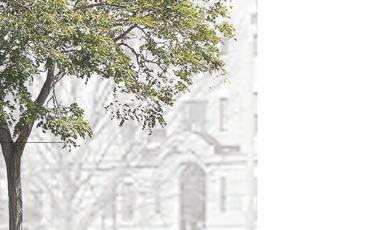









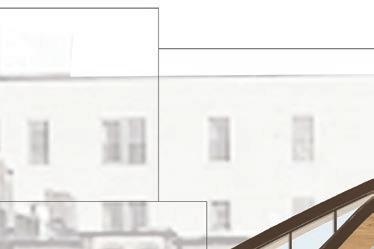
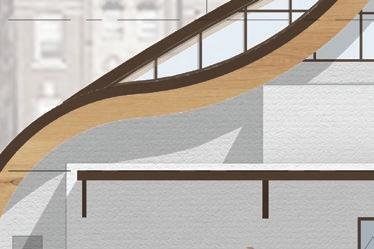



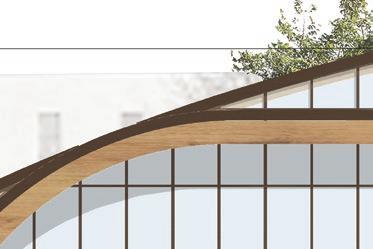
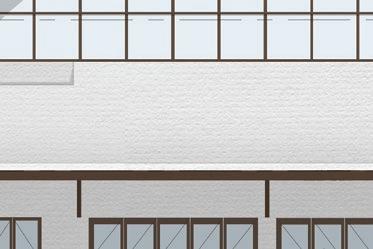



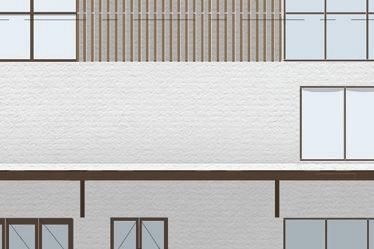



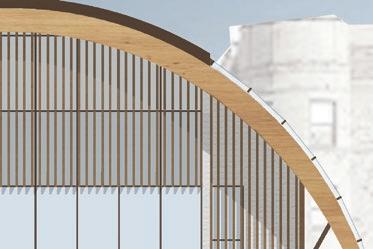
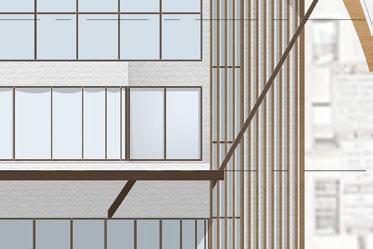
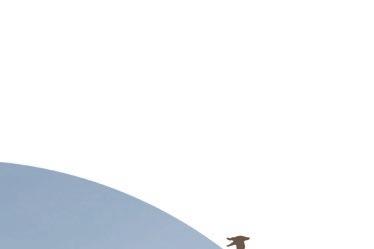


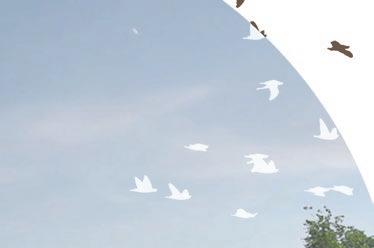
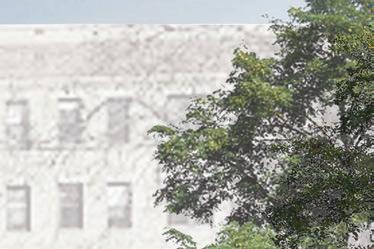


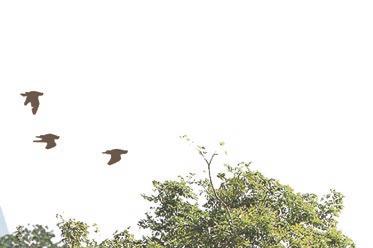
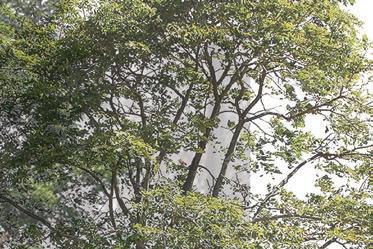



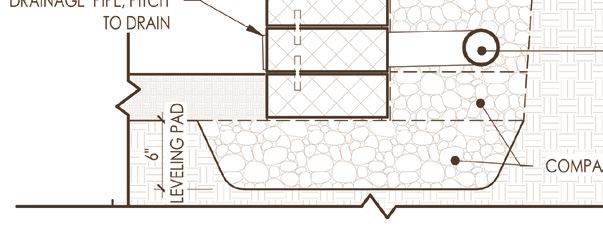

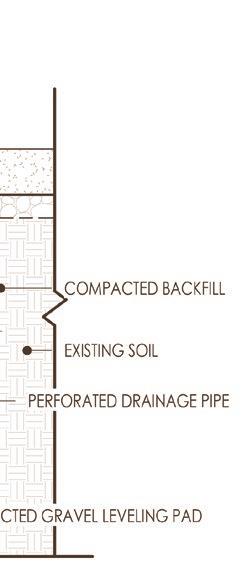
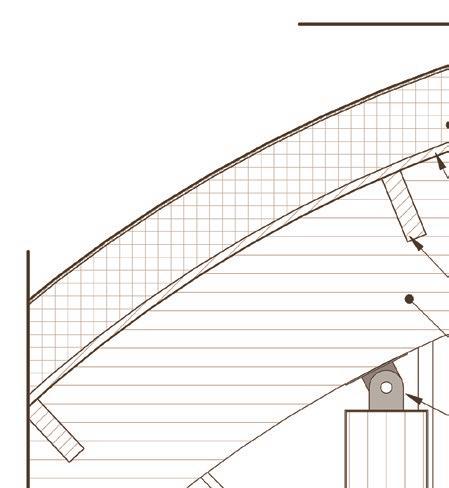










DETAIL 1: Retaining wall detail. Low retaining wall raises the service entry and provides separation from the neighboring site without impeding views of the building from the North.
DETAIL 2: Column to beam connection. Custom hinged steal connectors are attached to each column and can be hinged at varying angles to support the curved glulam roof beams.






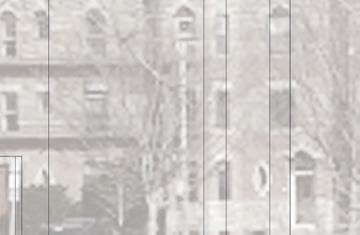
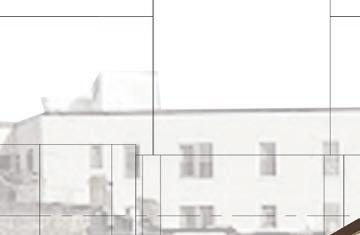



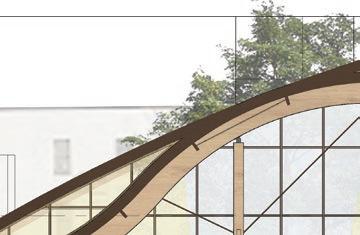
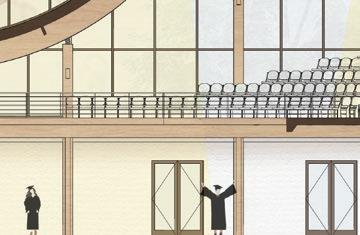
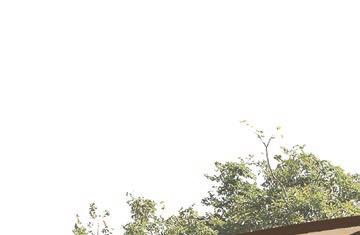
DETAIL 3: Balcony railing. A sleek cable railing with dark brown painted aluminum balusters and teak posts which blends in with the surrounding structure.
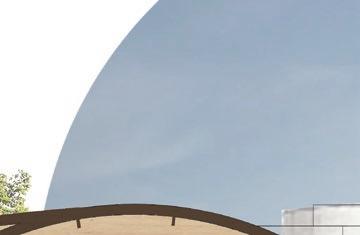
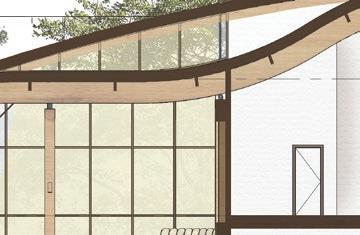


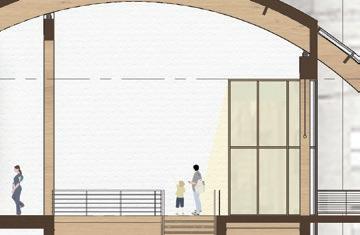


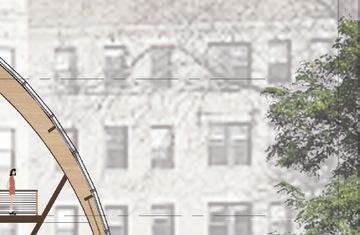


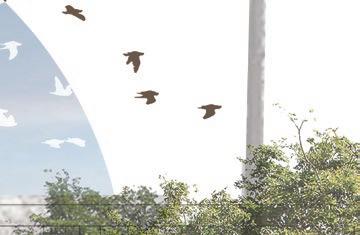
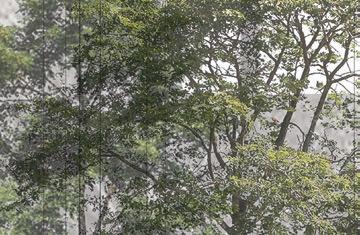
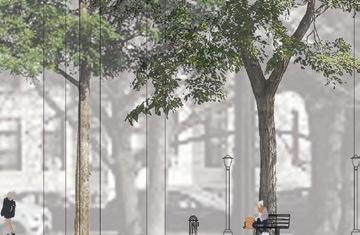


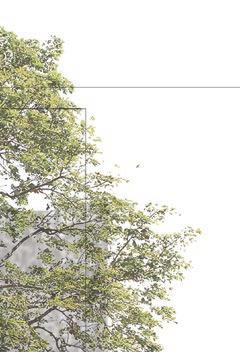





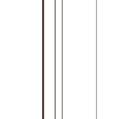
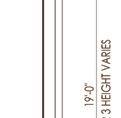
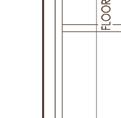

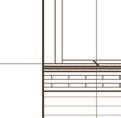



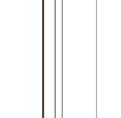
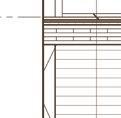
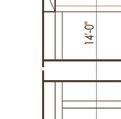
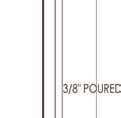
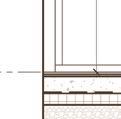


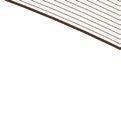

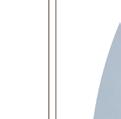


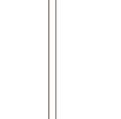
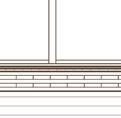
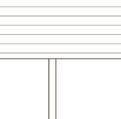
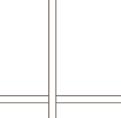



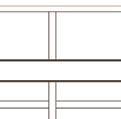





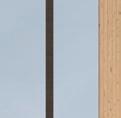

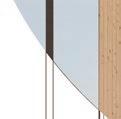

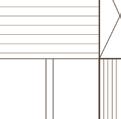
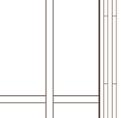
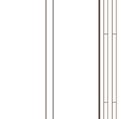
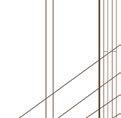
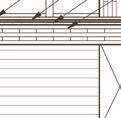


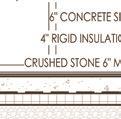
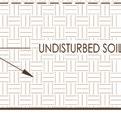
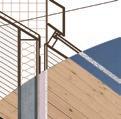
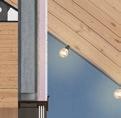


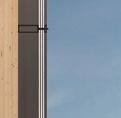

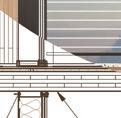


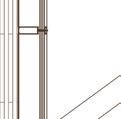
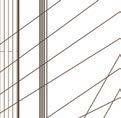
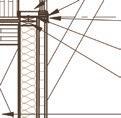
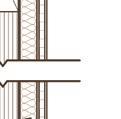
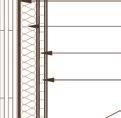

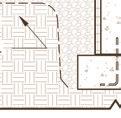
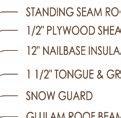
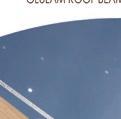
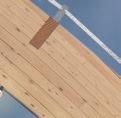
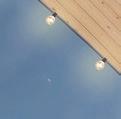


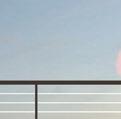
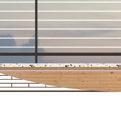
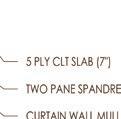
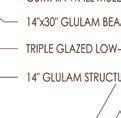
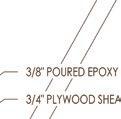
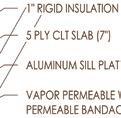
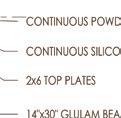

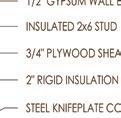
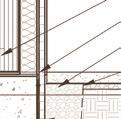
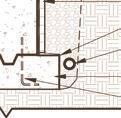


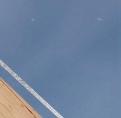




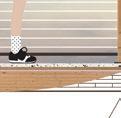
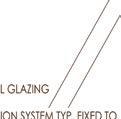


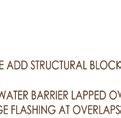
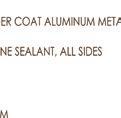



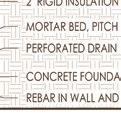

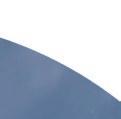

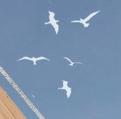
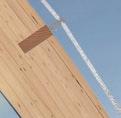
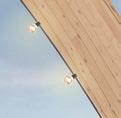
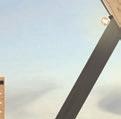
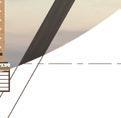
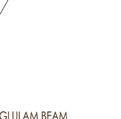
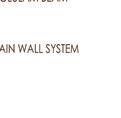

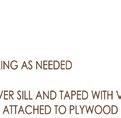
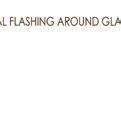

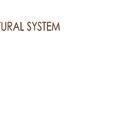
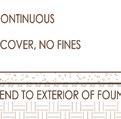




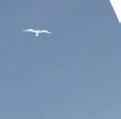

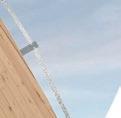
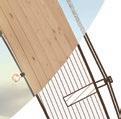
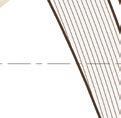








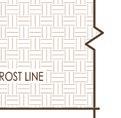




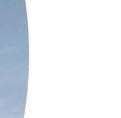


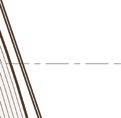

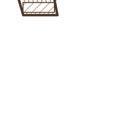







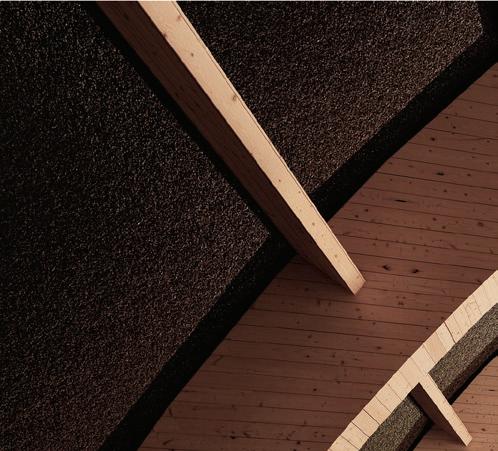
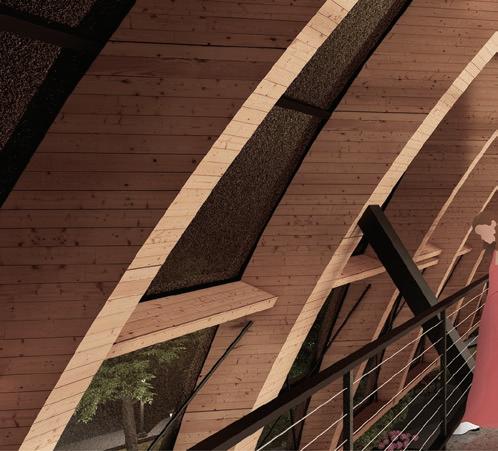


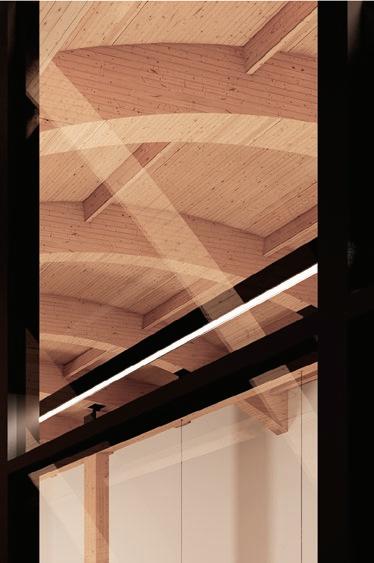
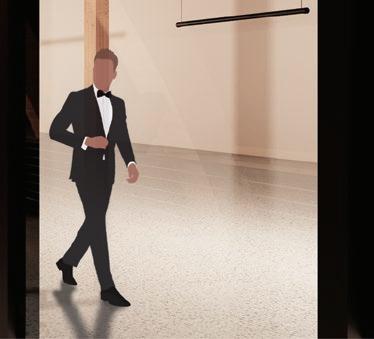


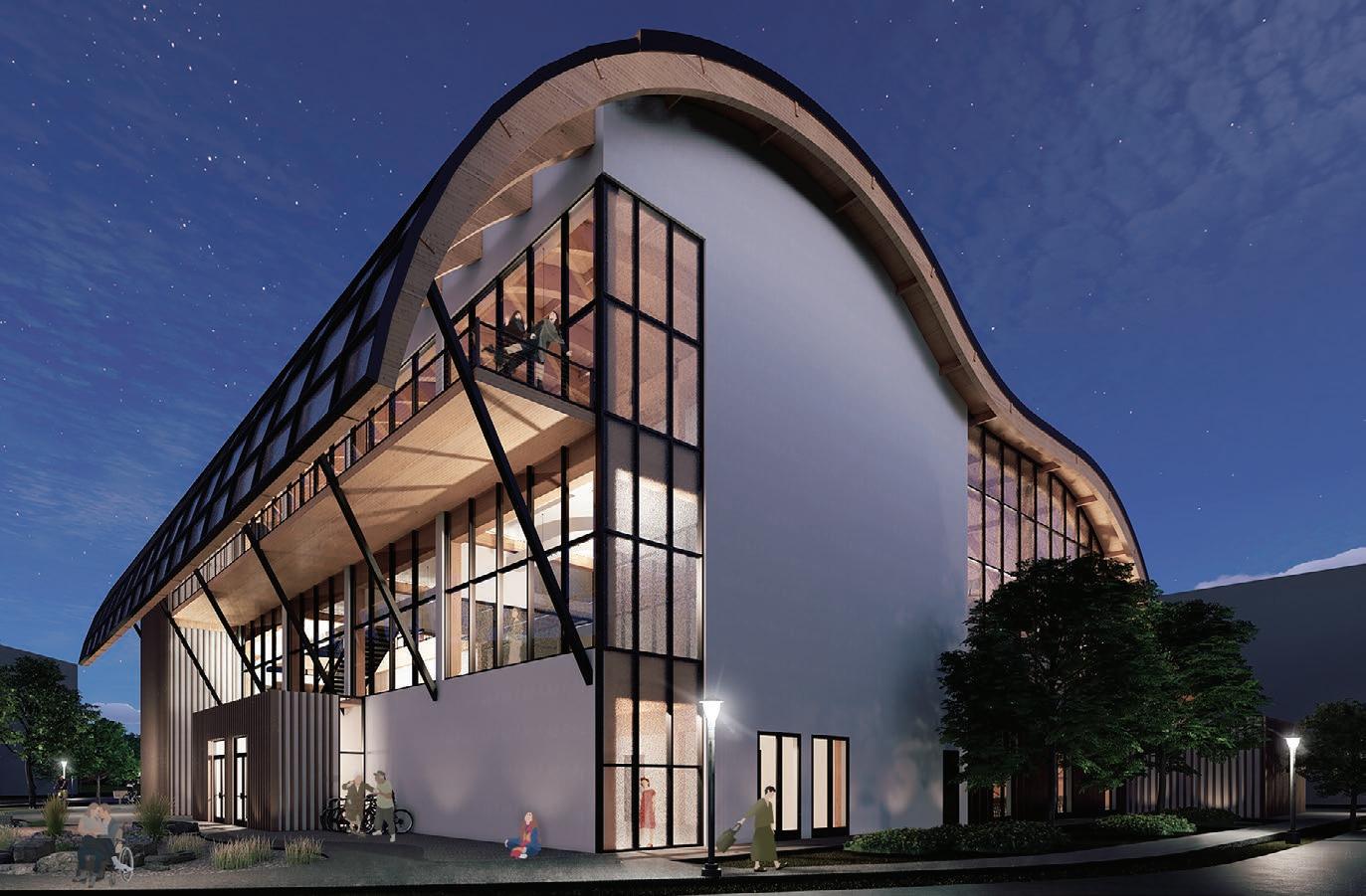 WALL SECTION (Left)
BALCONY RENDERING (Top Right)
WALL SECTION (Left)
BALCONY RENDERING (Top Right)







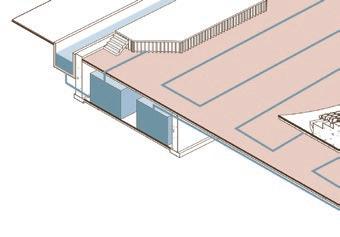
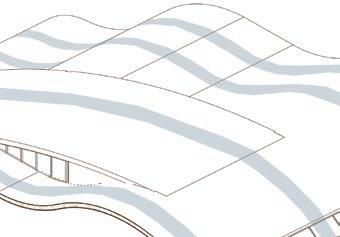



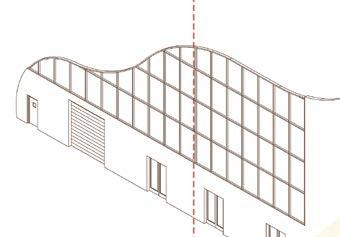
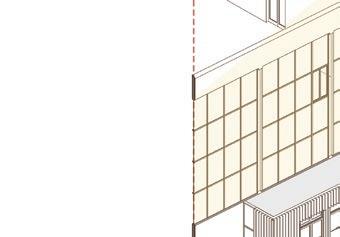

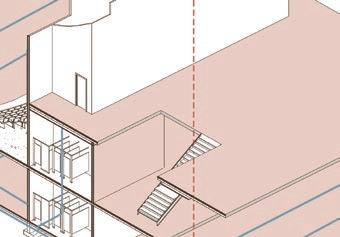

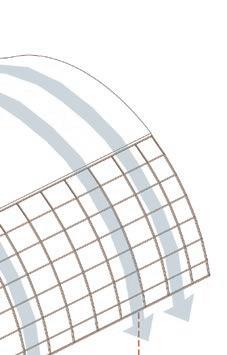
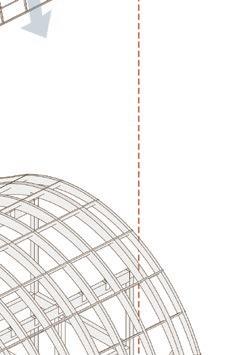

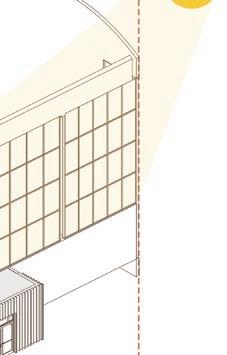
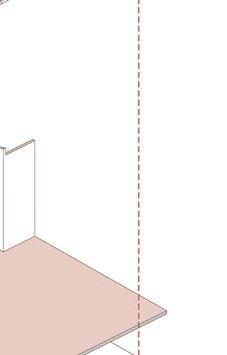
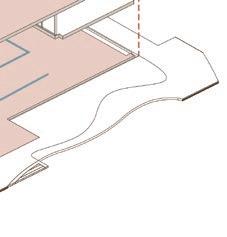
The Living Building Challenge is a green building certification program that goes beyond traditional sustainability standards. It was developed to promote regenerative design principles and create buildings that contribute positively to their surroundings. It is comprised of seven sustainable ‘petals’ which buildings are required to consider.















Storm-water runoff will flow off either end of roof where it will be collected in a cistern, or directed into a rain garden filled with plants native to MA.

Entire building is made of sustainable mass timber framing. With glulam posts and beams, and CLT floor slabs.

Large spans of glazing on the west provide visitors with views of the park. In addition, accordion doors on this facade provide a direct connection to nature.




Large portions of the curtain wall are to contain photovoltaic glazing which produces energy as it absorbs sunlight.

Storm-water that runs off the back of the roof will be collected in a basin that directs it to large cisterns below grade. This water will be used for radiant heating/cooling.

All floors of this building feature open, flexible space for events, studying, & socializing. It will be open to the public year round so people from any demographic in the area can interact in a safe space, regardless of background.

The curving roof form, use of clear and frosted glazing, and lantern-like appearance at night makes the building become almost a sculptural piece. It becomes a sort of monument responding to the nearby art museums.
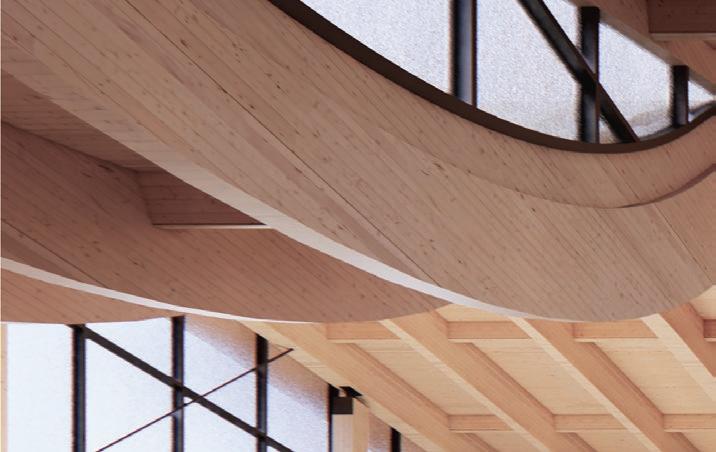
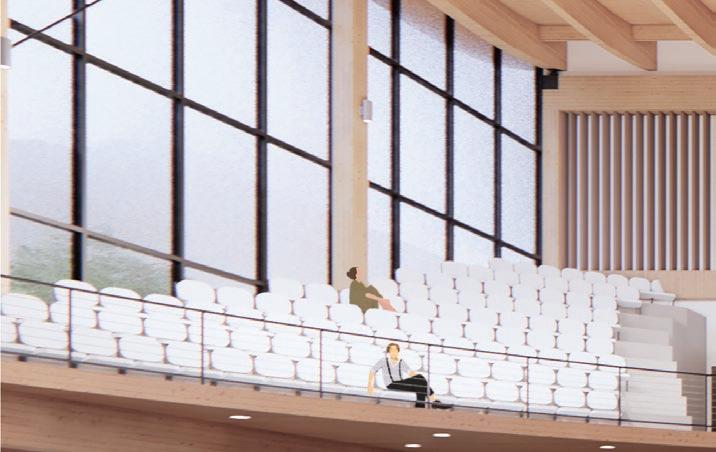
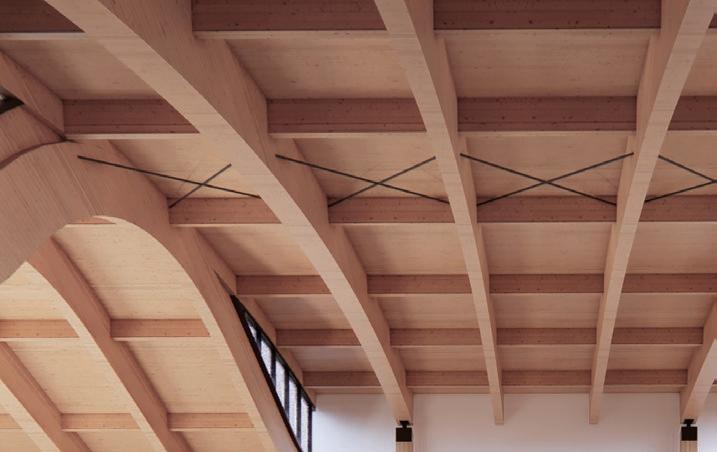


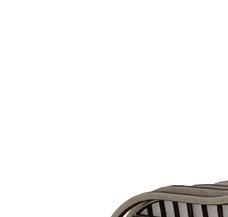
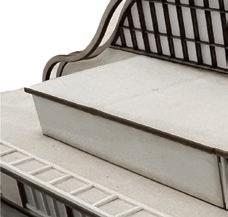
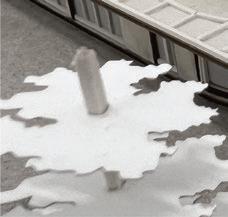

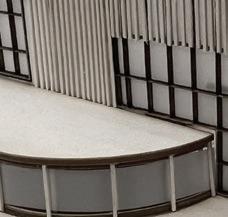
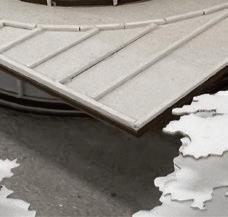
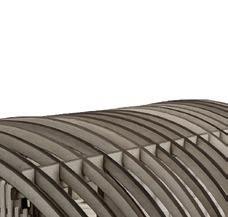
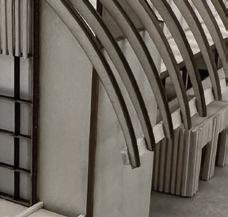


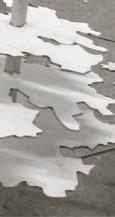
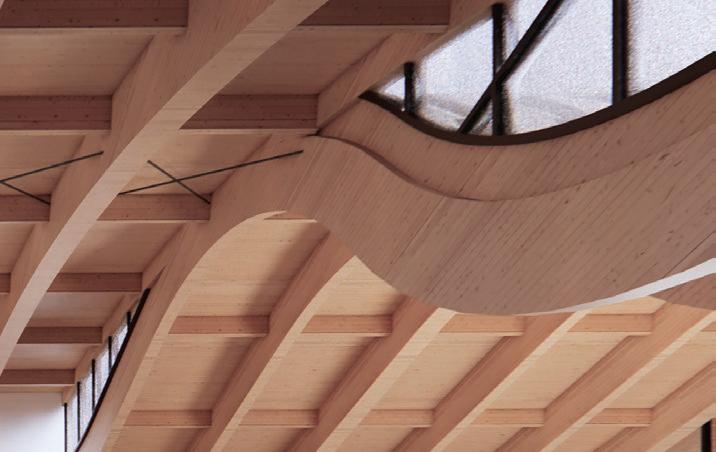

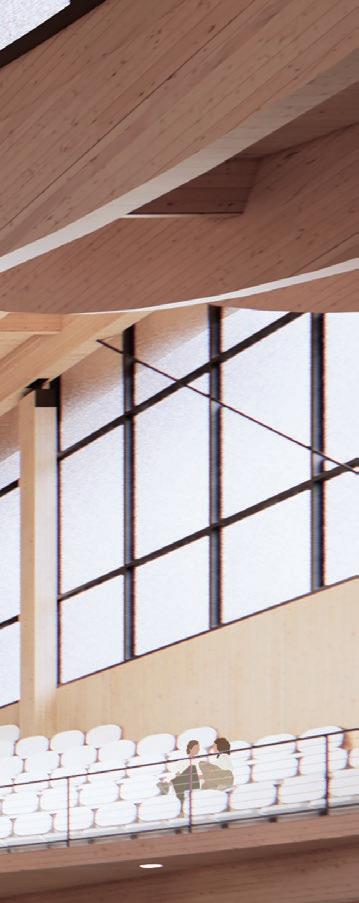


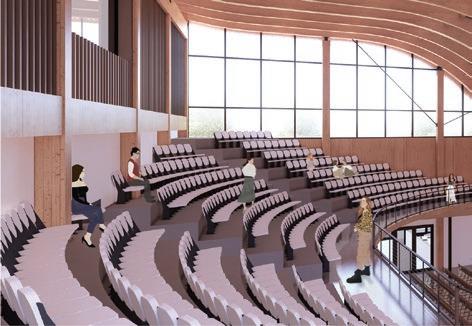


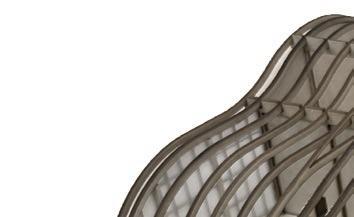
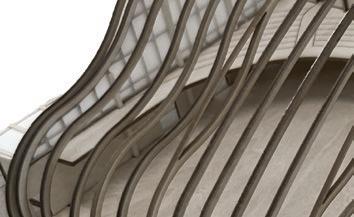
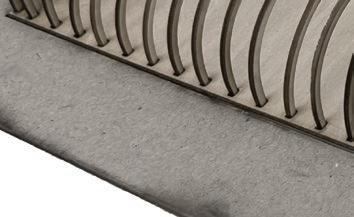
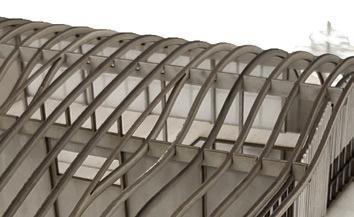
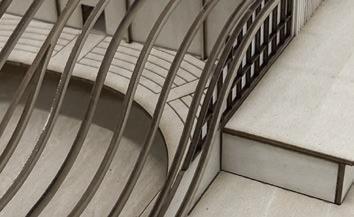
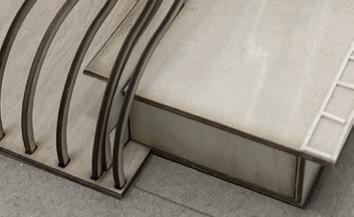
 VIEW OF AUDITORIUM FROM STAGE
BUILDING MODEL (Front)
BUILDING MODEL (Rear)
VIEW OF AUDITORIUM FROM STAGE
BUILDING MODEL (Front)
BUILDING MODEL (Rear)

Boston, MA | 2023-2024 | Massachusetts College of Art and Design | Graduate Thesis
This thesis explores architectural interventions which reintroduce play into adulthood as a means to improve mental health, and encourage having fun as an important use of time for people of all ages.
The primary method of accomplishing this goal is through the construction of a Snack Hall. Through the incorporation of lights, colors, and opportunities for movement and exploration, the snack hall becomes a place to play and meet other like-minded playful adults, as well as a way to meet a person’s need for sustenance. In addition, A Path to Play presents the use of winding paths as a method to encourage wandering and incorporate moments of fun into one’s daily commute.
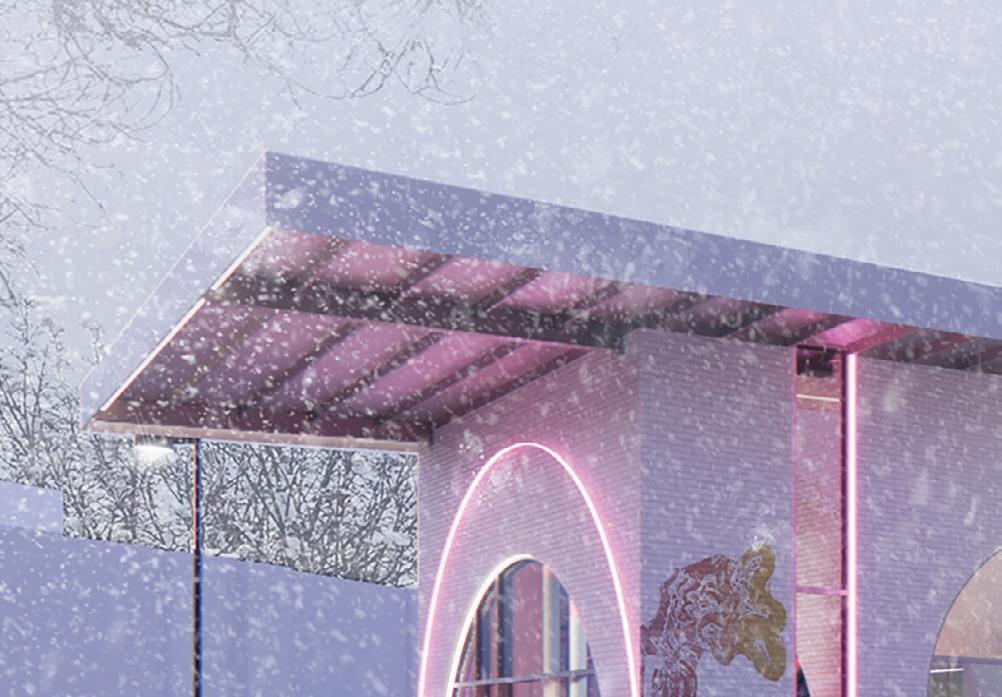


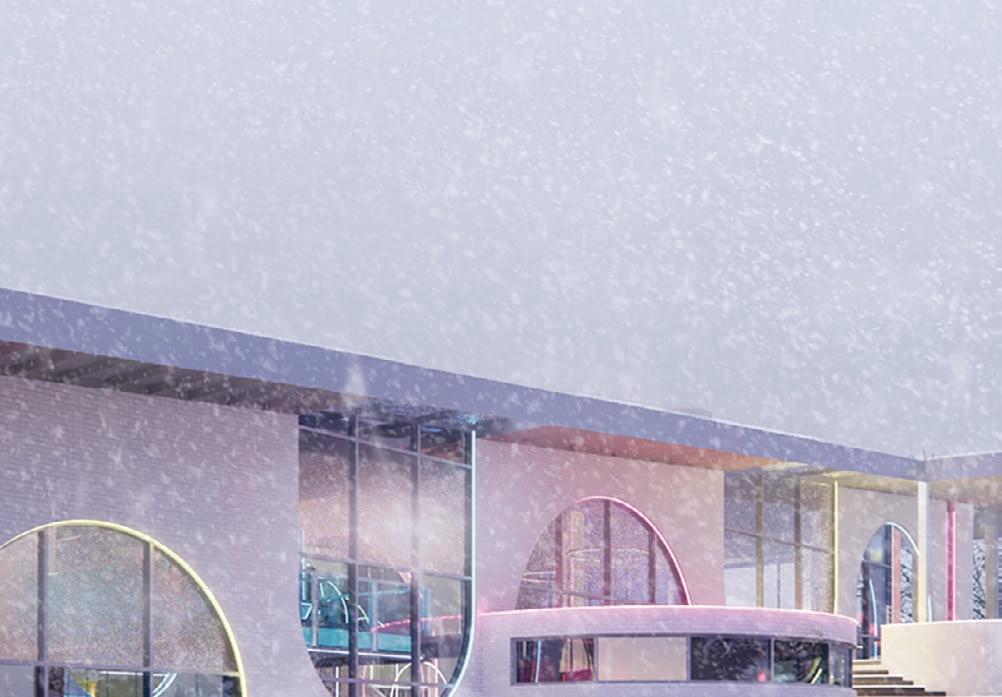
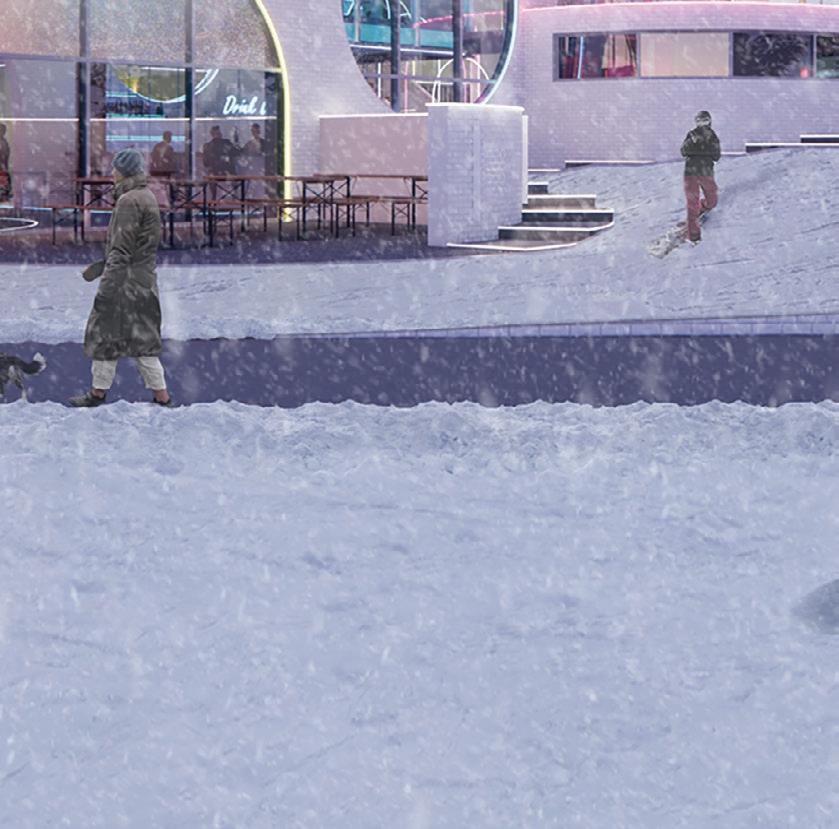

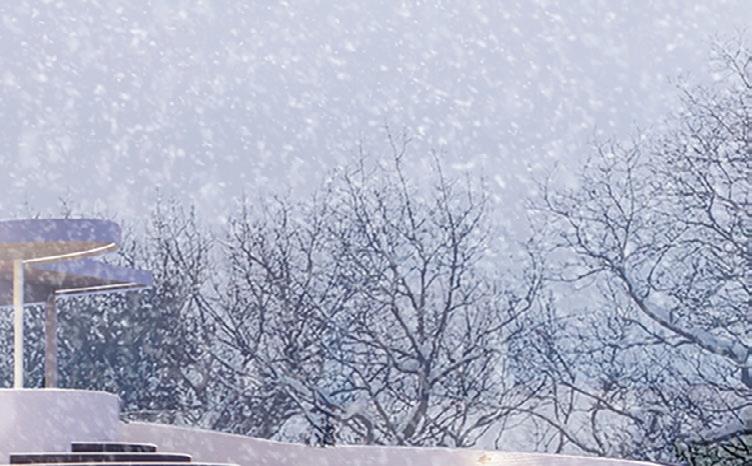


Designed with the concept of wandering in mind, the floor plans of the Snack Hall unfold on two levels. There is a great deal of vertical open space connecting the two levels which allows the first and second floor to feel more continuous, and encourages patrons to further explore the building. The floor 1 food stalls are scattered throughout the room , encouraging visitors to wander around to see all of the offerings. Prominent entry-points on both ends of the building encourage the flow of movement and turns the Snack Hall into a transient space that can be as much a part of a commute as it is a destination.


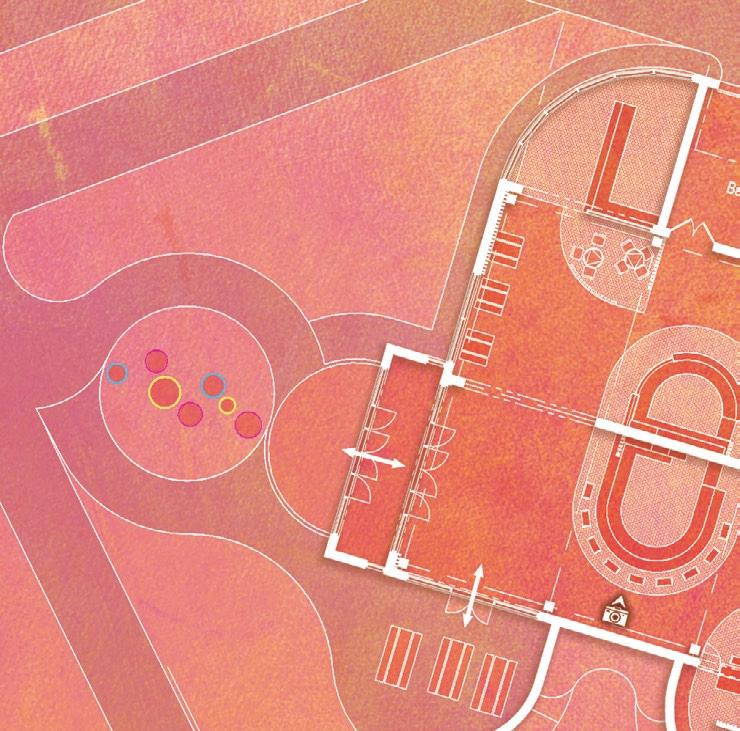


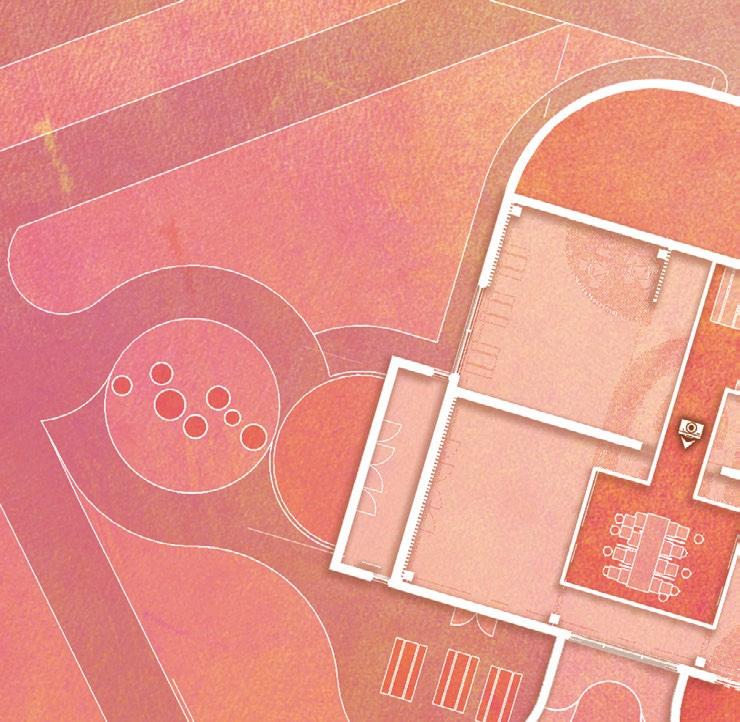
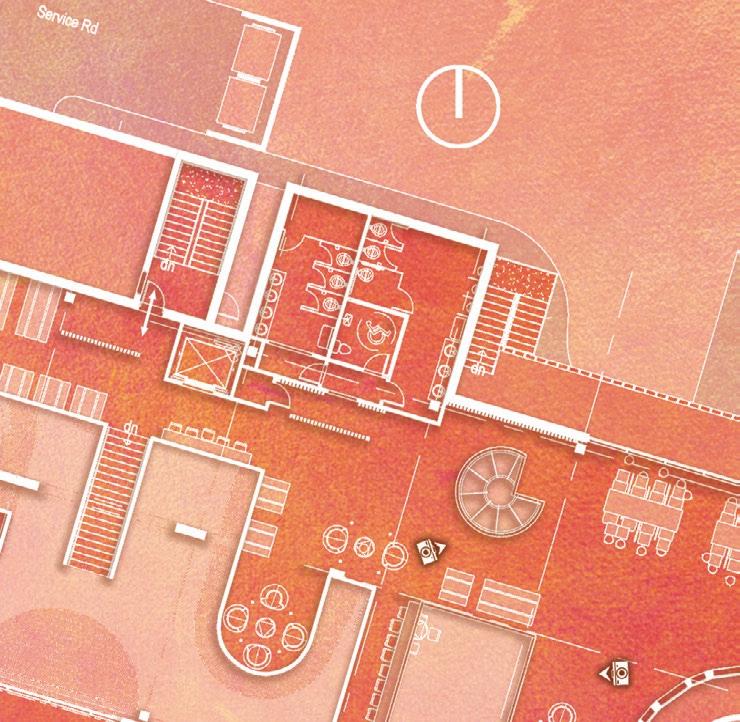


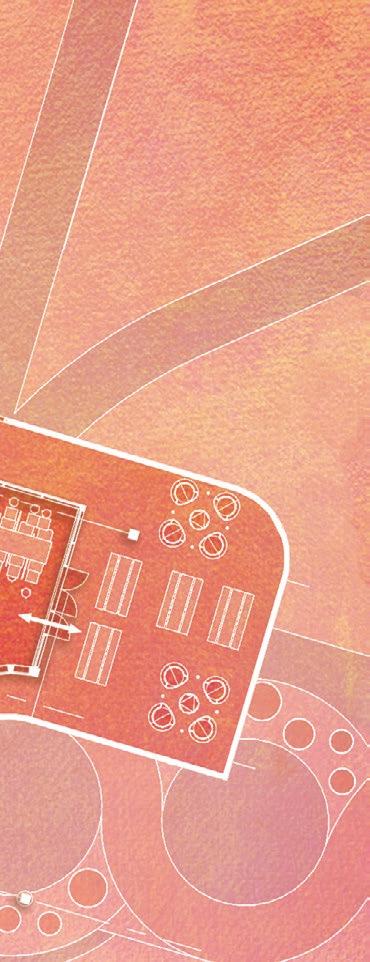
The Snack Hall is located within the Back Bay Fens on a roughly 70k ft2 clearing. It is surrounded by wellestablished walking paths, and other recreational programming, making it an ideal setting for a playful intervention. The park is walking distance from public transportation and easily accessed by locals and tourists alike who come to the area to attend one of the five Colleges of the Fenway, visit one of several museums, or to catch a game at nearby Fenway Park.

EXISTING SITE CONTEXT MAP
CONTEXT MAP KEY
A: PROPOSED SITE
B: MUSEUM OF FINE ARTS
C: NORTHEASTERN UNIVERSITY
D: WENTWORTH UNIVERSITY
E: MASS. COLLEGE OF ART & DESIGN
F: ISABELLA STEWART GARDNER MUSEUM
G: MASS. COLLEGE OF PHARMACY & HEALTH SCIENCES
H: SIMMONS UNIVERSITY
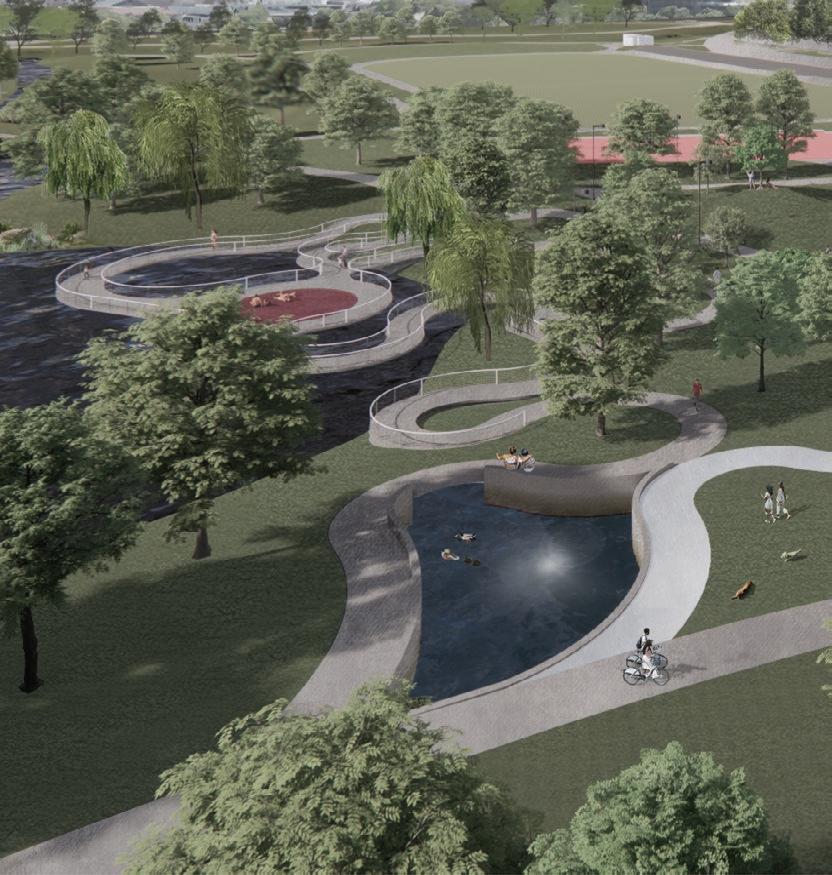
DAYTIME RENDERING OF PROPOSED SITE
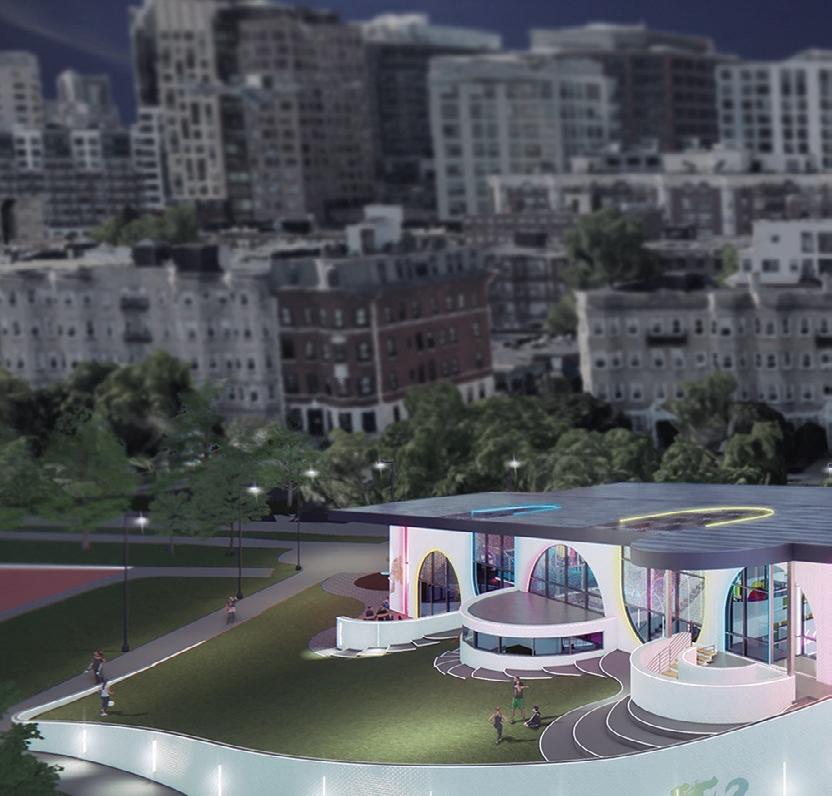






The Snack Hall’s orientation, with longer facades facing North and South, minimizes unpredictable sunlight and maximizes natural light. This layout complements its surroundings: the cantilevered patio offers views of the Boston skyline to the North-East, while the proposed hill on the South wall overlooks the basketball courts and sports field. Integrated paths ensure efficient commuting and enhance overall experience. A winding path through trees and over the Muddy River invites relaxation. Playful walkways leading to the Snack Hall offer varied activities and delineate spaces with planting beds, pavement, and a shallow reflecting pond.
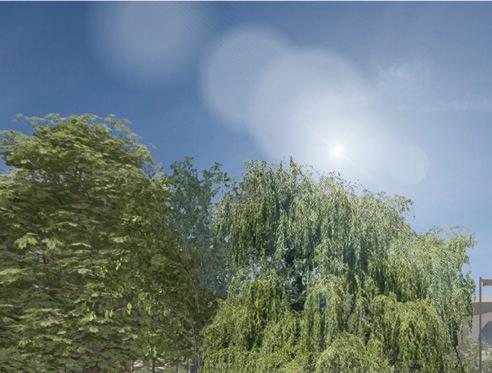
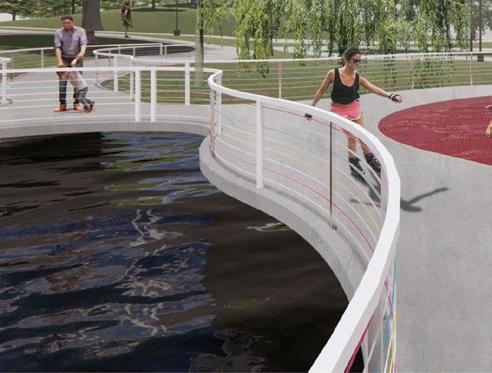
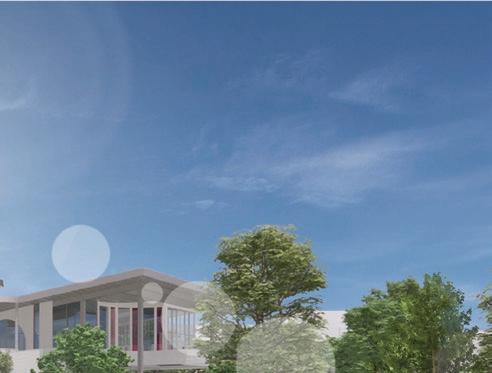
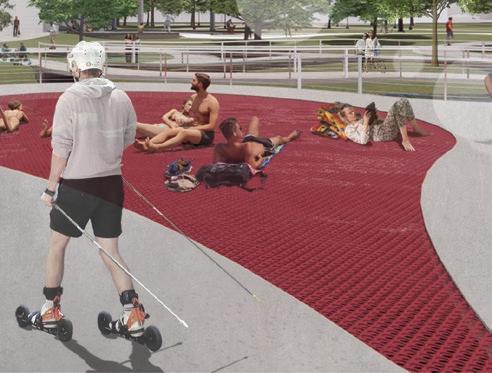

PATH RENDERING (Above): A daytime view of the portion of the path which sits over the river. The pink area between the paths is a netted lounging surface.
PROPOSED SITE PLAN (Left): The building footprint in relation to the new and existing paths, and the spaces created between them.


The use of both playful curves and rectilinear geometry represent a merging of the feelings of childhood and adulthood. Reconciling curves with a more rigid structural system was achieved through the use of arches which create spaces, direct activity, and become a pattern throughout the building in elevation, section, and plan. They serve as a gateway, a structural element, and a way to establish continuity between the exterior and interior circulation. They are bordered by the same colored LED strips that are used throughout the project.
























































A robust color theme of magenta, cyan, and yellow underpins the entire project. These colors represent a matured interpretation of the classic primary color scheme typically associated with childhood. Concrete and steel serve as the materials for the structural and floor systems while white-washed brick extends across the exterior walls and throughout the interior, providing a blank canvas which can be painted on by artists or adorned with brightly colored lights.
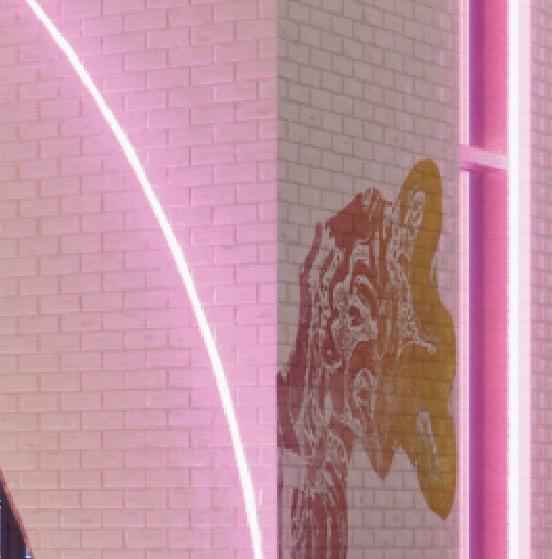



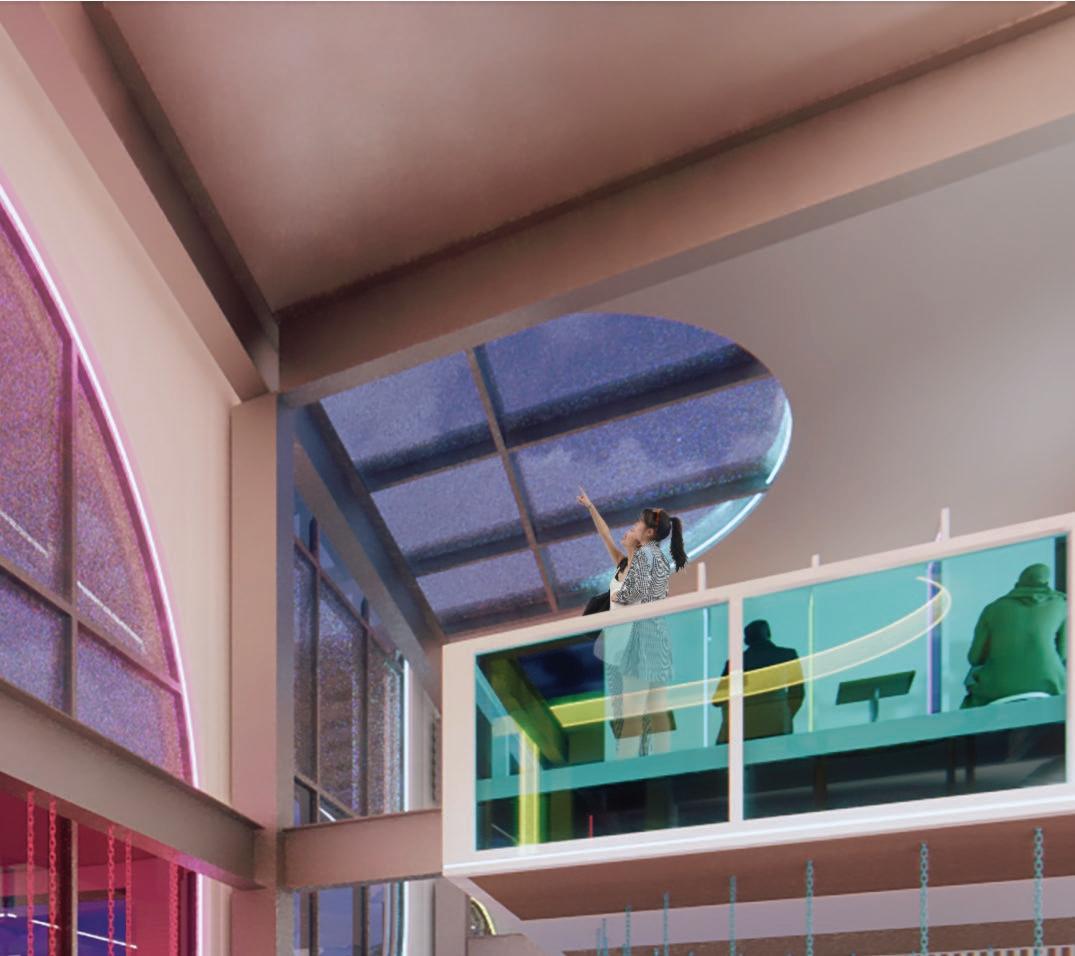

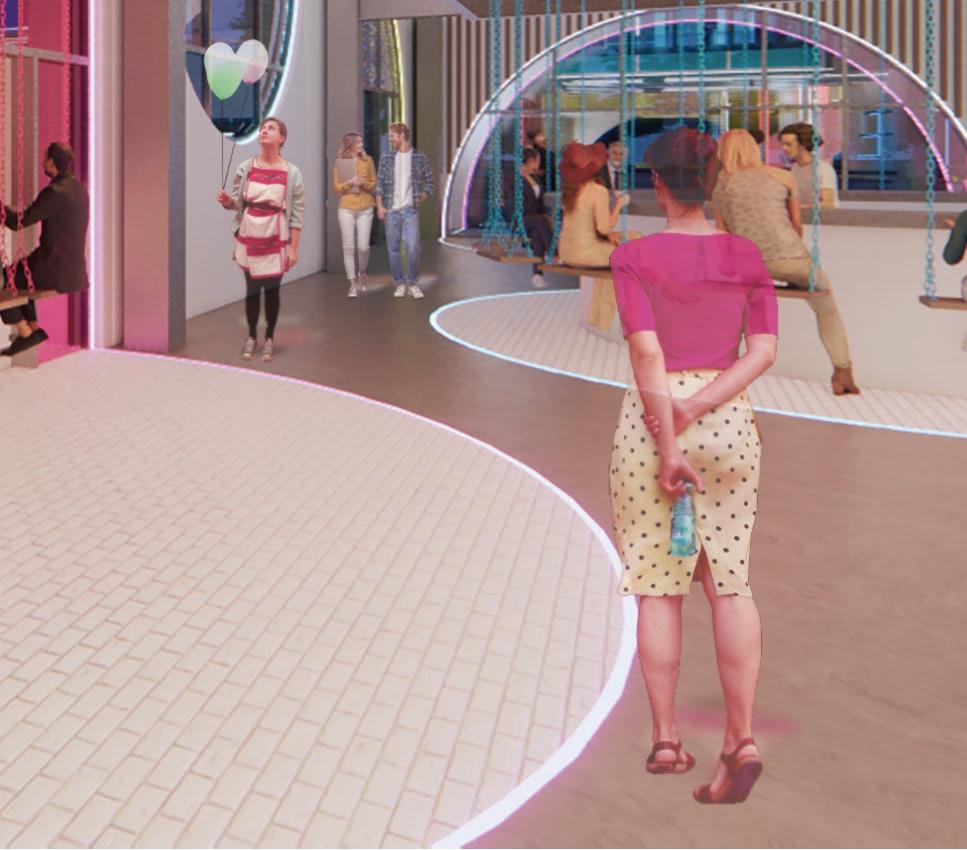
These interior renderings show several examples of a food vendor space within the snack hall. Each individual space is assigned a theme of yellow, magenta, or cyan, which is used to help distinguish vendor areas while keeping the floor plan open. Additionally a brick flooring is used to differentiate between circulation and vendor space.
Interior Render A is an example of a vendor space that is set into the exterior wall of the Snack Hall, with enough space for a small kitchen that is concealed from view by a partition wall.
Interior Render B is an example of a slightly smaller space intended to be used as a bar or coffee stall which is found in the center of the first floor plan and is used as a way to influence the circulation path around it. Both of this stall and the one shown in Render A provide barstyle seating in the form of swings.
Interior Render C is taken from the bottom of the primary staircase. This stair runs under a large arch in the interior bearing wall, and is covered by a series of LED arches which illuminate the journey upward. This view also shows how various elements in the plan intersect with these larger arches.
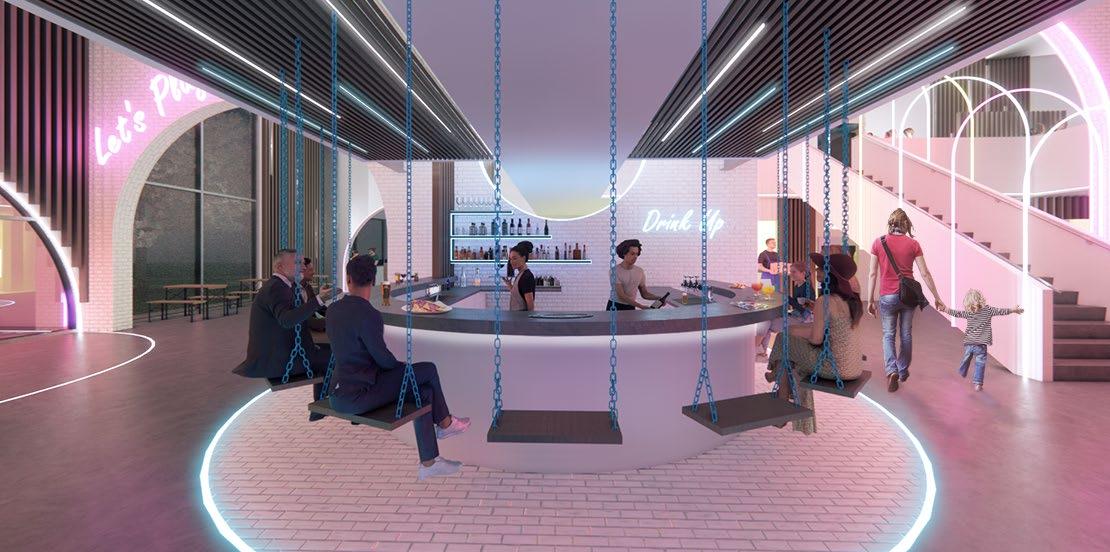
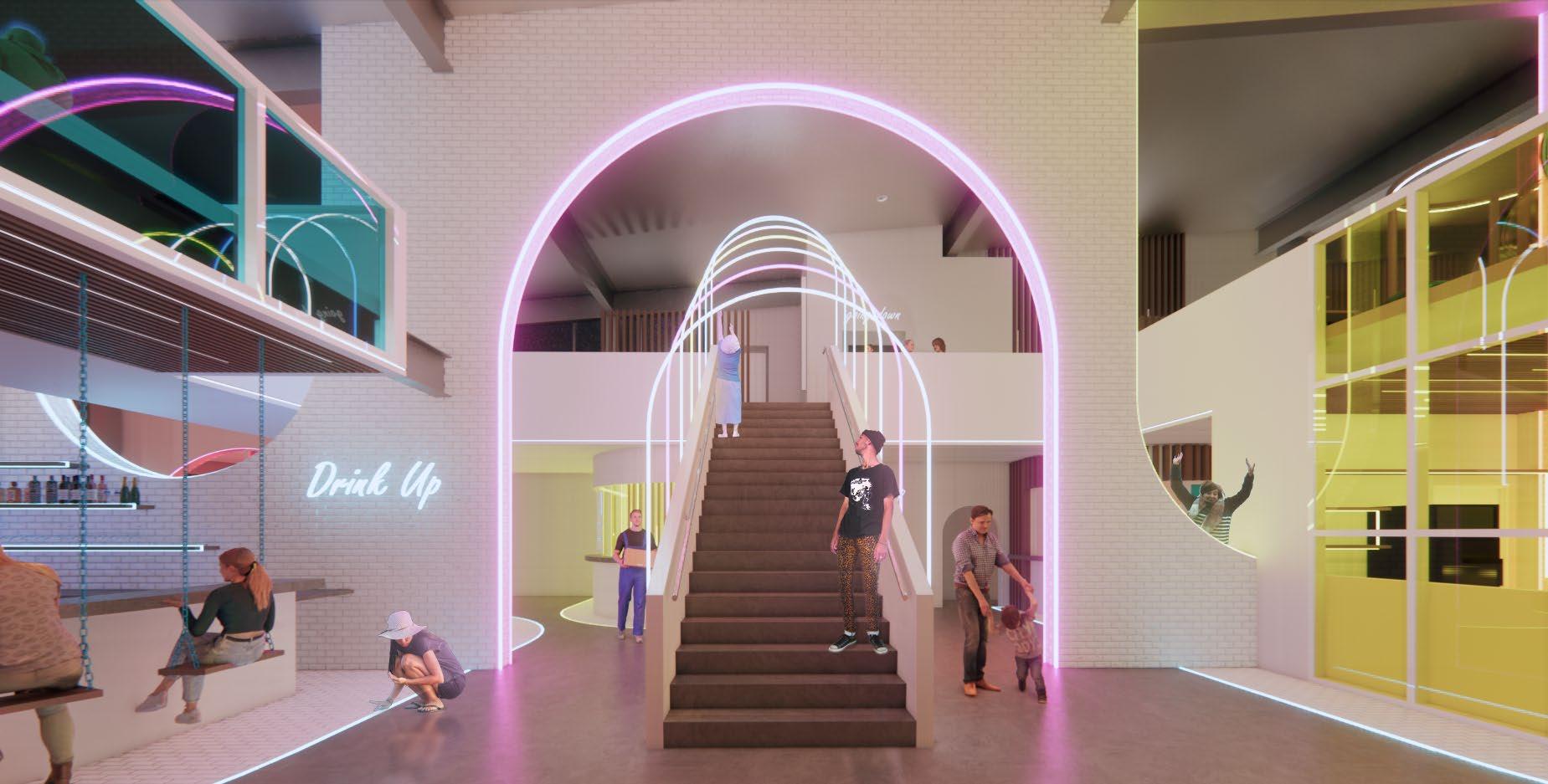



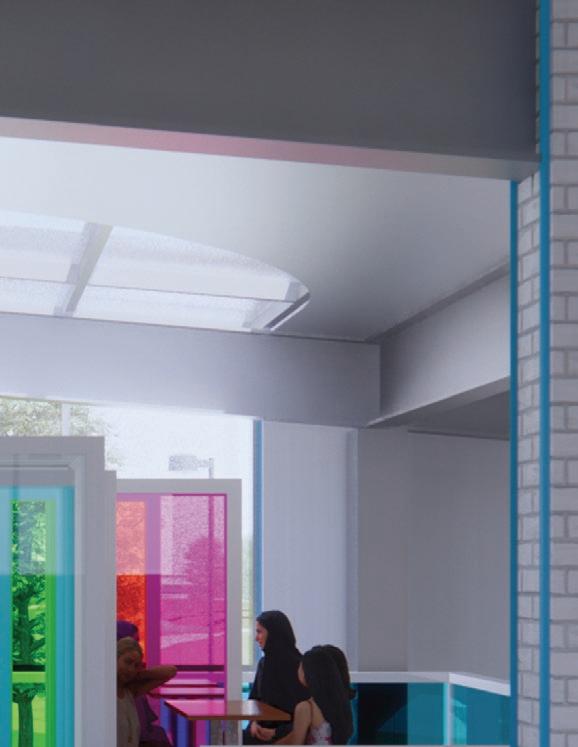
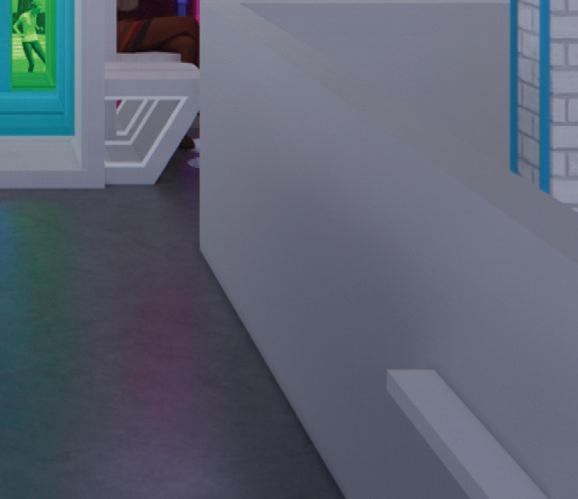
Interior Render D is taken from the East entryway and shows the wheelchair accessible ramp which rises 24” to the primary first floor height, as well as the slide which comes down from the second floor. This slide is enclosed by a series of colored LED arches. In the background a slatted wood wall covering can be seen. This condition can be found throughout the snack hall and matches the baffle ceilings that can be found within several snack stalls.
Interior Render E is an example of a custom interactive furniture piece in which colored glass panels can be pulled out to create a more intimate dining experience, or pushed in to create a larger, communal table (as shown in the plan diagrams below). The magenta, cyan, and yellow glazing panels overlap to create secondary colors which will color the space around them when the sun shines through.

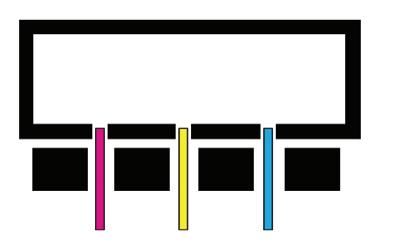
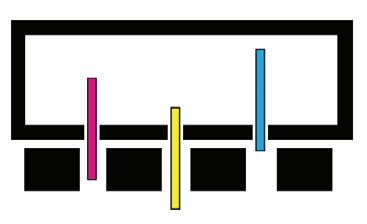 INTERIOR RENDER D | SLIDE
INTERIOR RENDER D | SLIDE
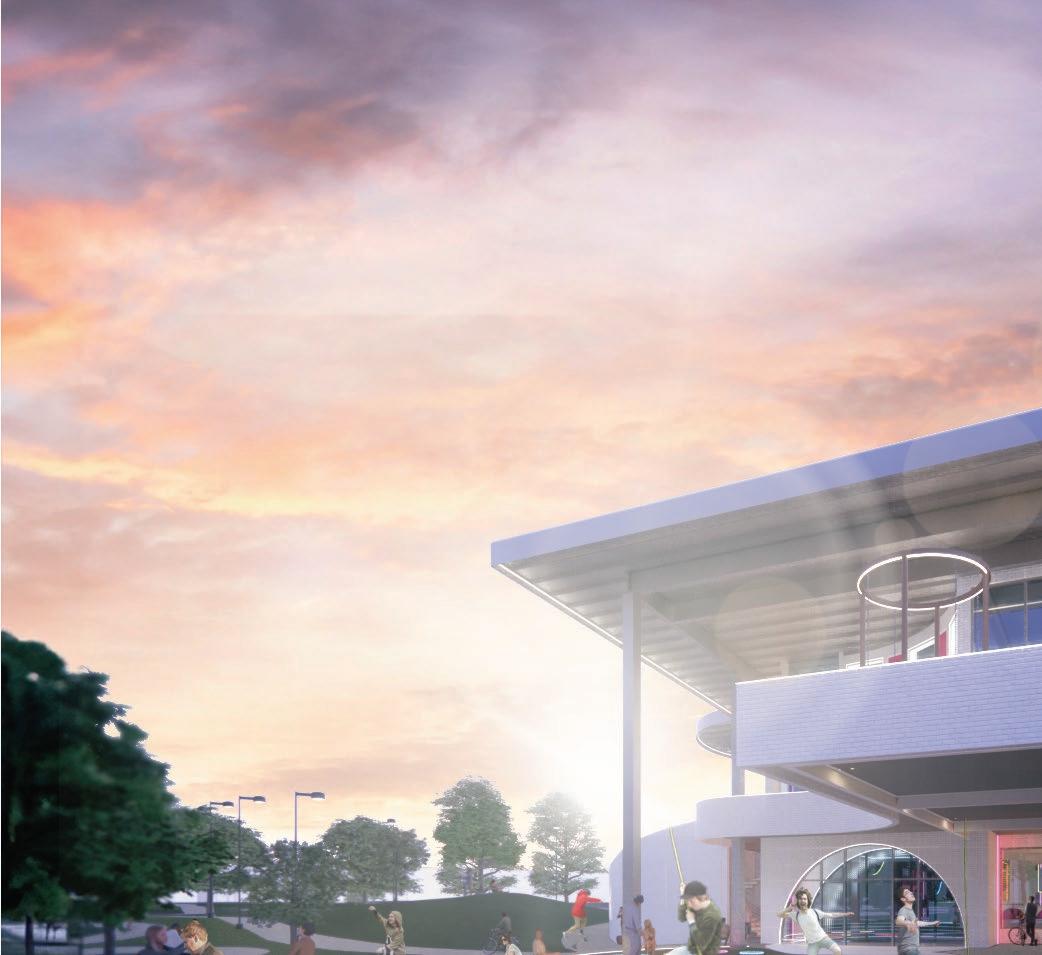

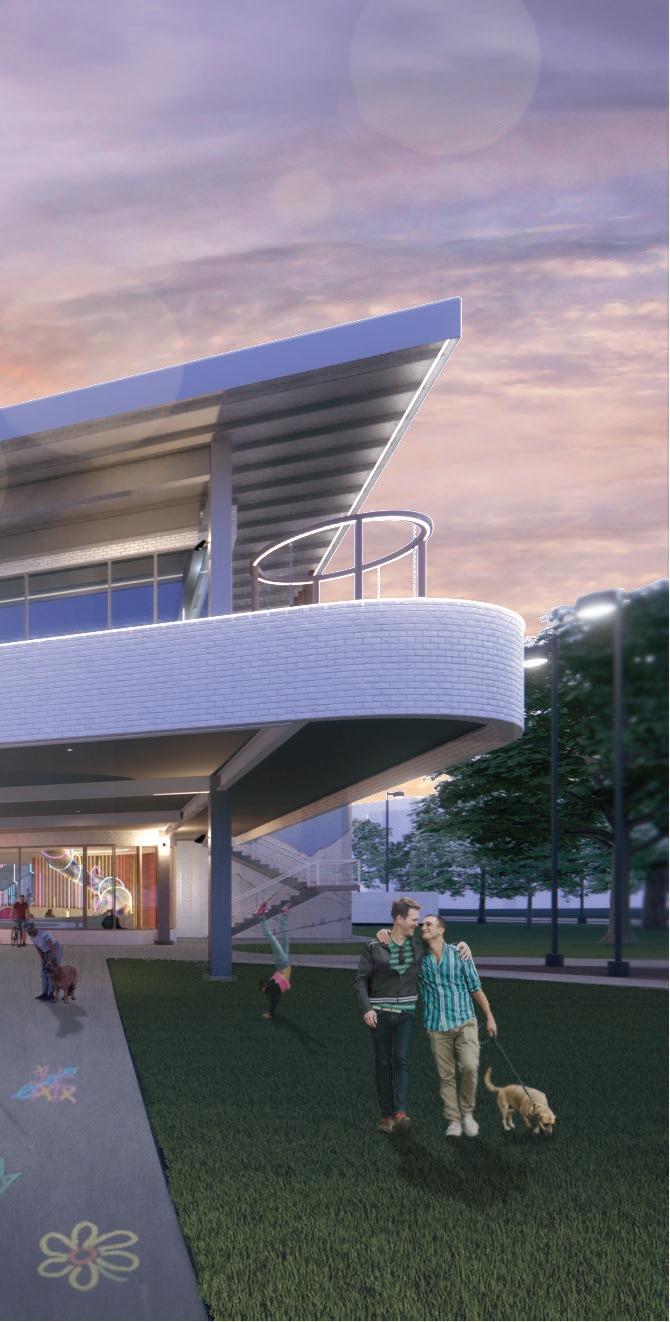

This project was a collaboration between MassArt’s M.Arch program and the City of Newton. Located in the bustling Cabot Park within close proximity to both a preschool and elementary school, the pavilion serves as a covered gathering space for performances, outdoor learning, or simply having a rest. My class led every part of the design and construction process which included multiple meetings with community members prior to permit approval. The butterfly design allows the two ends to feel open and welcoming to residents on both sides of the park, while the tall timber columns ensure sight-lines remain clear on all sides.
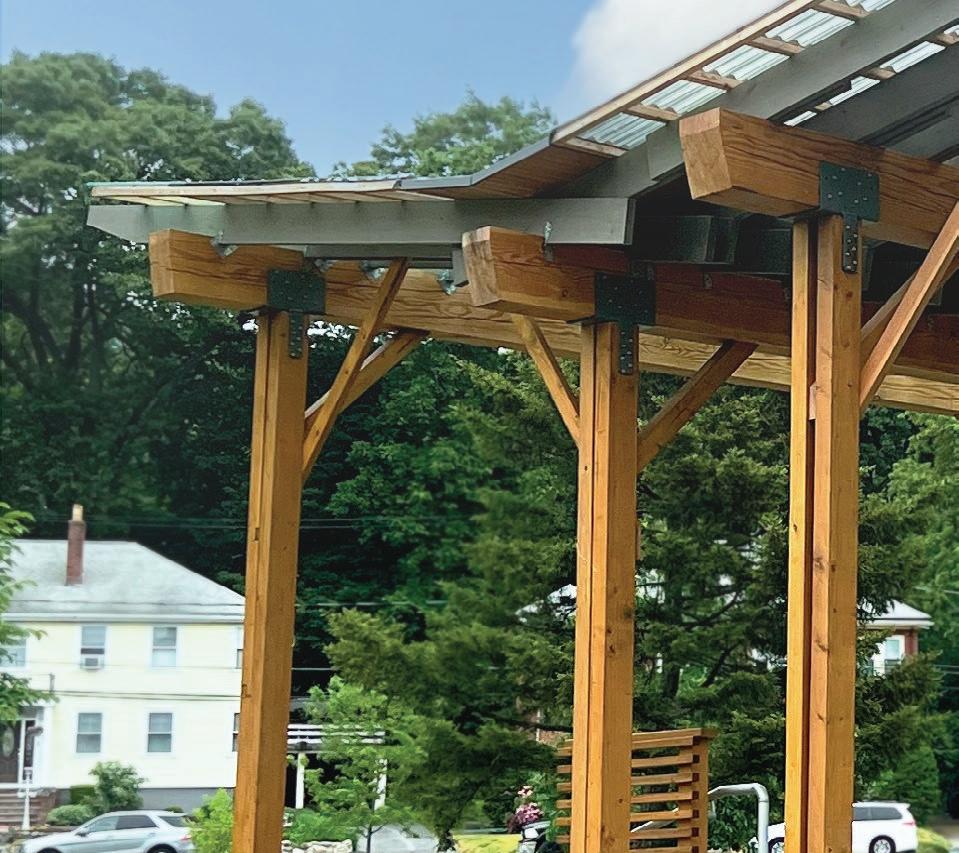

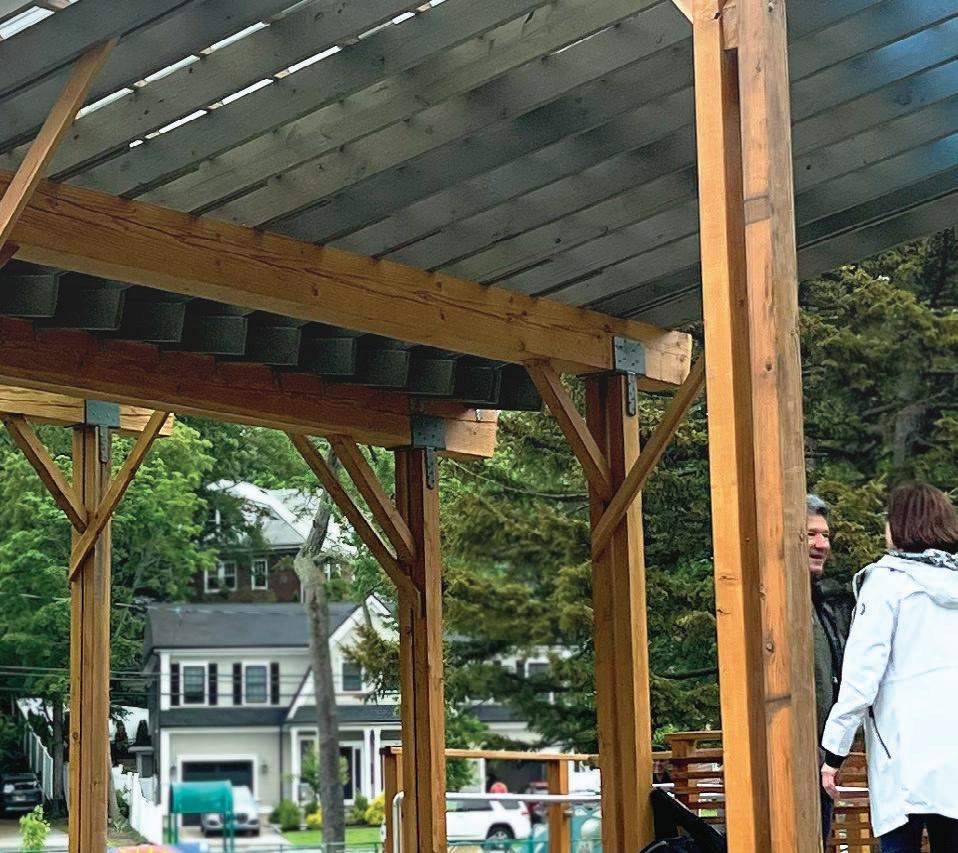

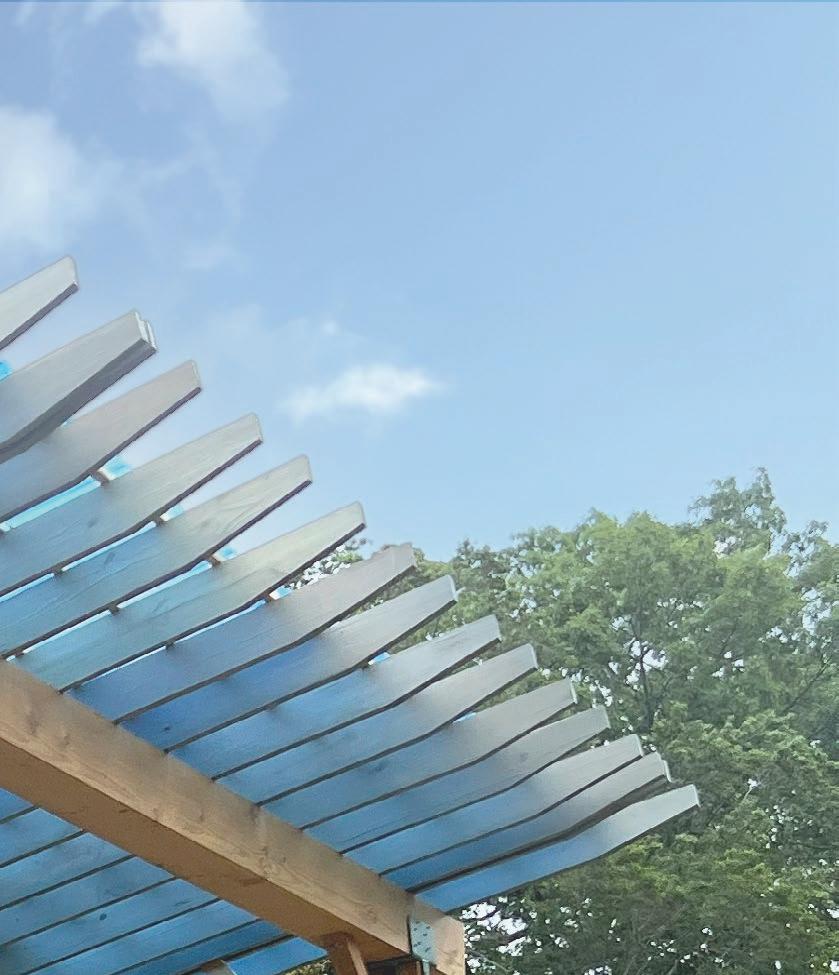

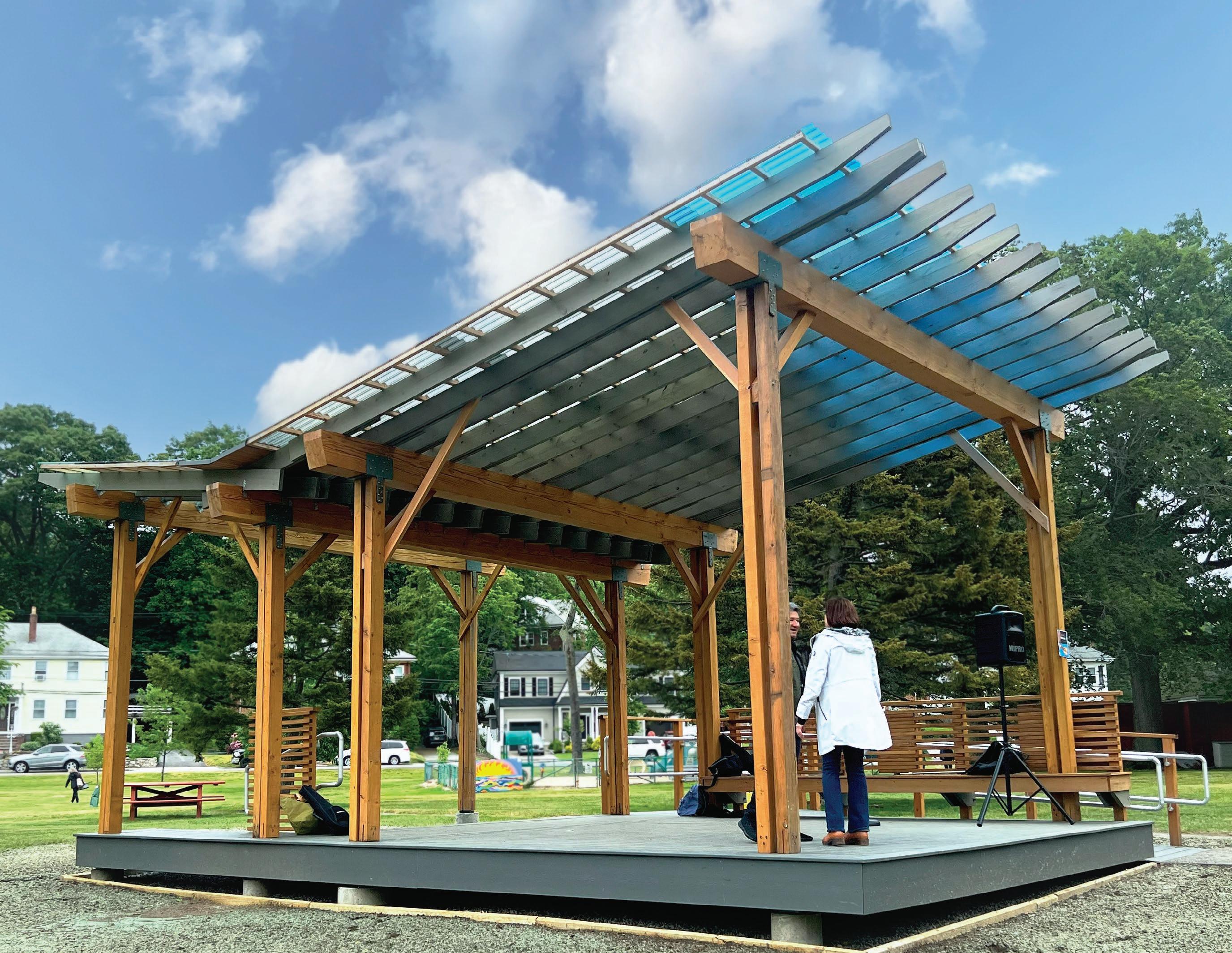
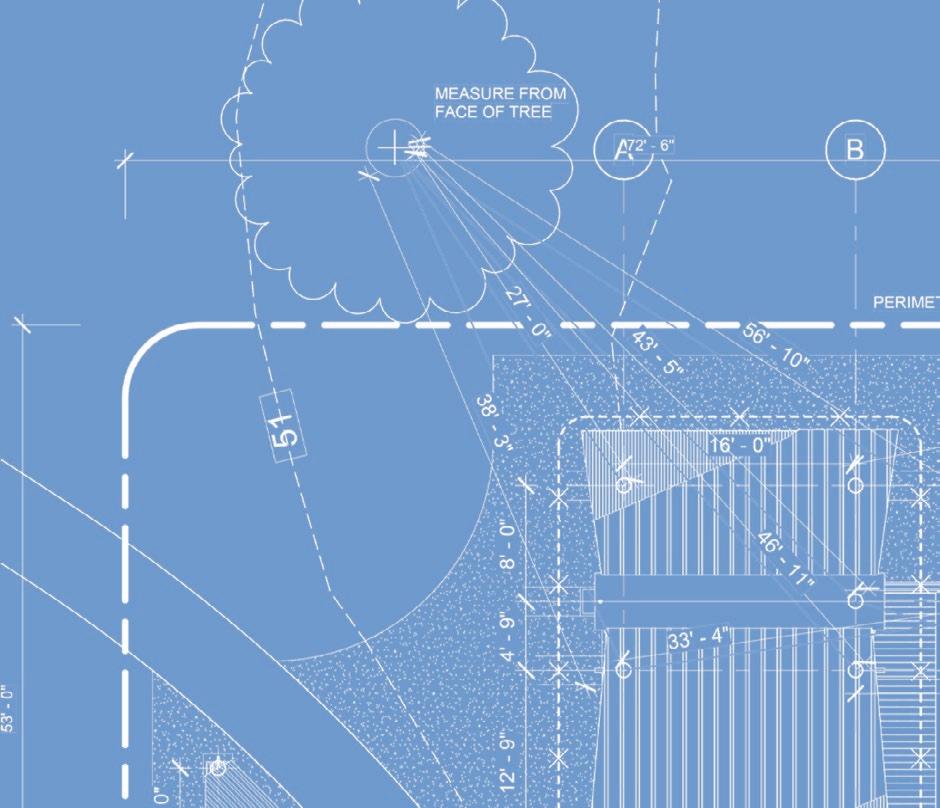




The pavilion stage itself has two distinct sections. On one end it serves as a performance stage, while on the other the wide steps and extended bench create an outdoor classroom.
In addition to the main pavilion, we created what we call the “gateway bench” on the other side of the walking path. This not only provides a moment of respite for visitors, but also extends the reach of the project and further integrates the design into its surroundings.















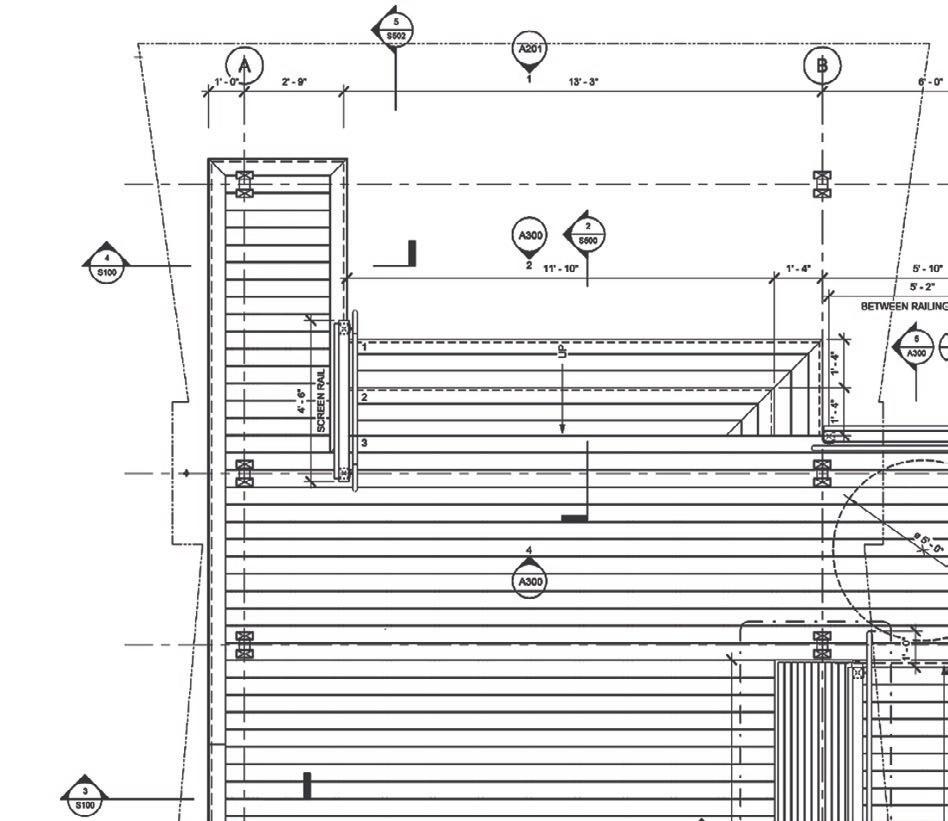




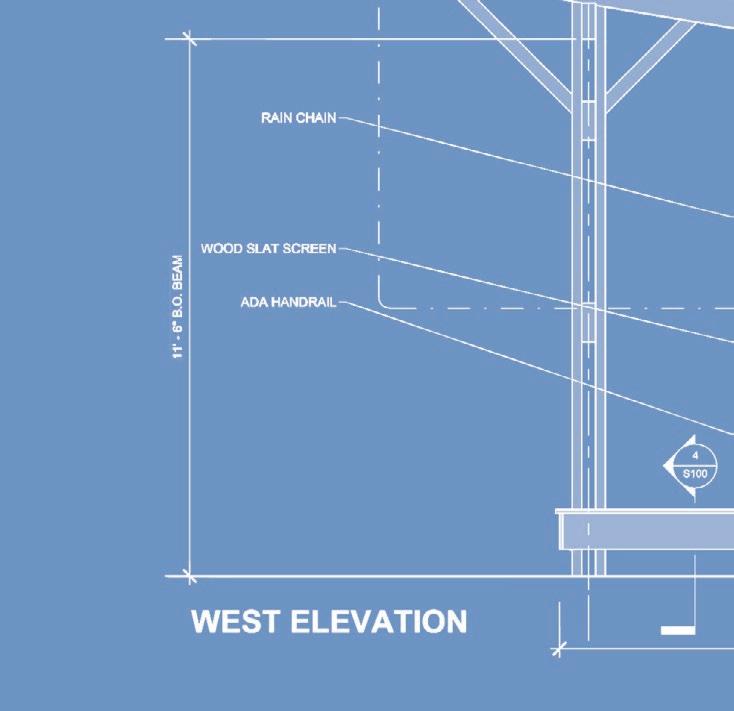
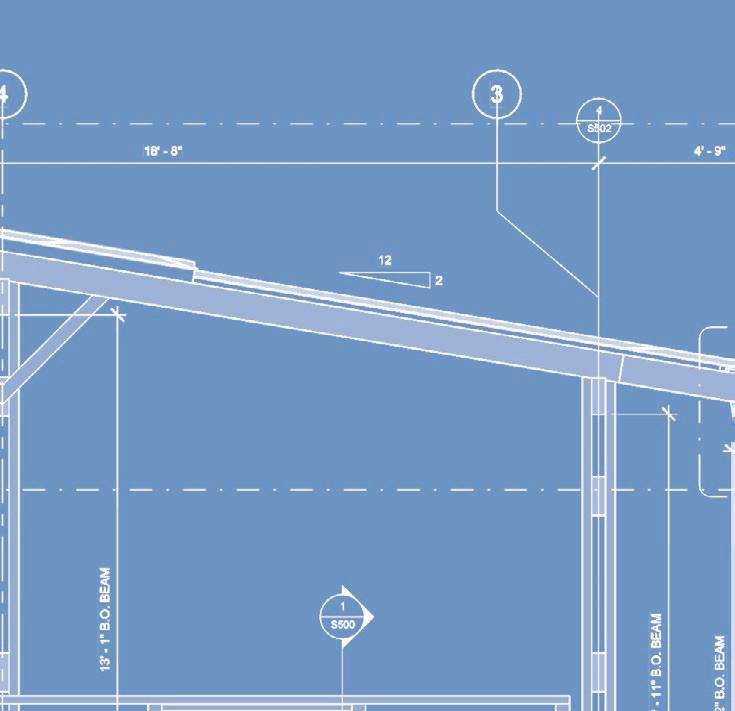
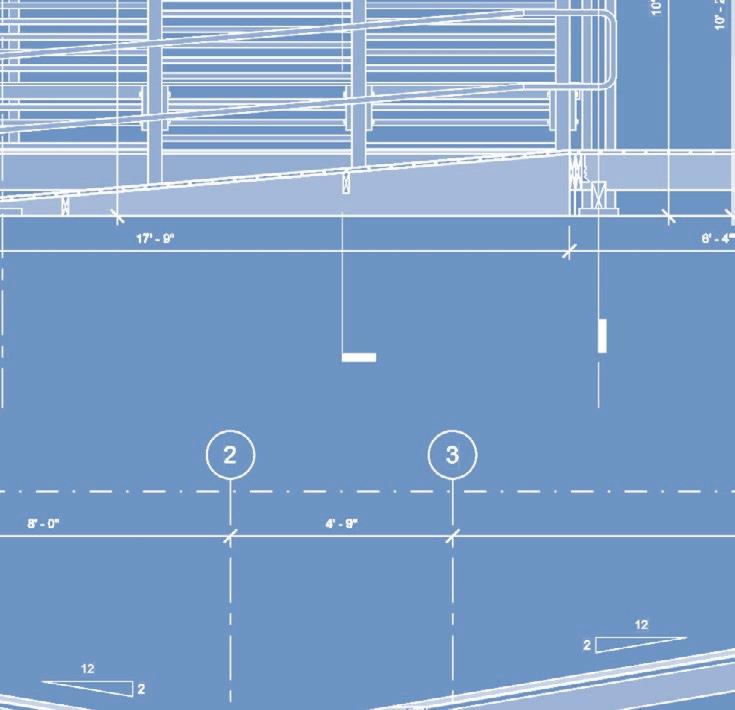



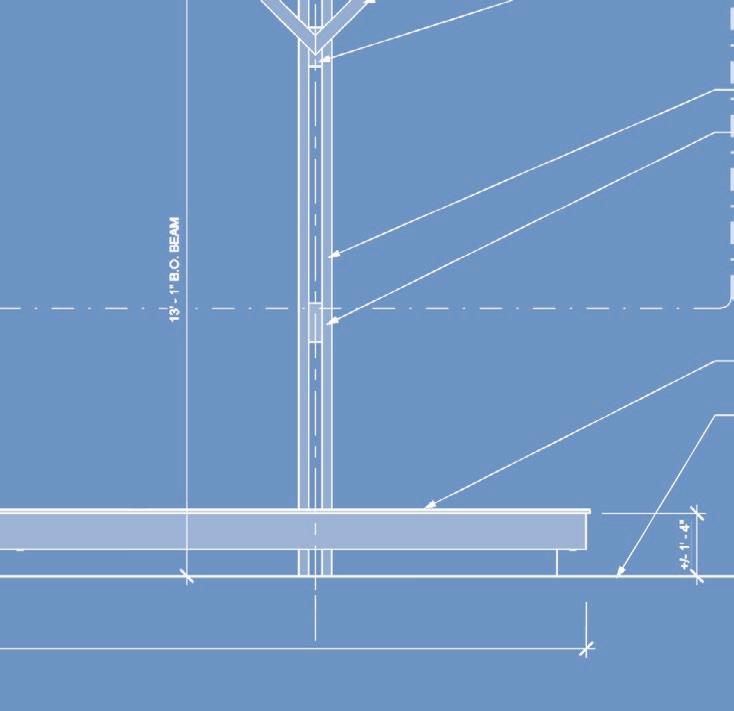
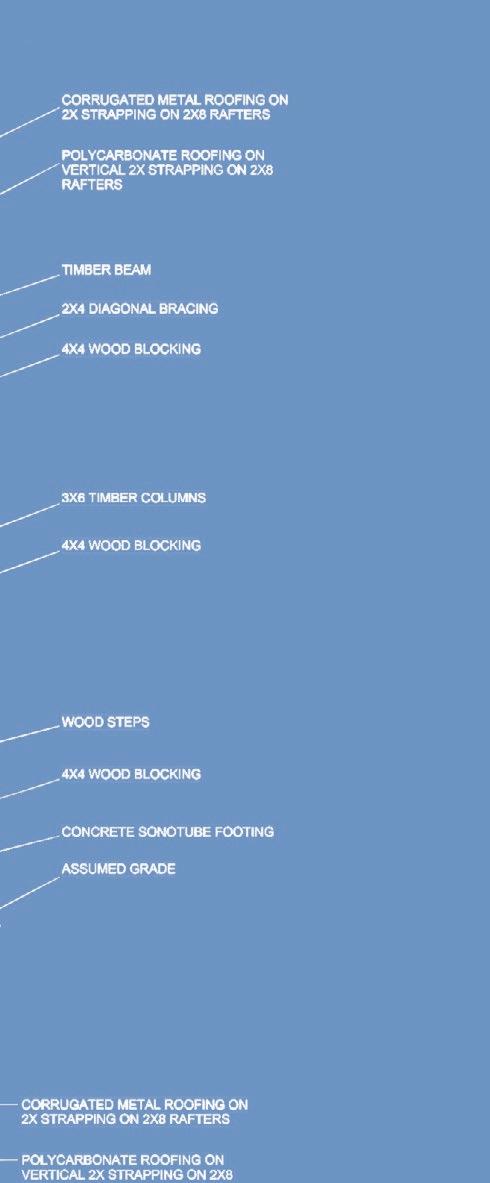
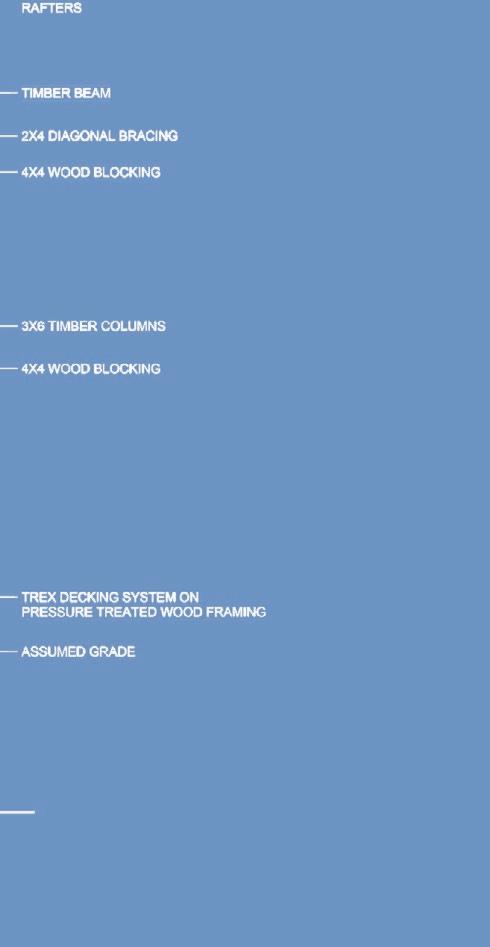
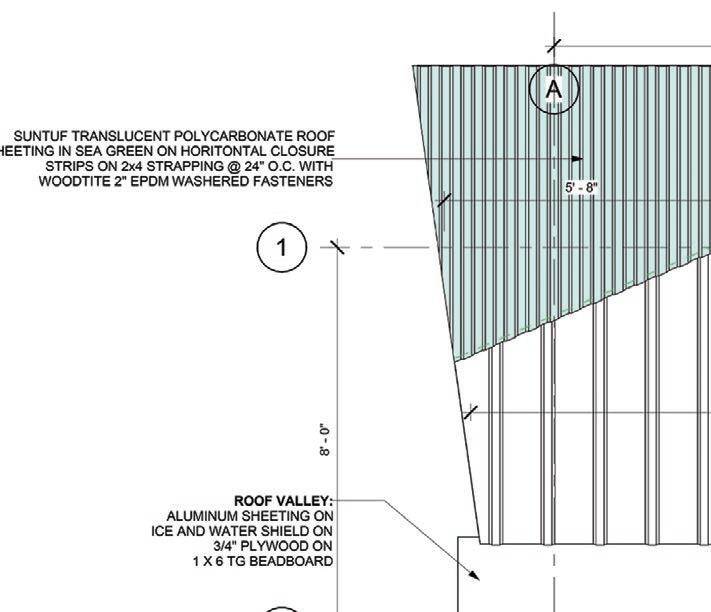
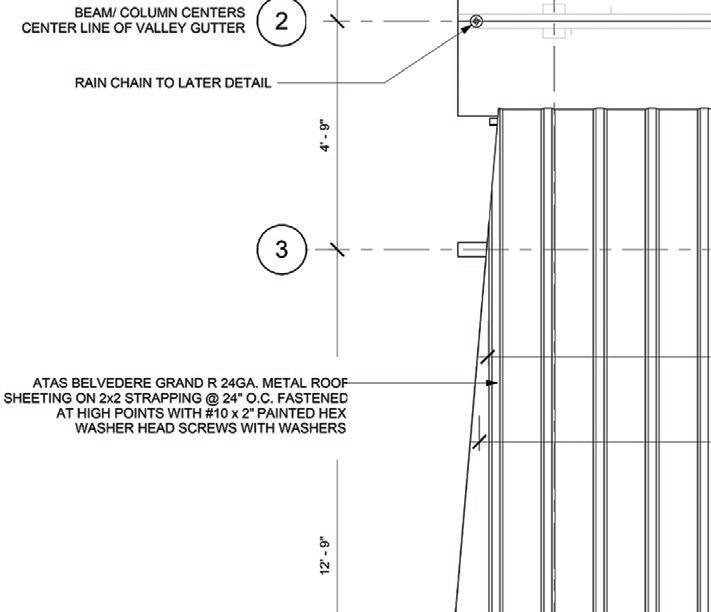
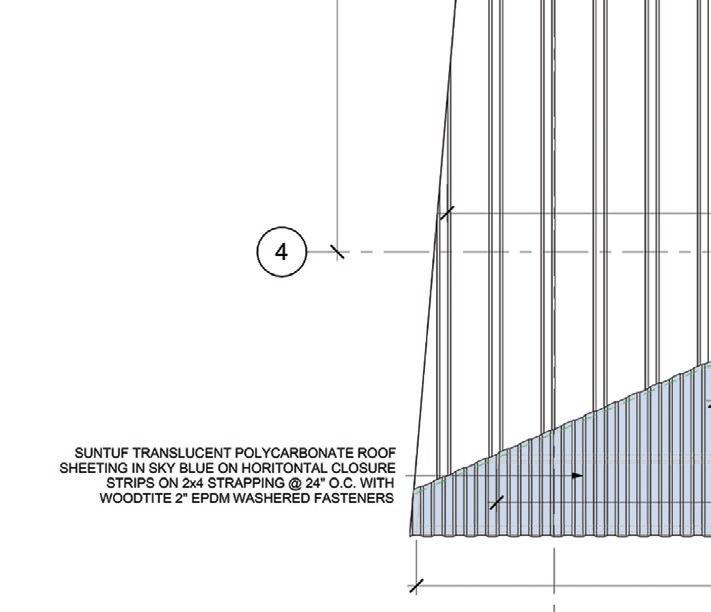
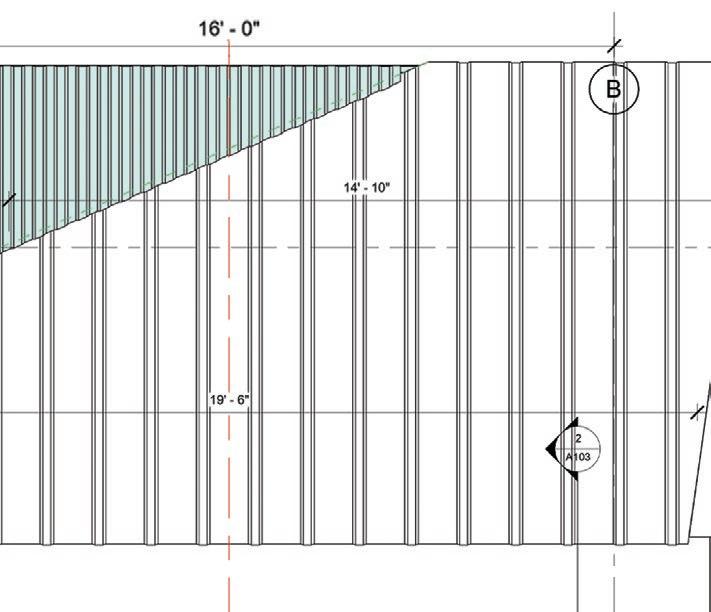


The roofing is comprised of three colors of SUNTUF polycarbonate; gray, blue, and green. The blue and green sections reflect their color onto the deck when the sun shines through.


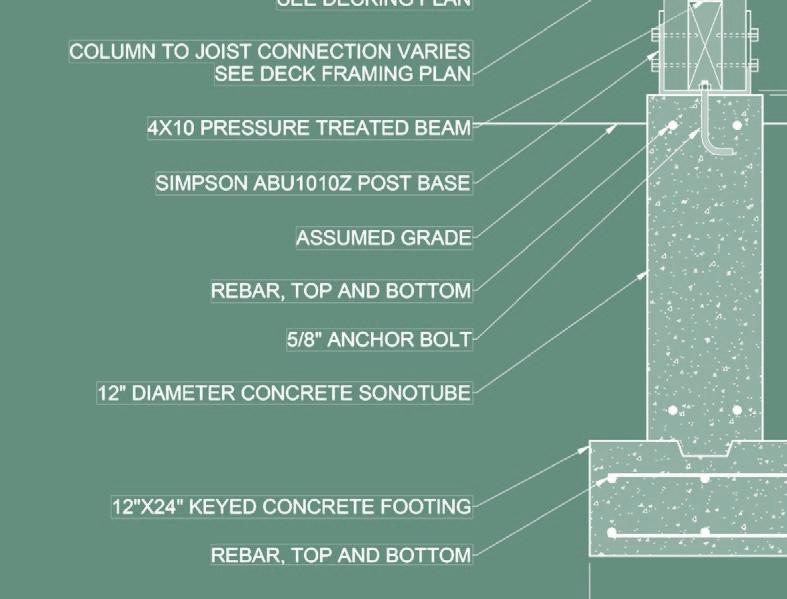


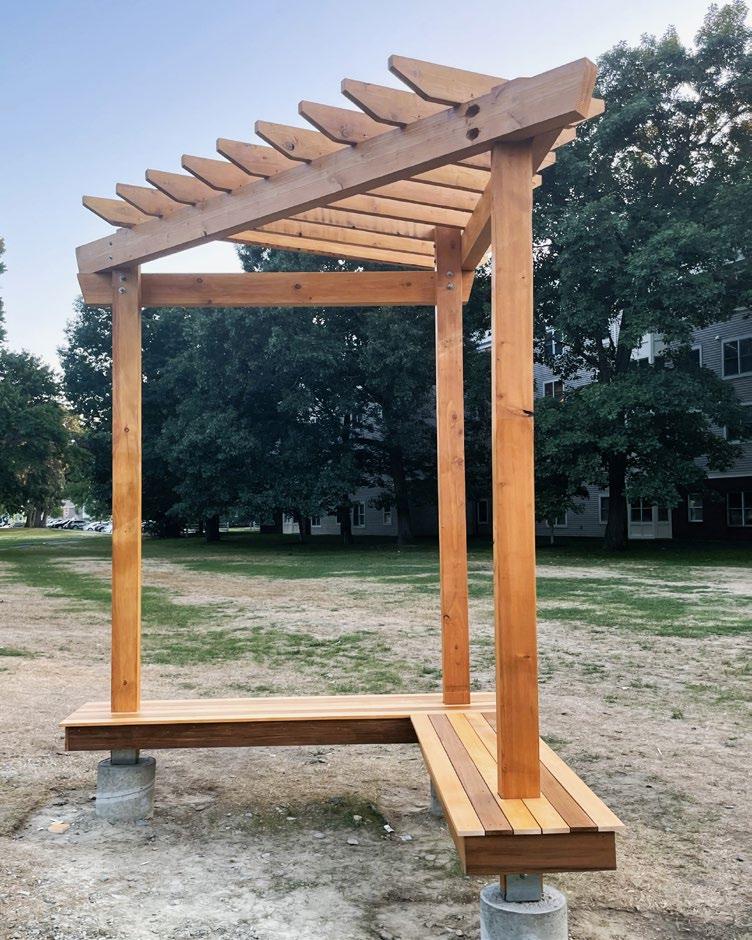
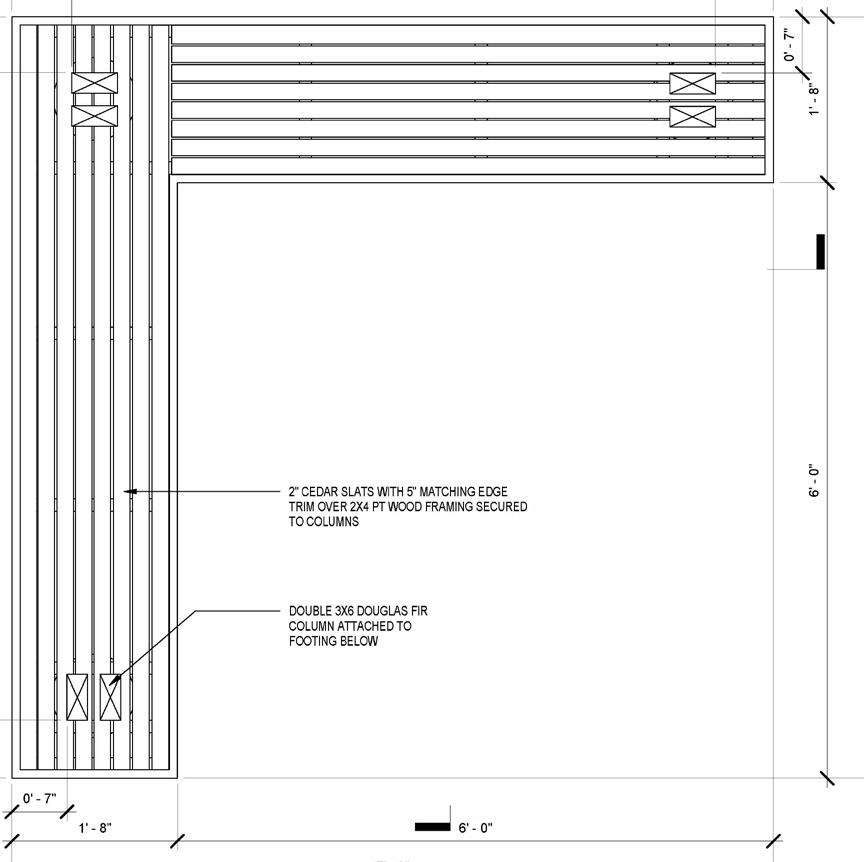

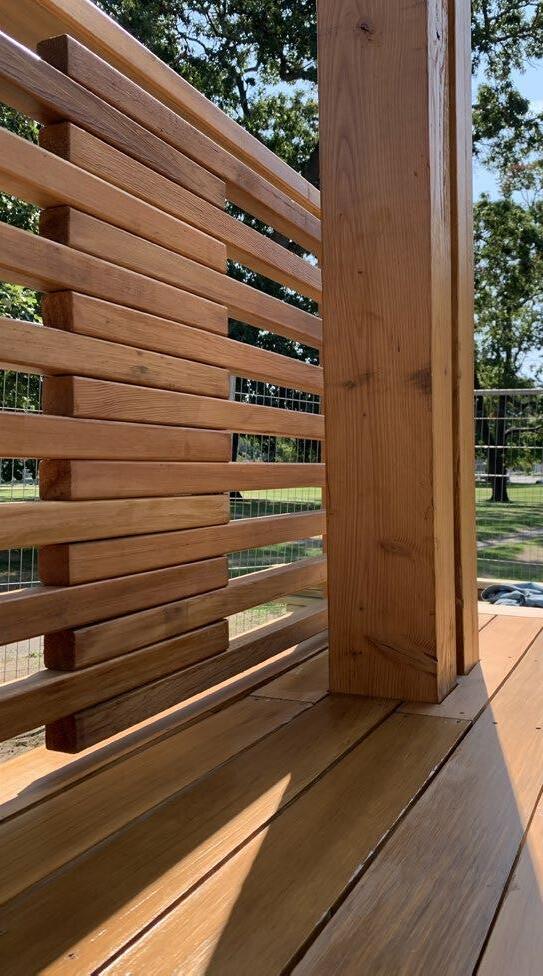
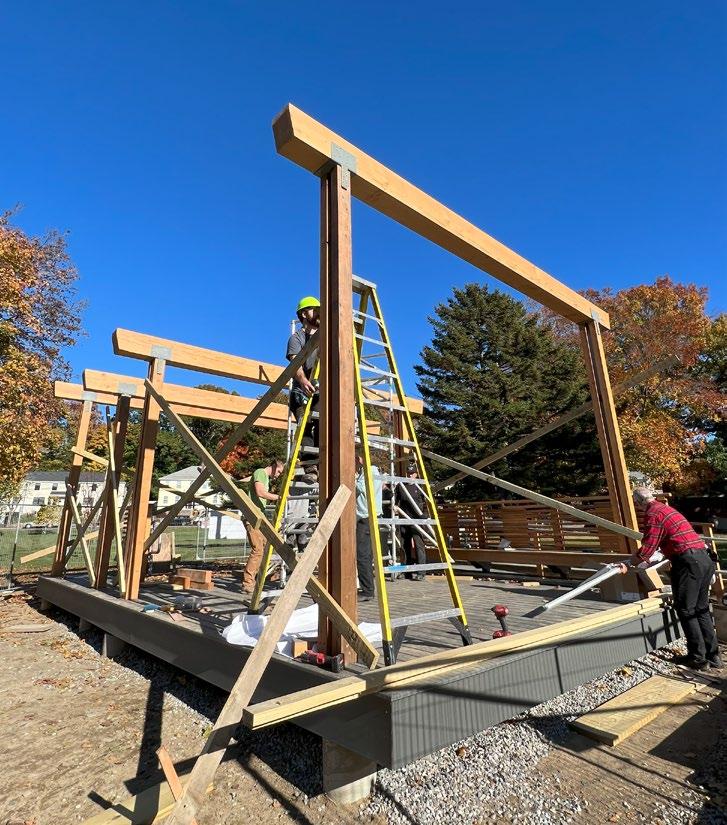
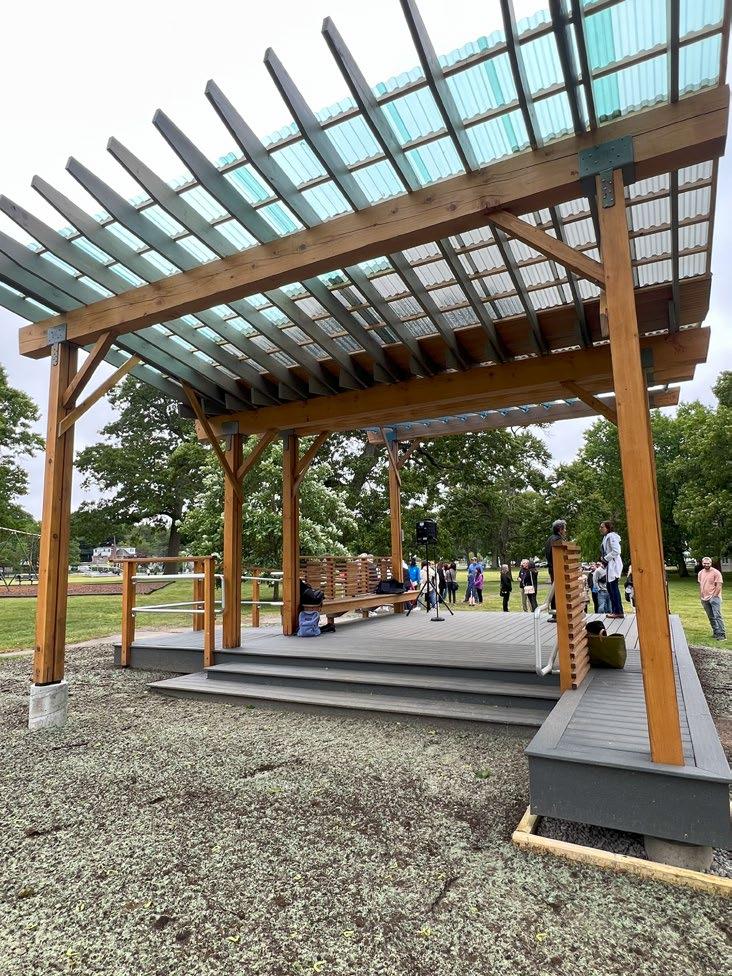
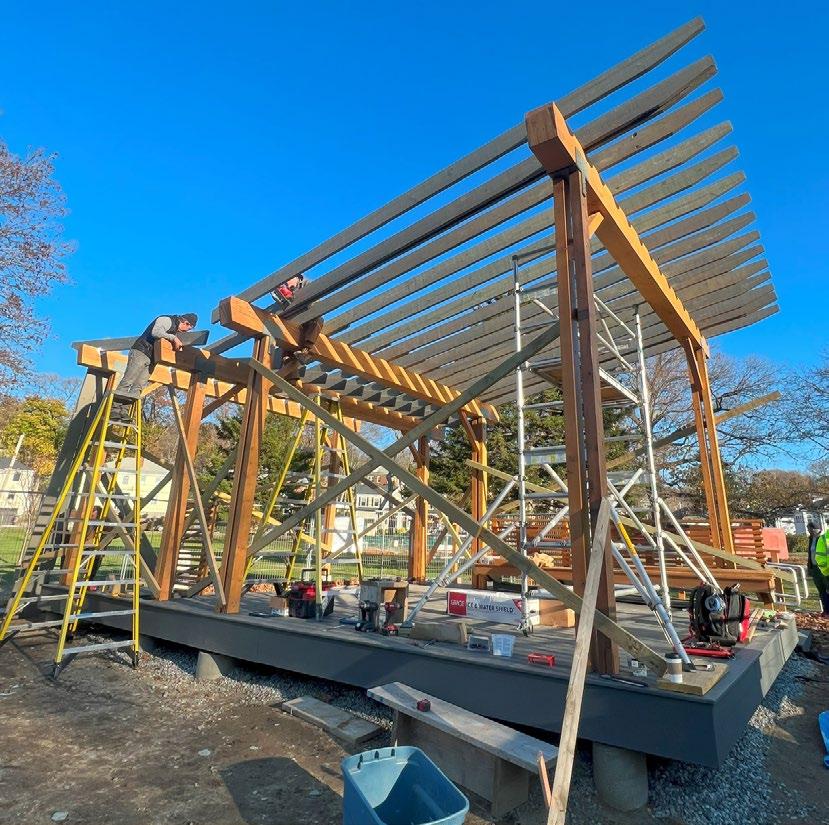
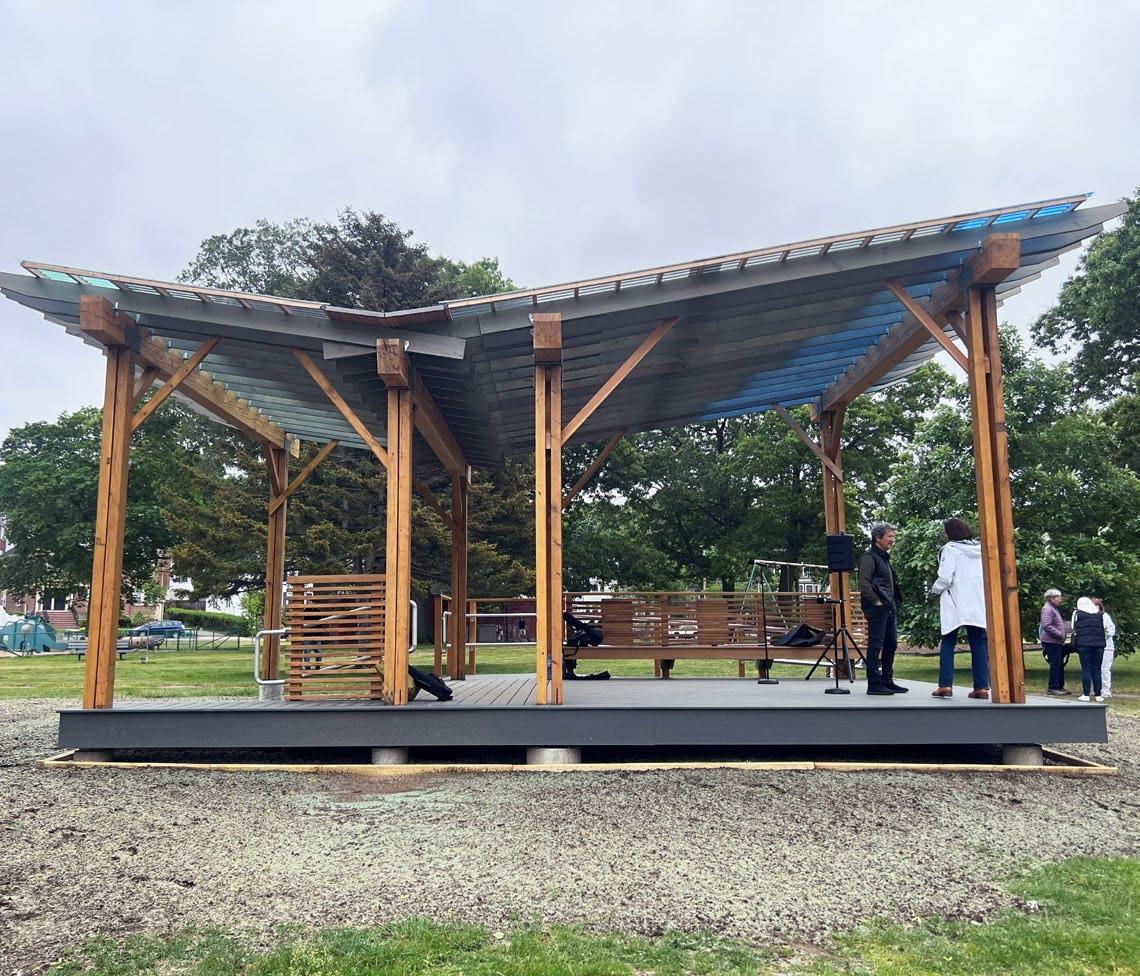

Detroit, MI | 2019 | Clemson University | Undergraduate Studio | Team: Erin Doering, Lydia Gandy, Hayden Bryson
Conservation, creation, and collaboration are the benchmark ideals for The Detroit Water Education Center. This multi-purpose educational and social space embraces the process of collaboration between researchers, students, artists, and other patrons. This is achieved by merging diverse programs into large, interdisciplinary spaces situated on the site of the former Brodhead Naval Armory.
Located just off the Detroit City Walk, this project transforms reclaimed materials and facade elements into a striking new structure.

Our design grew around the three central focuses of ... Water Art Users


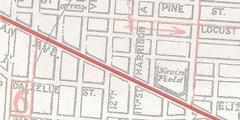
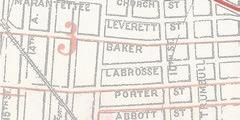
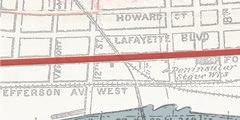

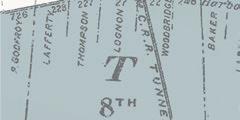
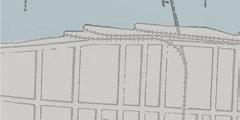
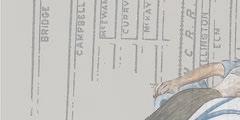


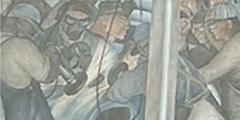
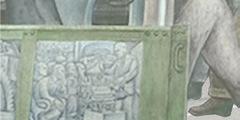
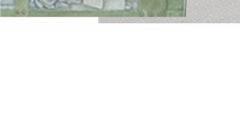
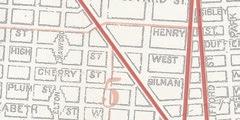
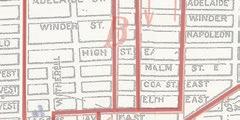
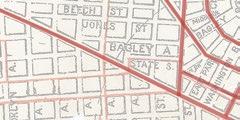
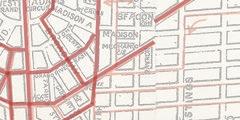

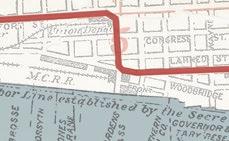
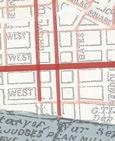
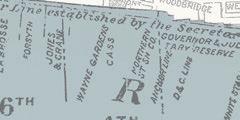
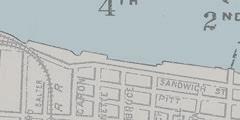

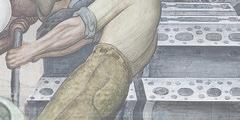




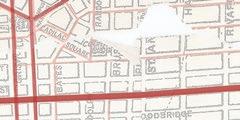

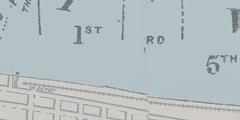
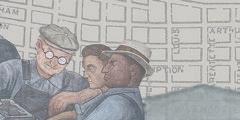
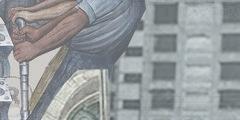
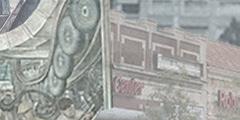



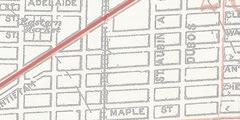

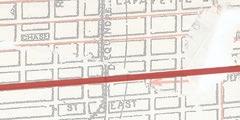




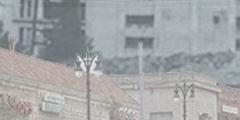
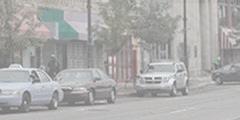
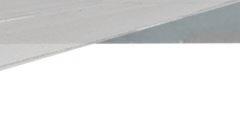



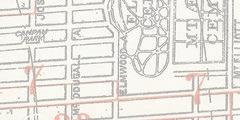
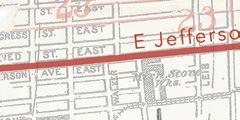
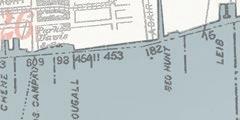

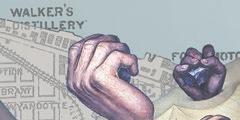
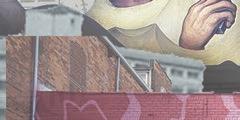
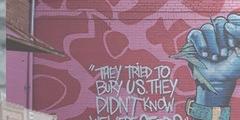







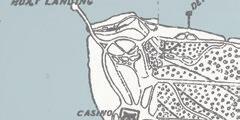

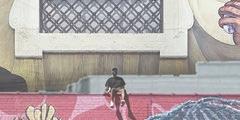
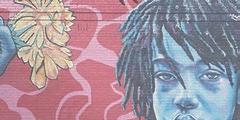
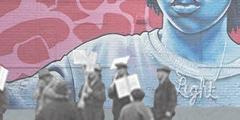

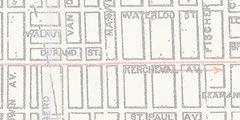
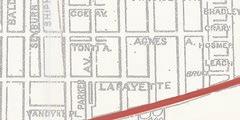


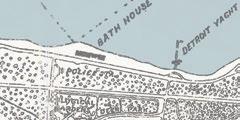
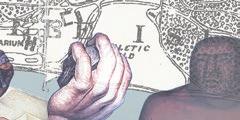

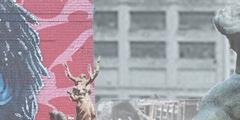
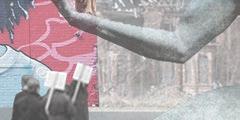

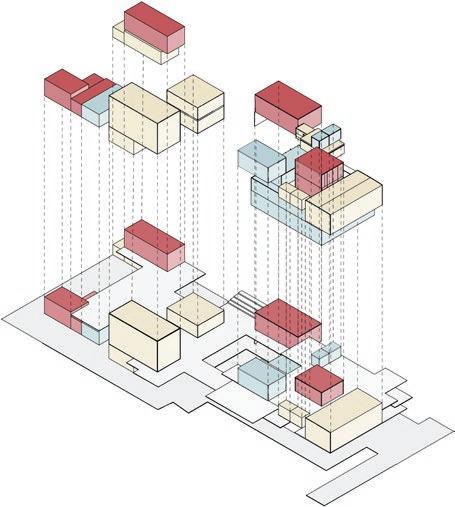
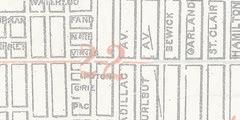
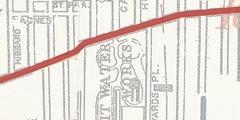
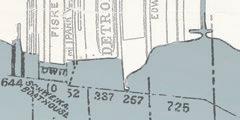
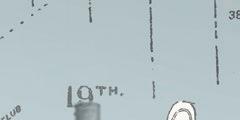
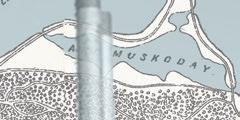
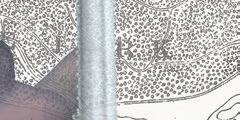
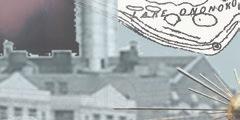





RESEARCH
EDUCATION
MULTI-PURPOSE
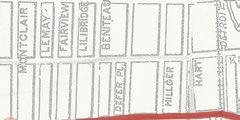
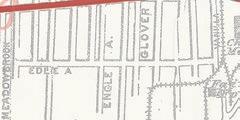
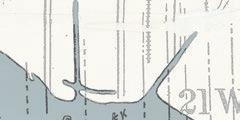
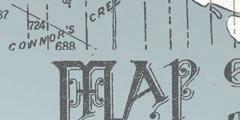

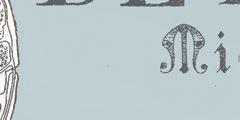

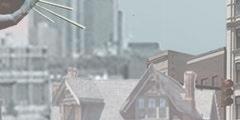
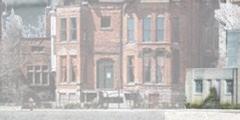


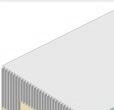
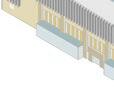

While our project proposes to demolish the vast majority of the dilapidated Brodhead Armory, we chose to preserve specific limestone walls of the original facade as an homage to the historic military building.
Spaces that serve as fixed points that contain specific research, educational, or policy-making programs. The area between pods are opportunities for more open collaboration and temporary uses such as events or exhibit spaces. Pods are designed to be transparent so that all patrons are involved in the collaborative environment.
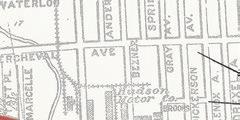
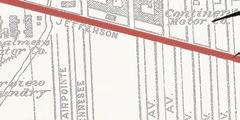


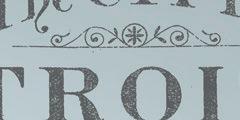


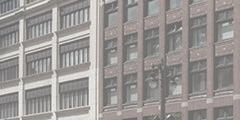
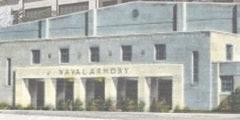



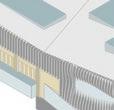

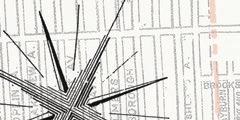
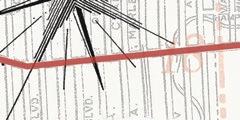


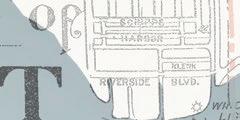
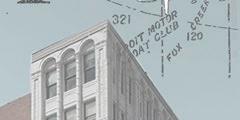


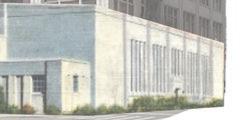




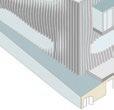


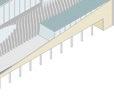
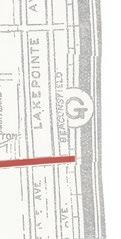
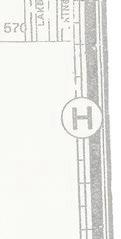
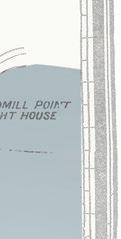

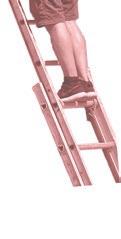

The new facades were inspired by the vertical elements of the preserved limestone walls. The curved louver system assists in blocking the sun coming in from the southwest side of the building as well as mimicking the natural motion of water.

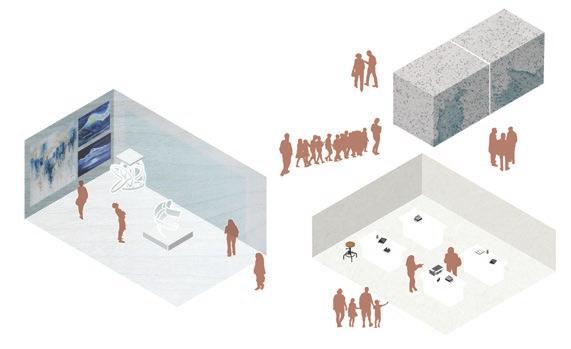
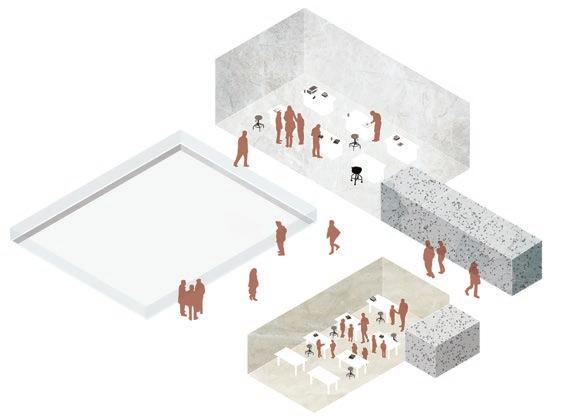







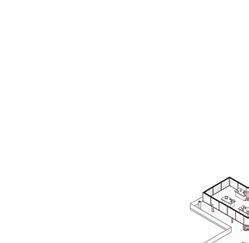





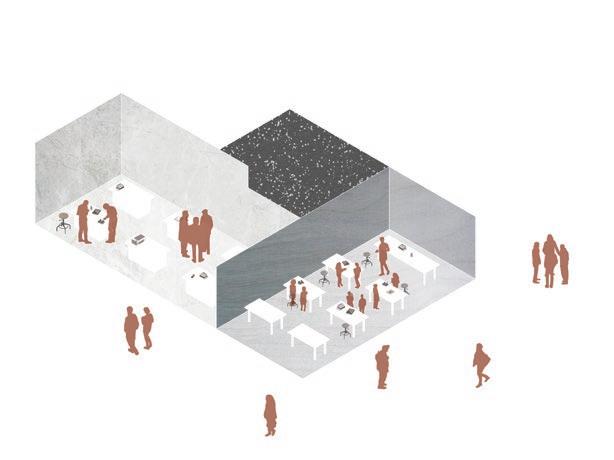
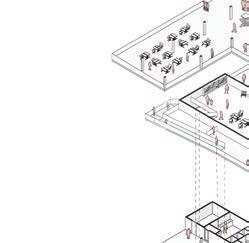

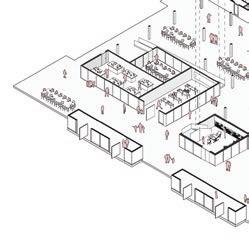






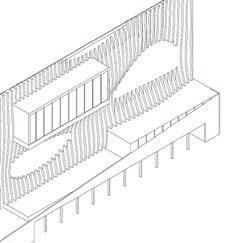

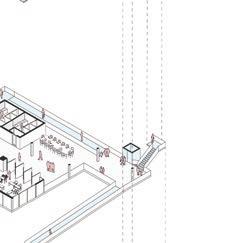


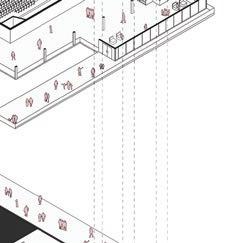
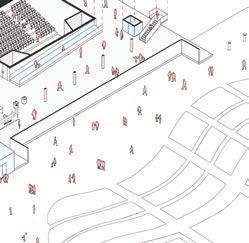

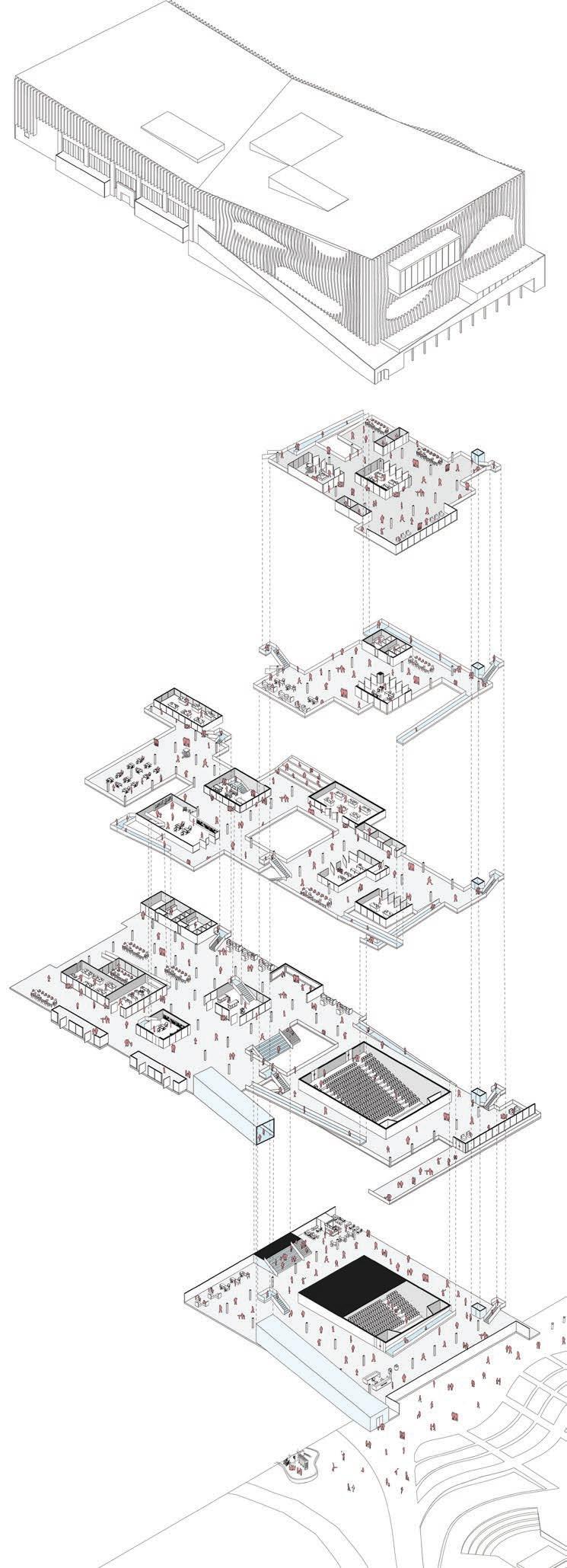
(Left)
WALL SECTION (Right)
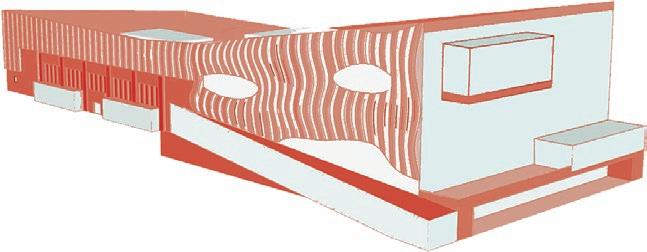


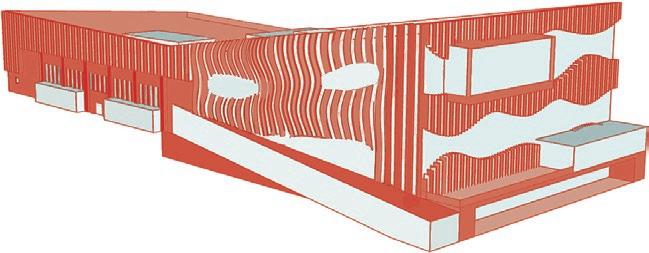





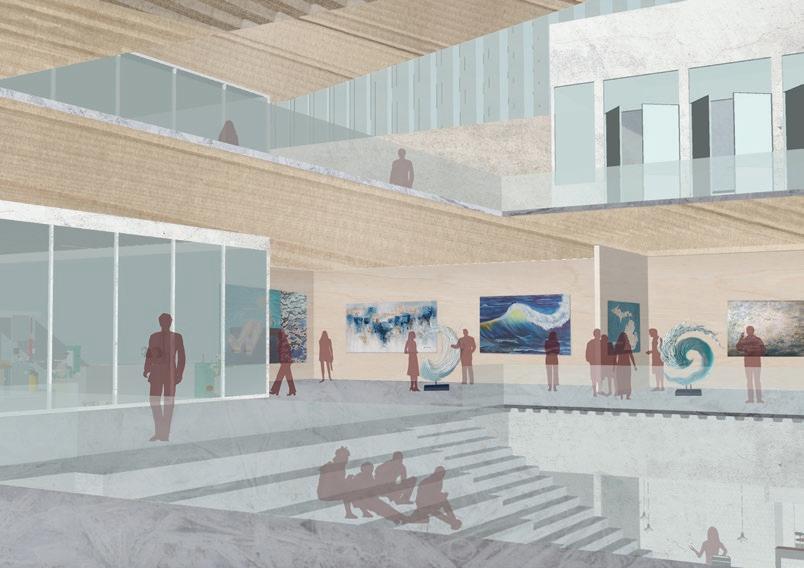
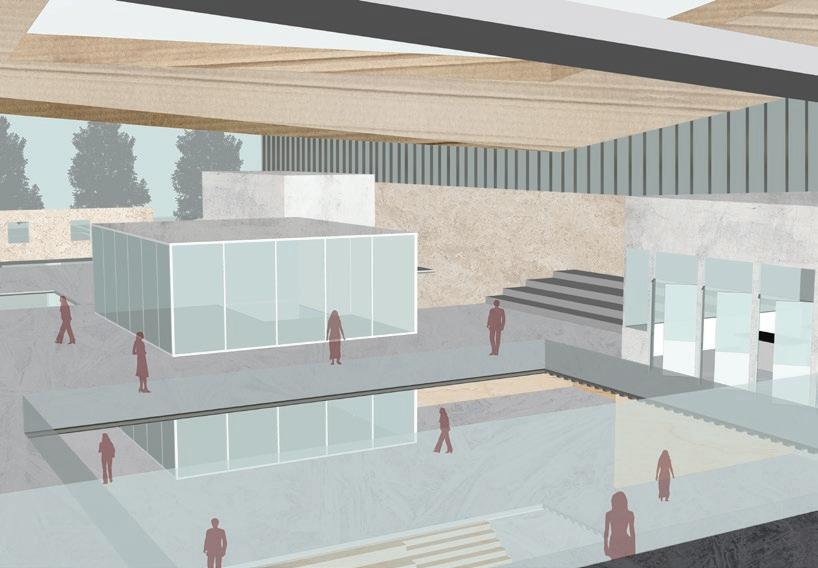
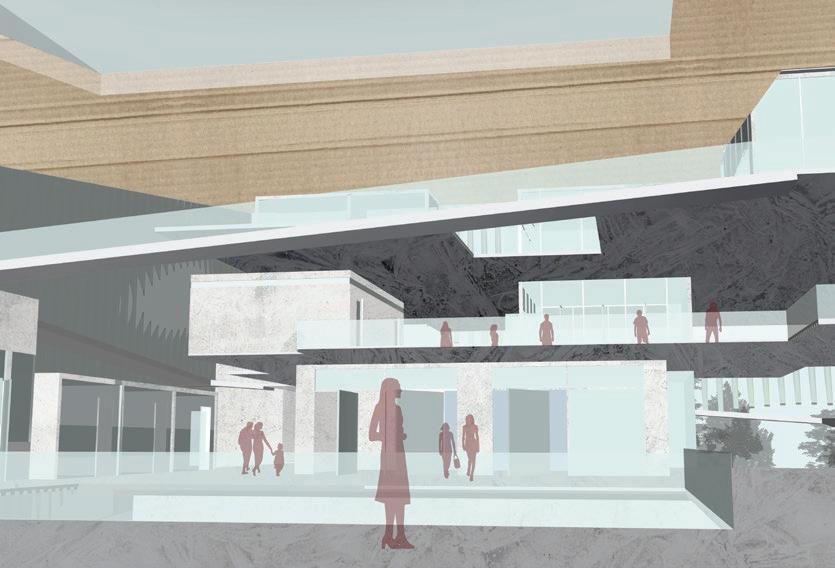
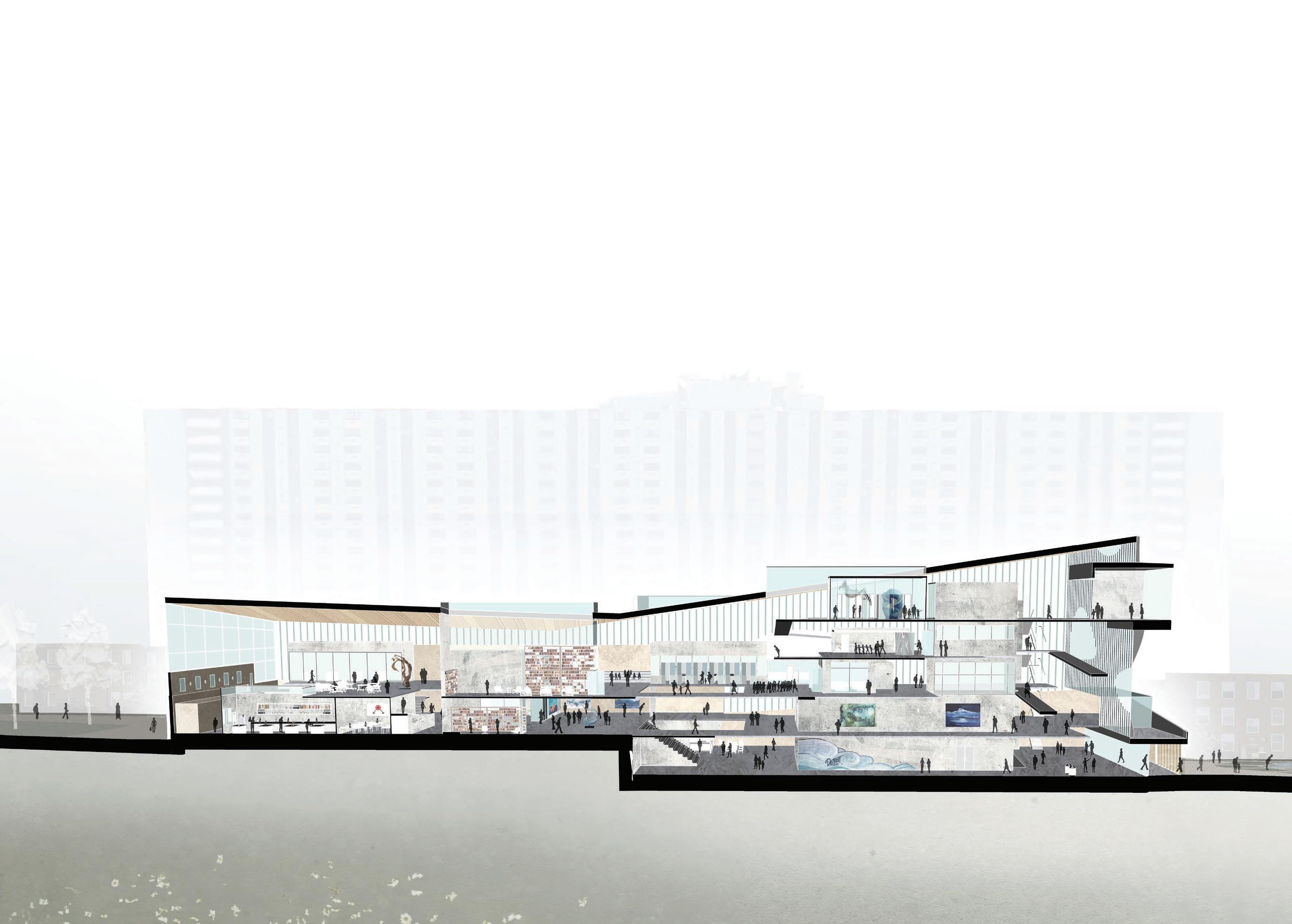


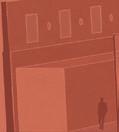

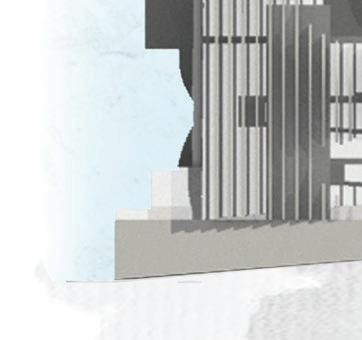

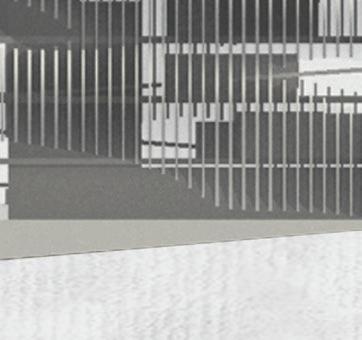












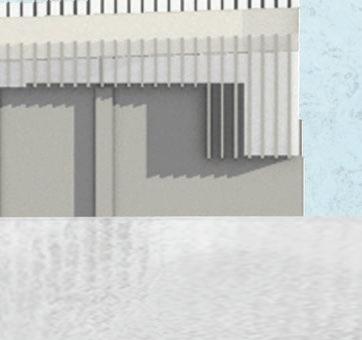






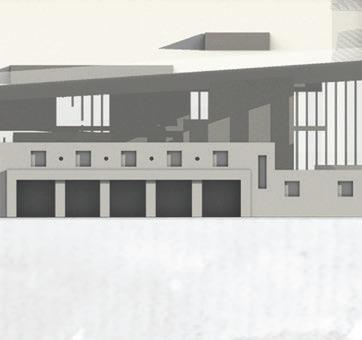







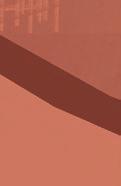


LOUVER MODEL: A detailed representation of our louver system. The louvers are cut from aluminum sheets and the anchor system was modeled in SketchUp and 3D printed.
POD MASSING MODEL: Made from chipboard, this model was used to help determine the final massing for our “pods”
POD PROGRAMMING MODEL: This model, crafted in acrylic, shows the programing of our pods. The colors represent research, educational, and multi-purpose uses
SITE MODEL: Site and building are modeled in layers of chipboard and sanded acrylic for trees and windows.
WALL SECTION MODEL: A larger scale model which utilizes chipboard, museum board, acrylic, and wood to show a tangible recreation of our wall section drawing.

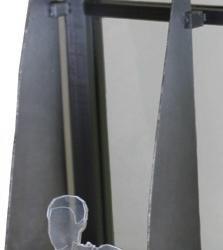


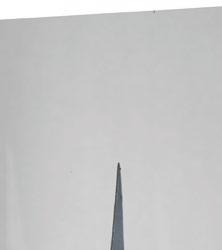
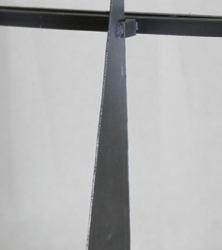
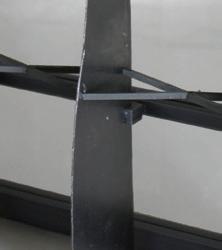



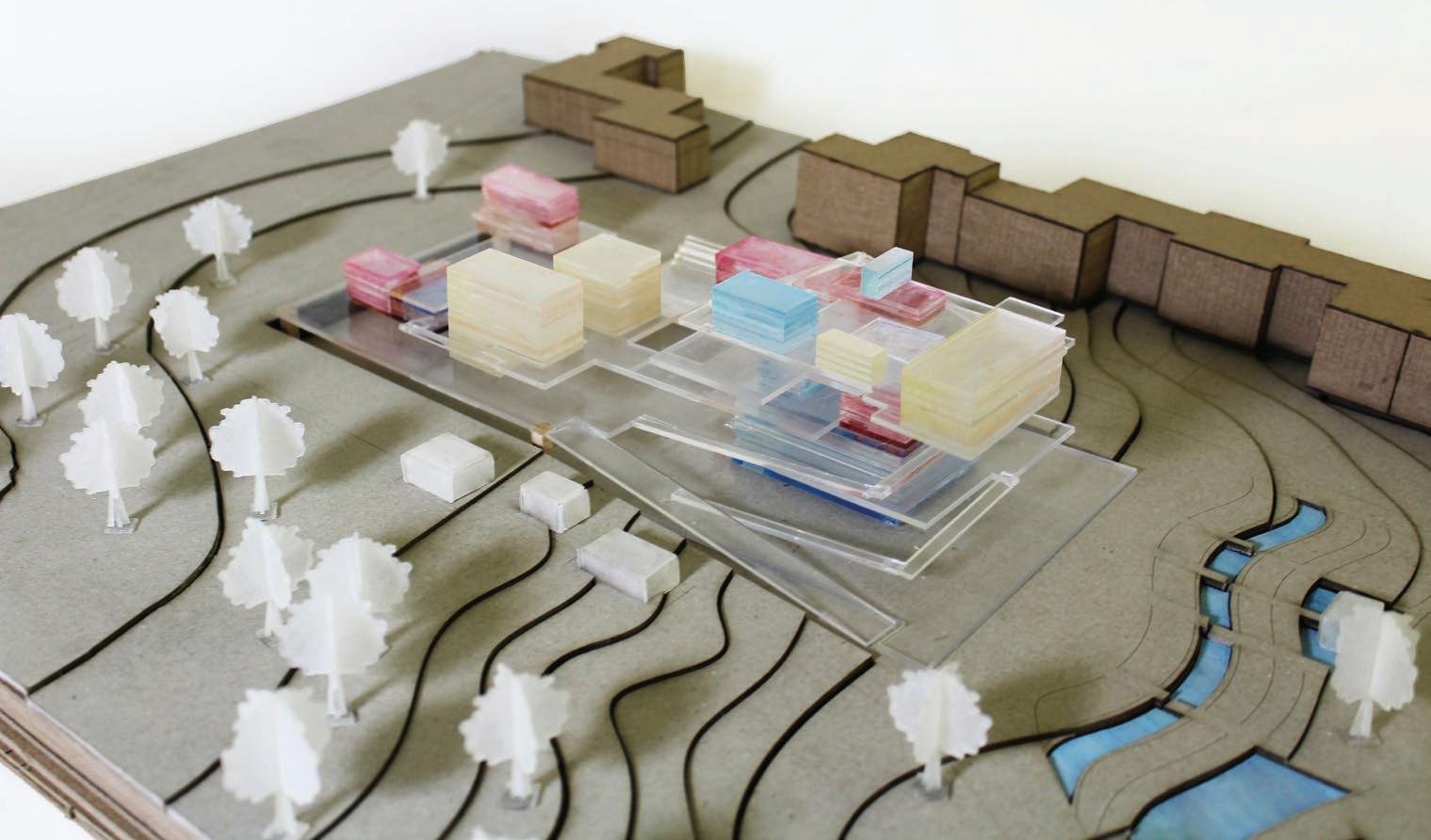 POD MASSING MODEL (Above), POD PROGRAMMING MODEL (Below)
LOUVER MODEL
POD MASSING MODEL (Above), POD PROGRAMMING MODEL (Below)
LOUVER MODEL

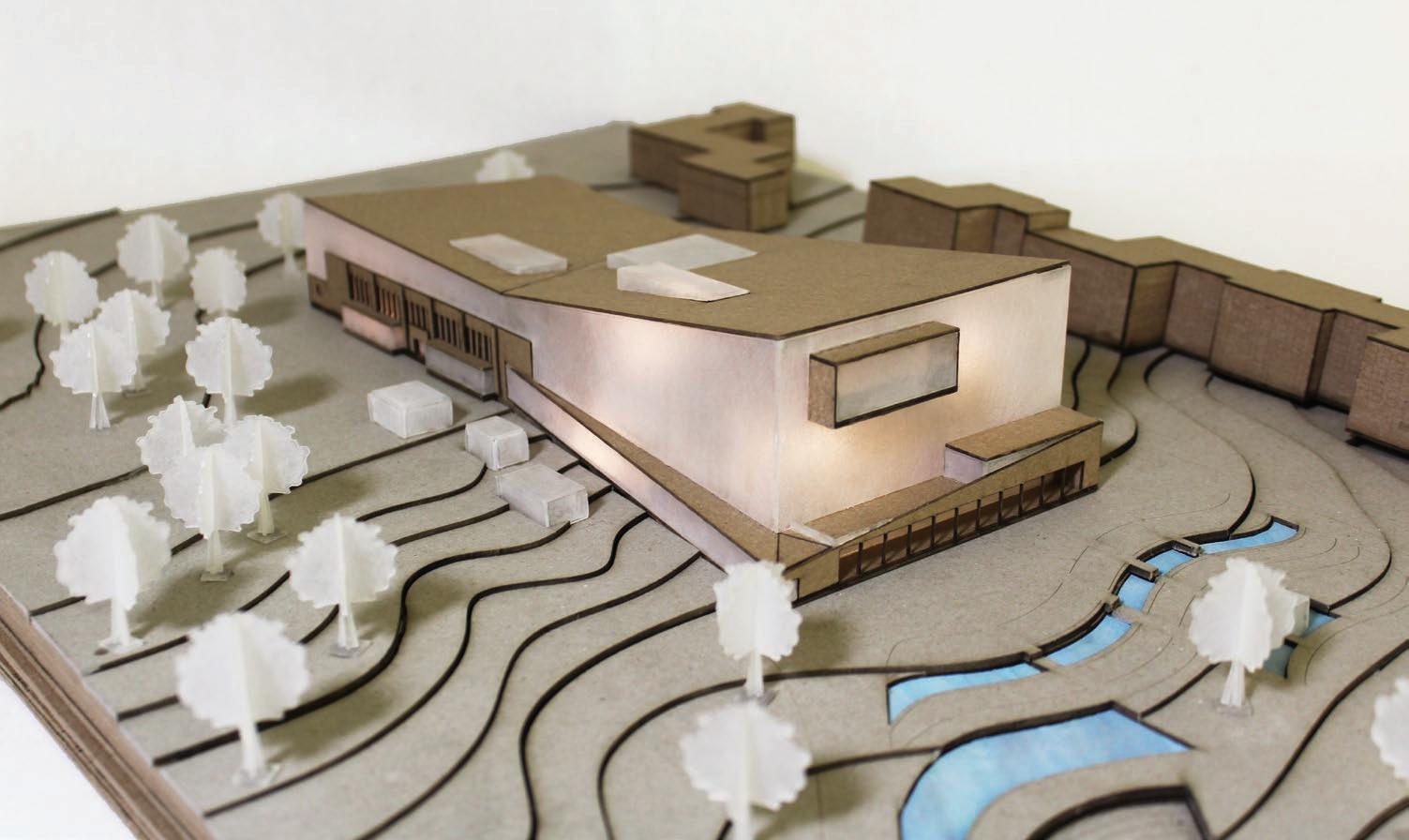
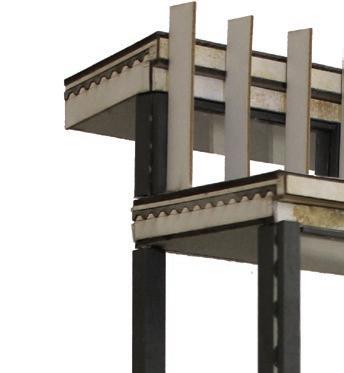
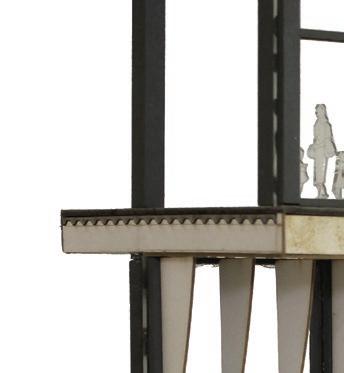

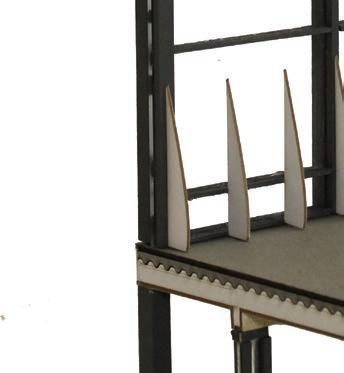

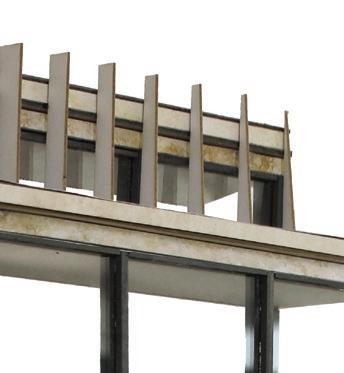

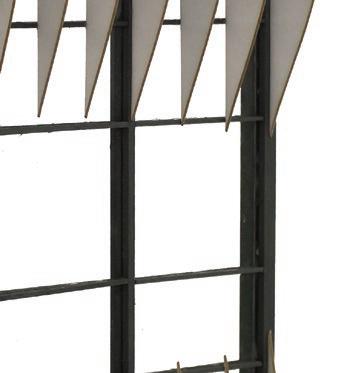
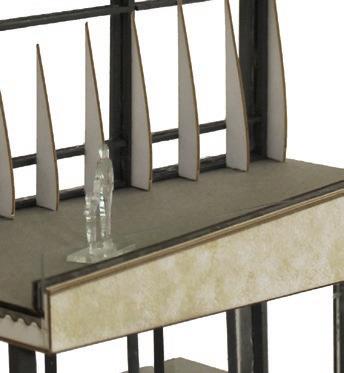



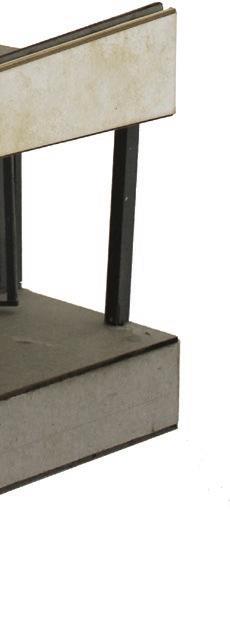
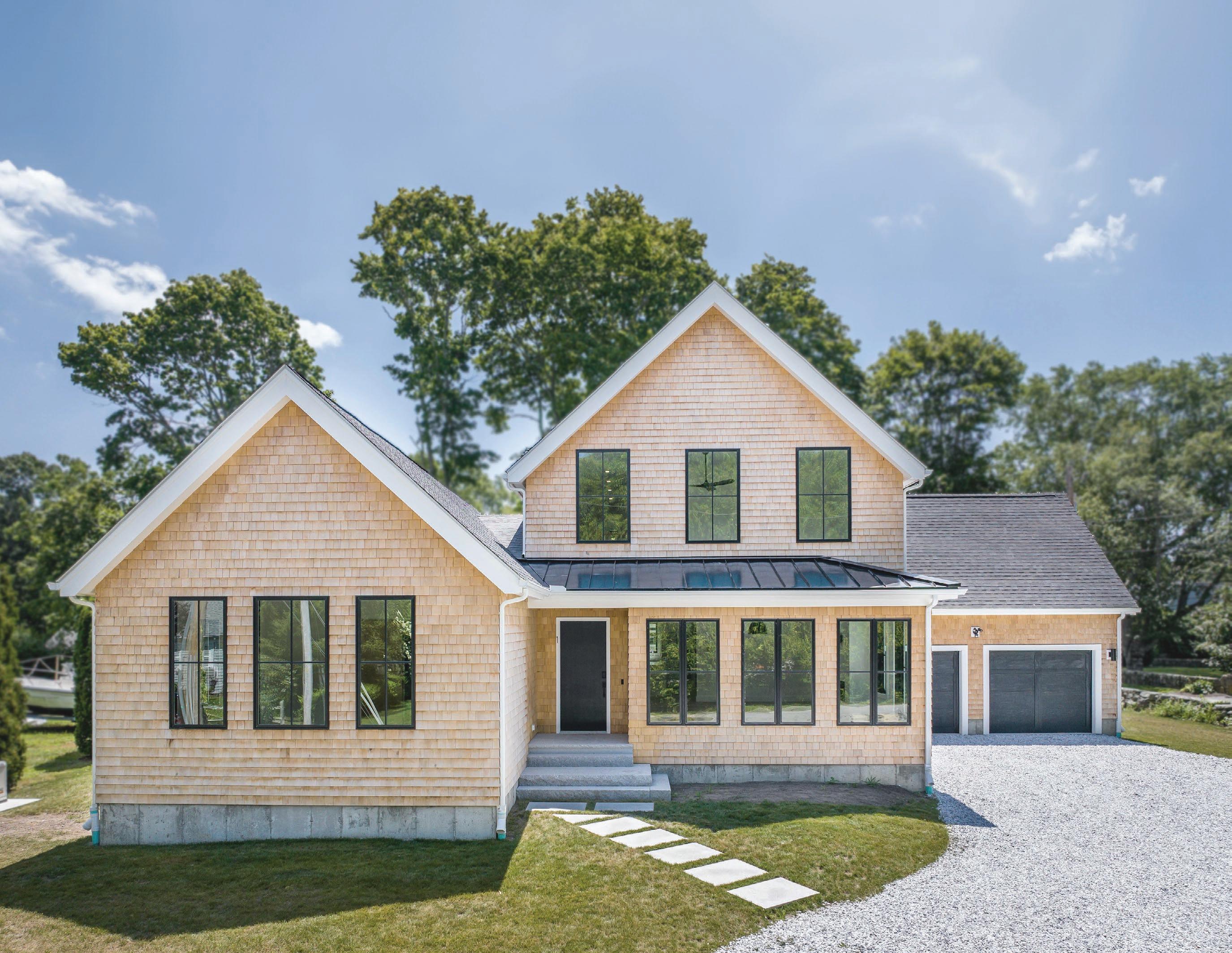
Timothy Burke Architecture | 2019-Present
Timothy Burke Architecture is a boutique residential firm located in Boston, Massachusetts. As an employee I am involved in all phases of the design process and typically complete the majority of drawings and construction documentation for my projects. The following pages contain a sampling of projects I have been involved in with Timothy Burke Architecture and include both renovations and new construction projects.
This project, which was completed in 2023, is a 4 bed/3 bathroom single-family home. The design is sleek and modern while keeping a coastal New-England feel to its exterior. The primary bed and bath was designed to be wheelchair accessible.
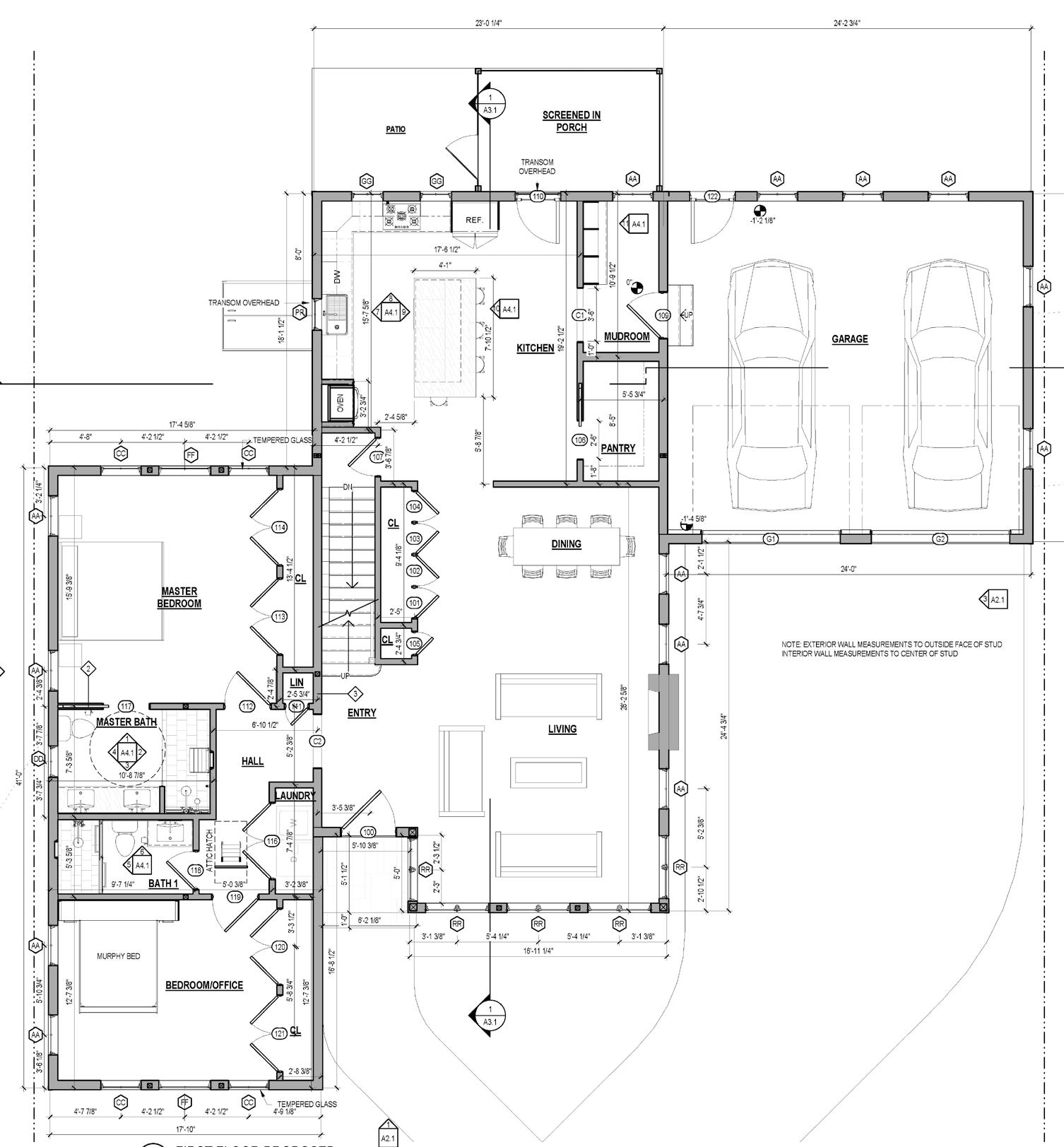
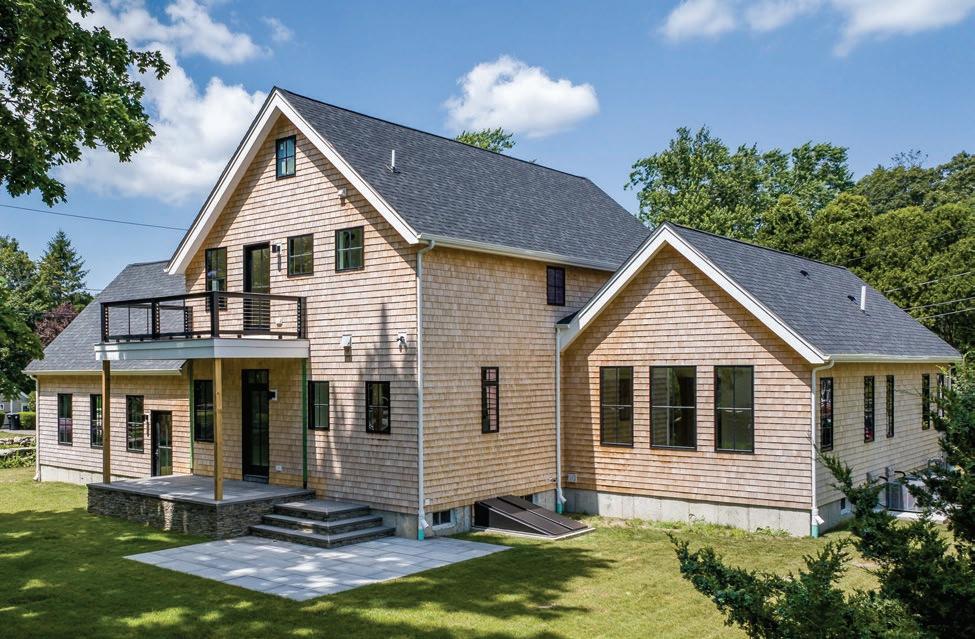


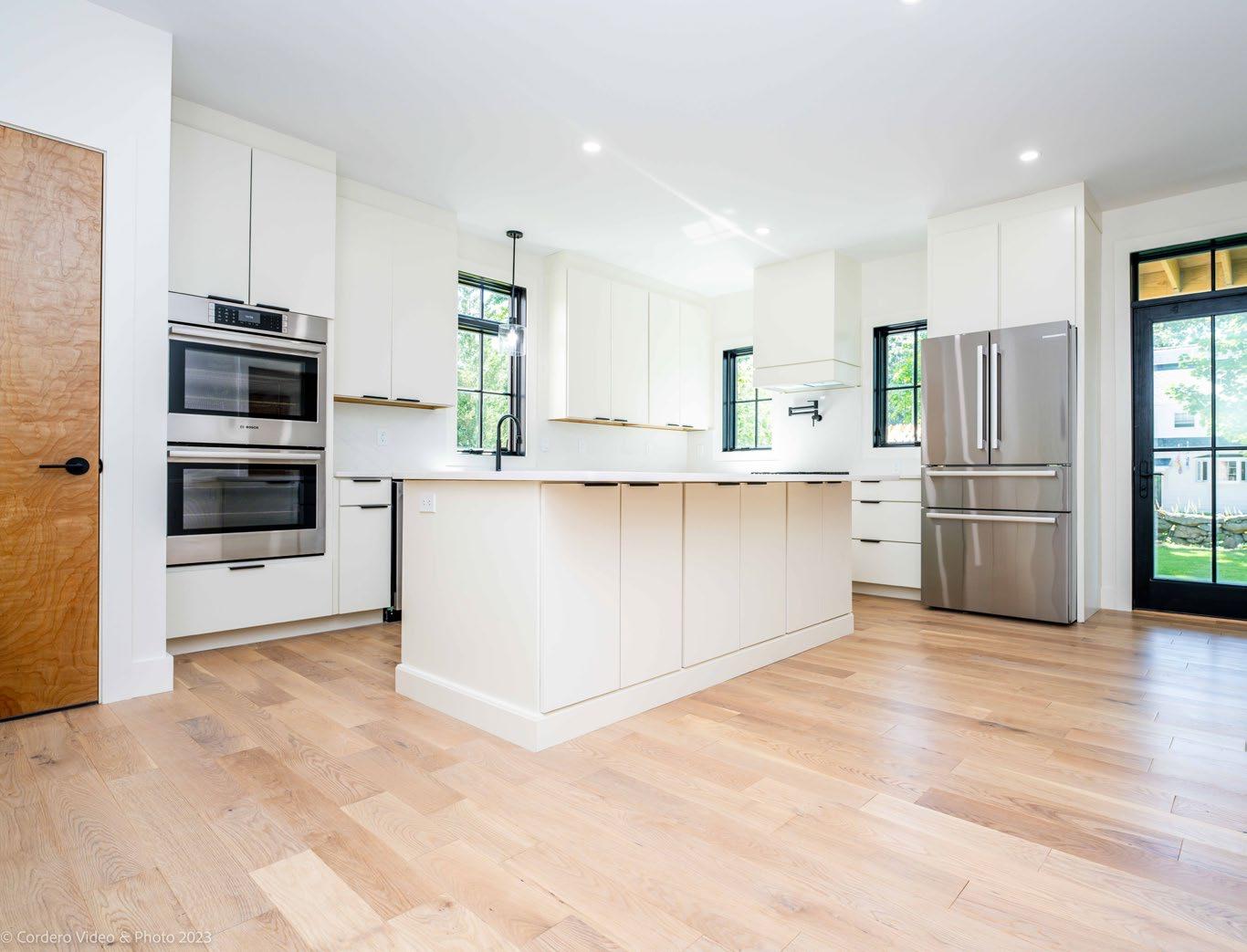
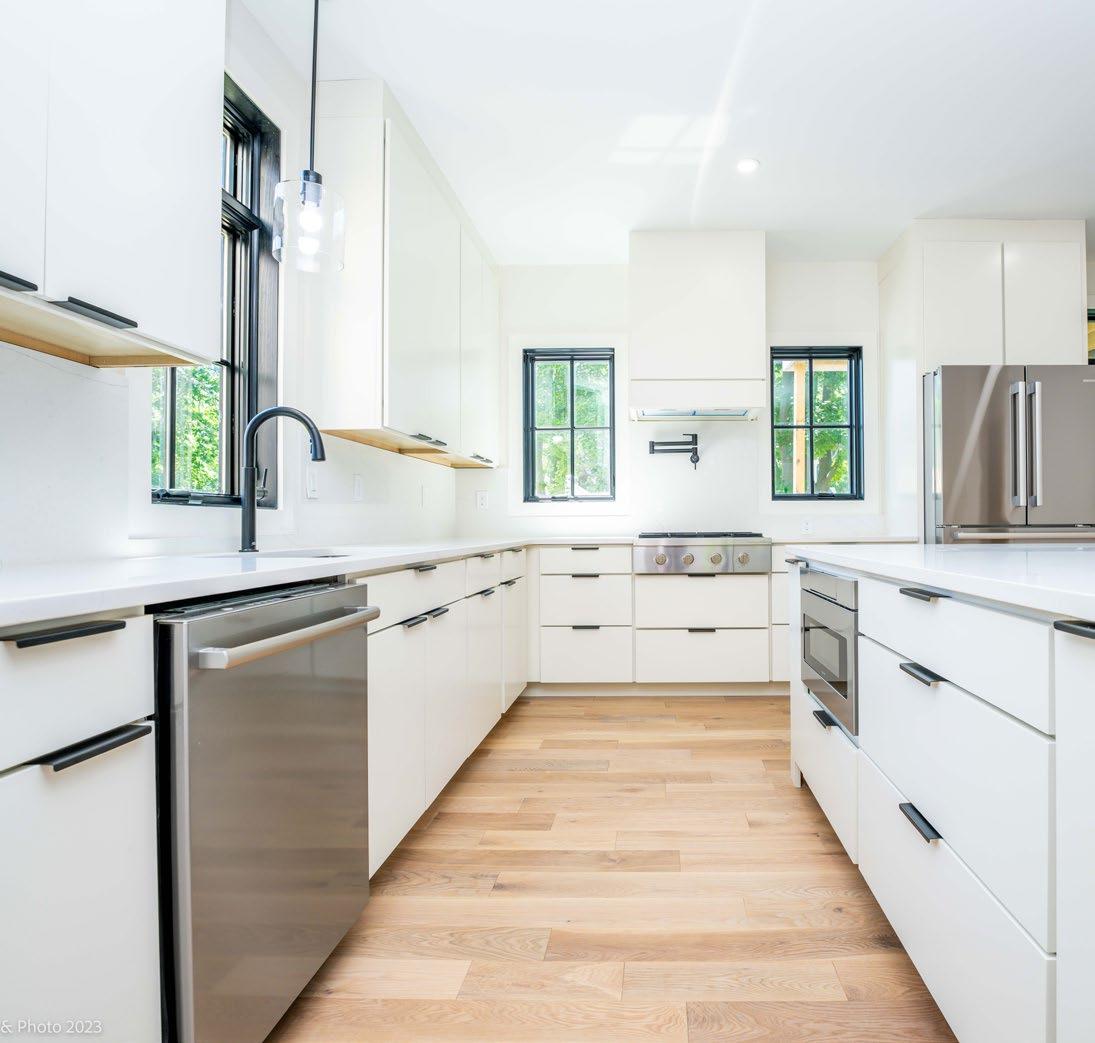

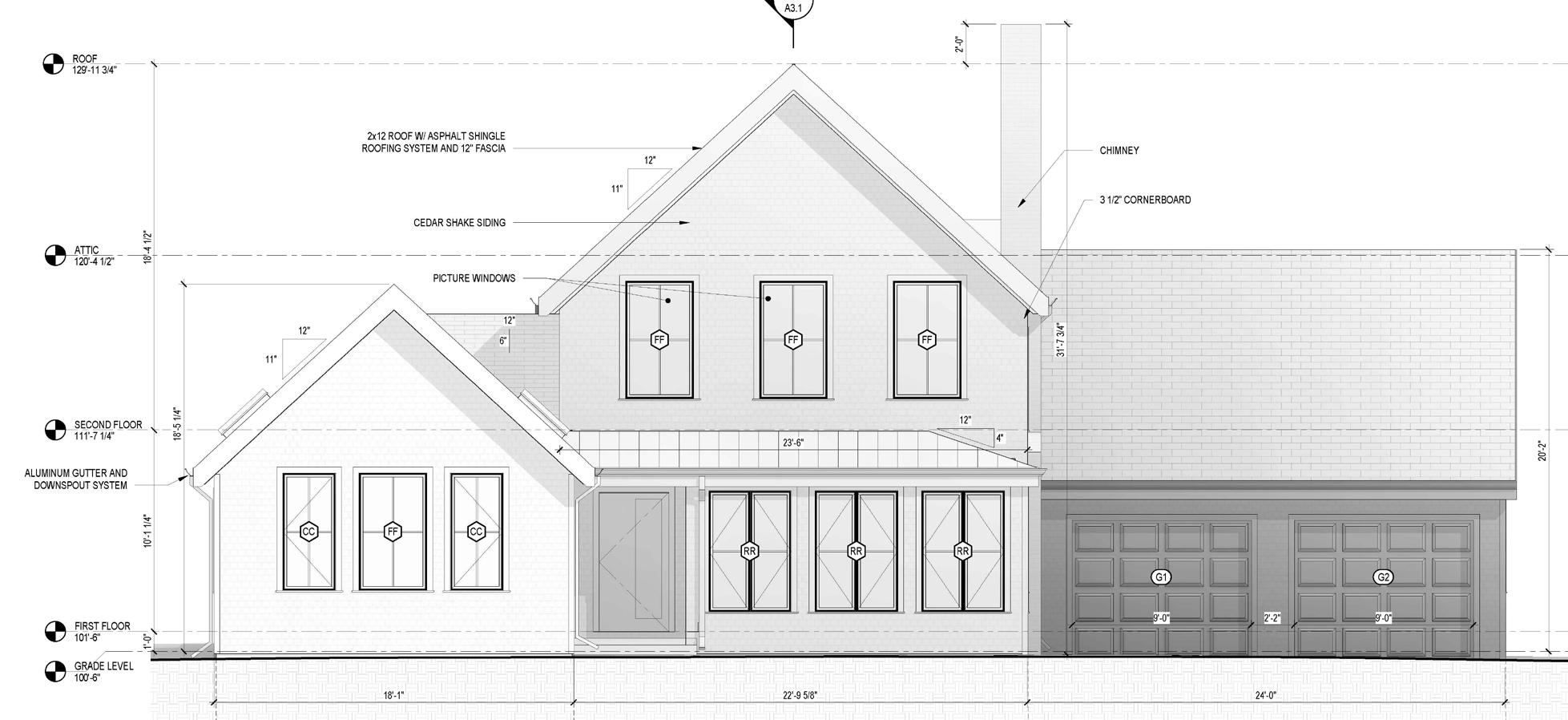

This 6 bed/4.5 bath colonial revival estate was purchased in 2019 for the first time in 50 years. The renovation consisted of a full cosmetic overhaul, an entirely new kitchen, a fully gutted and redesigned basement, and a brand new patio and pool among many other updates.
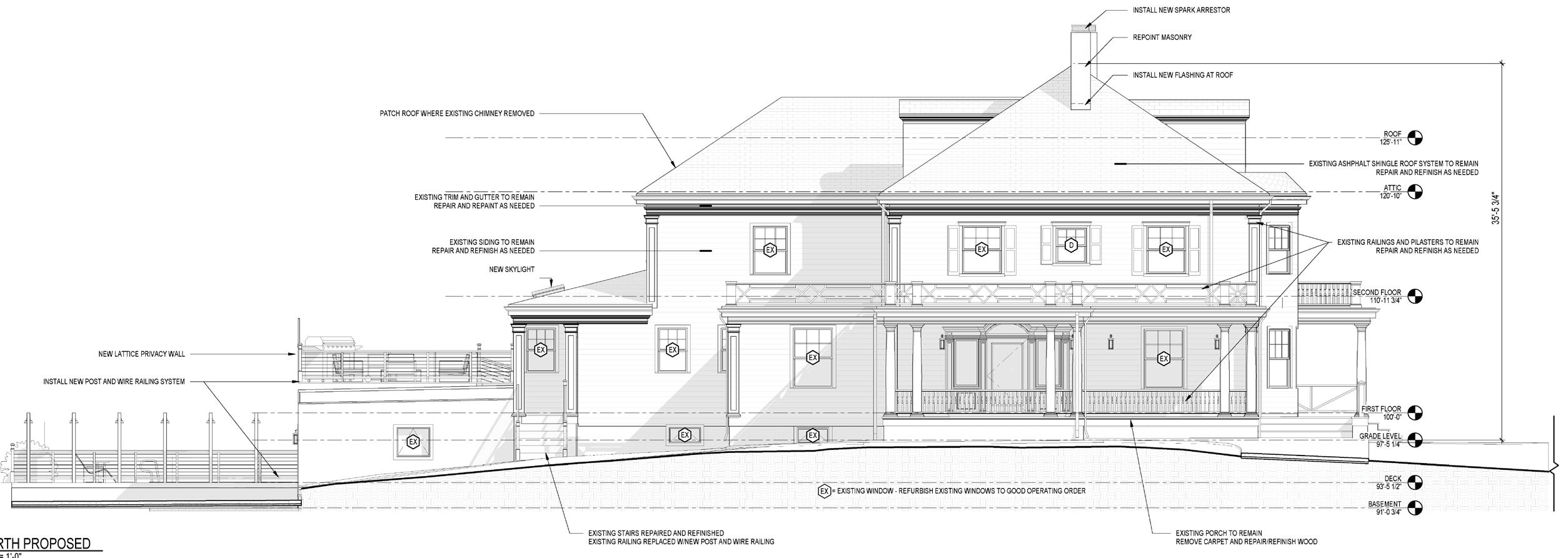
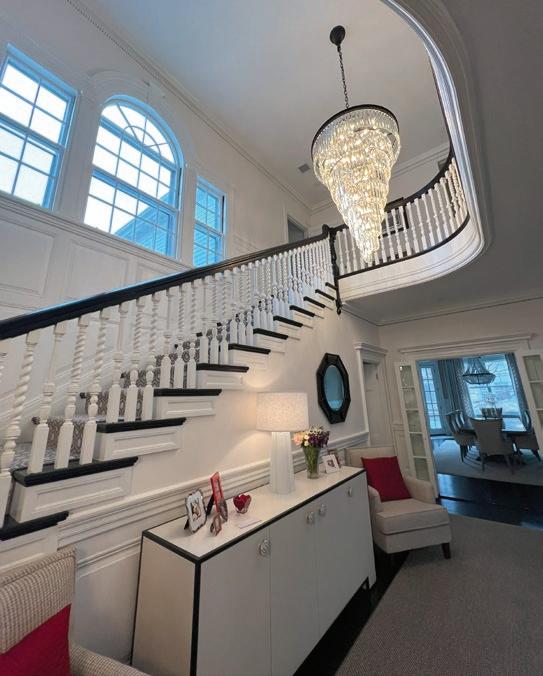
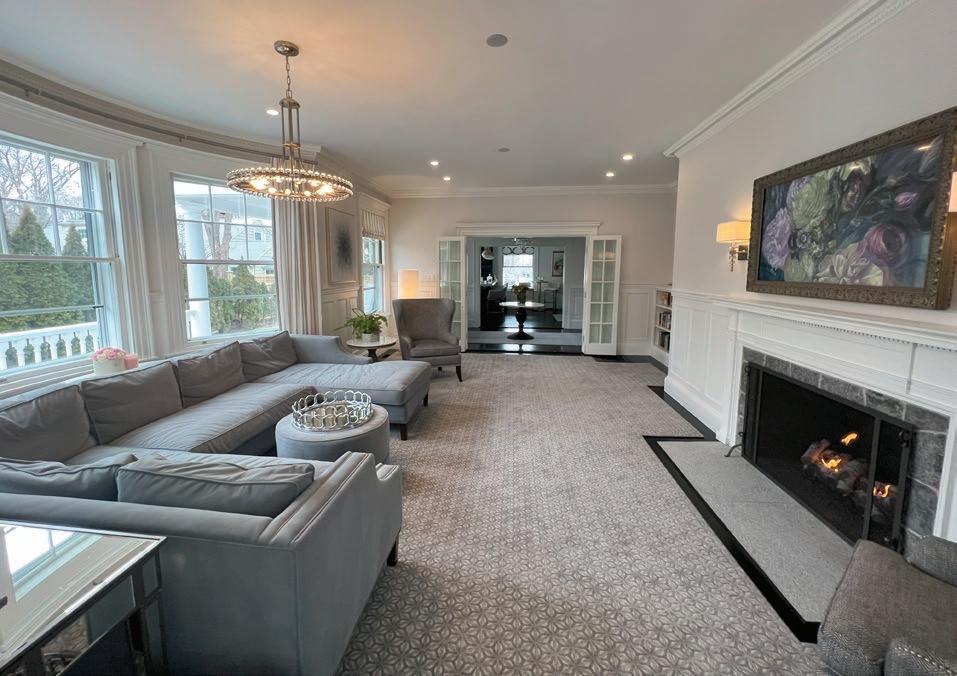
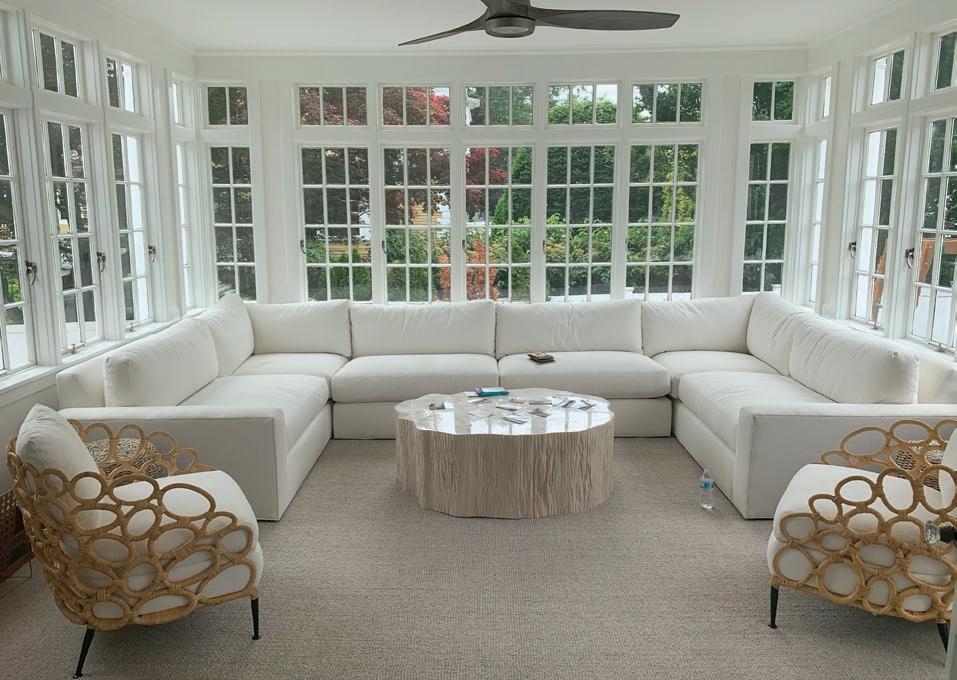
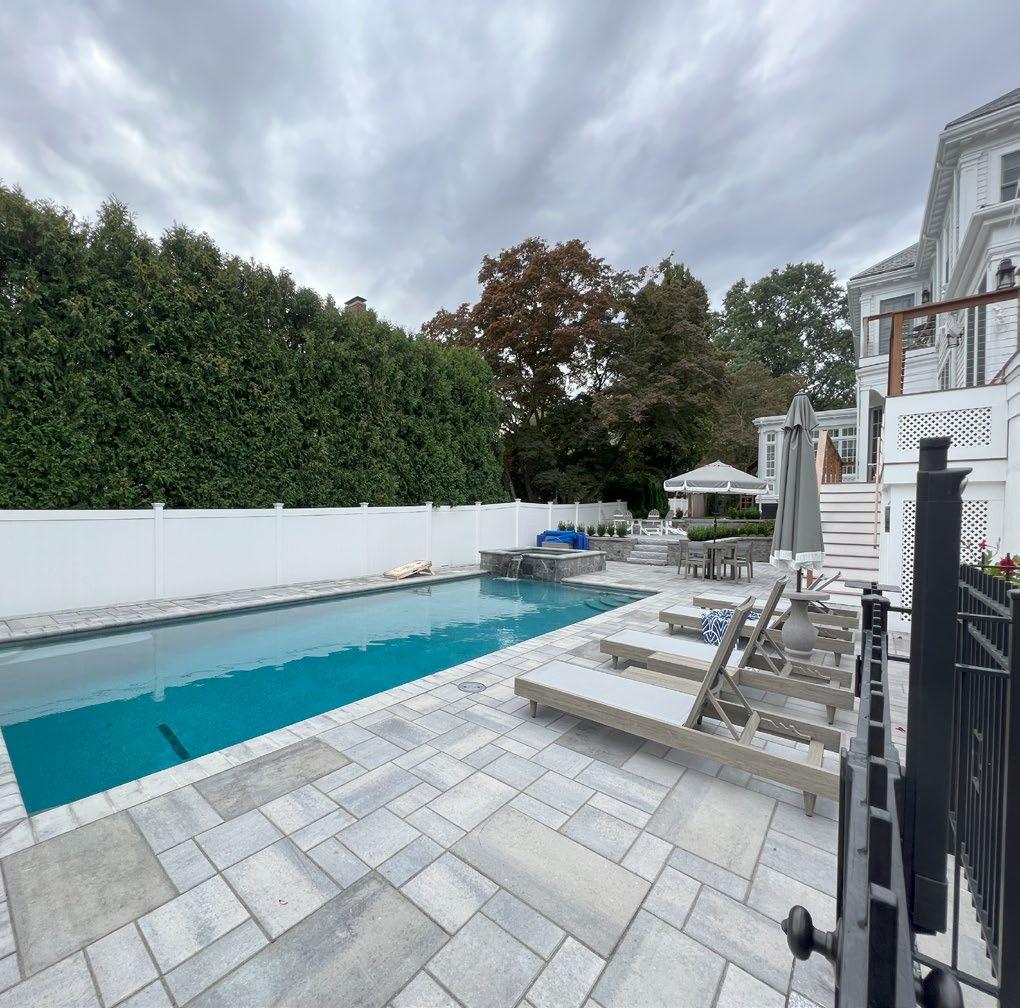

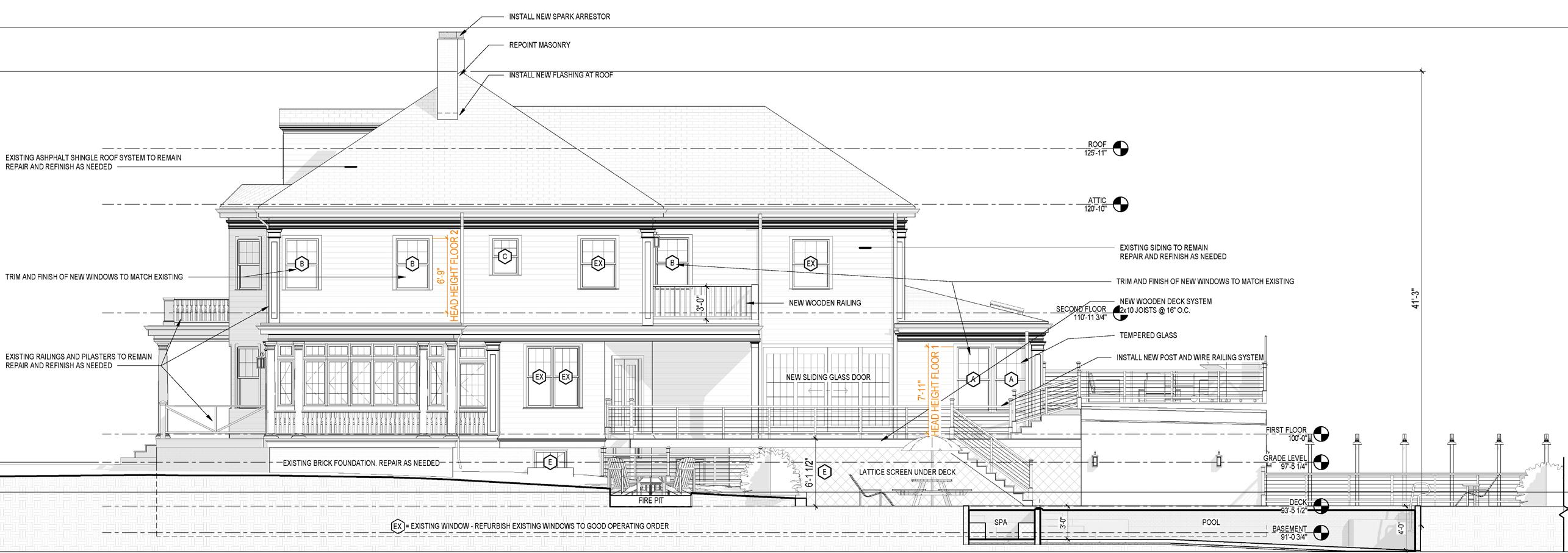
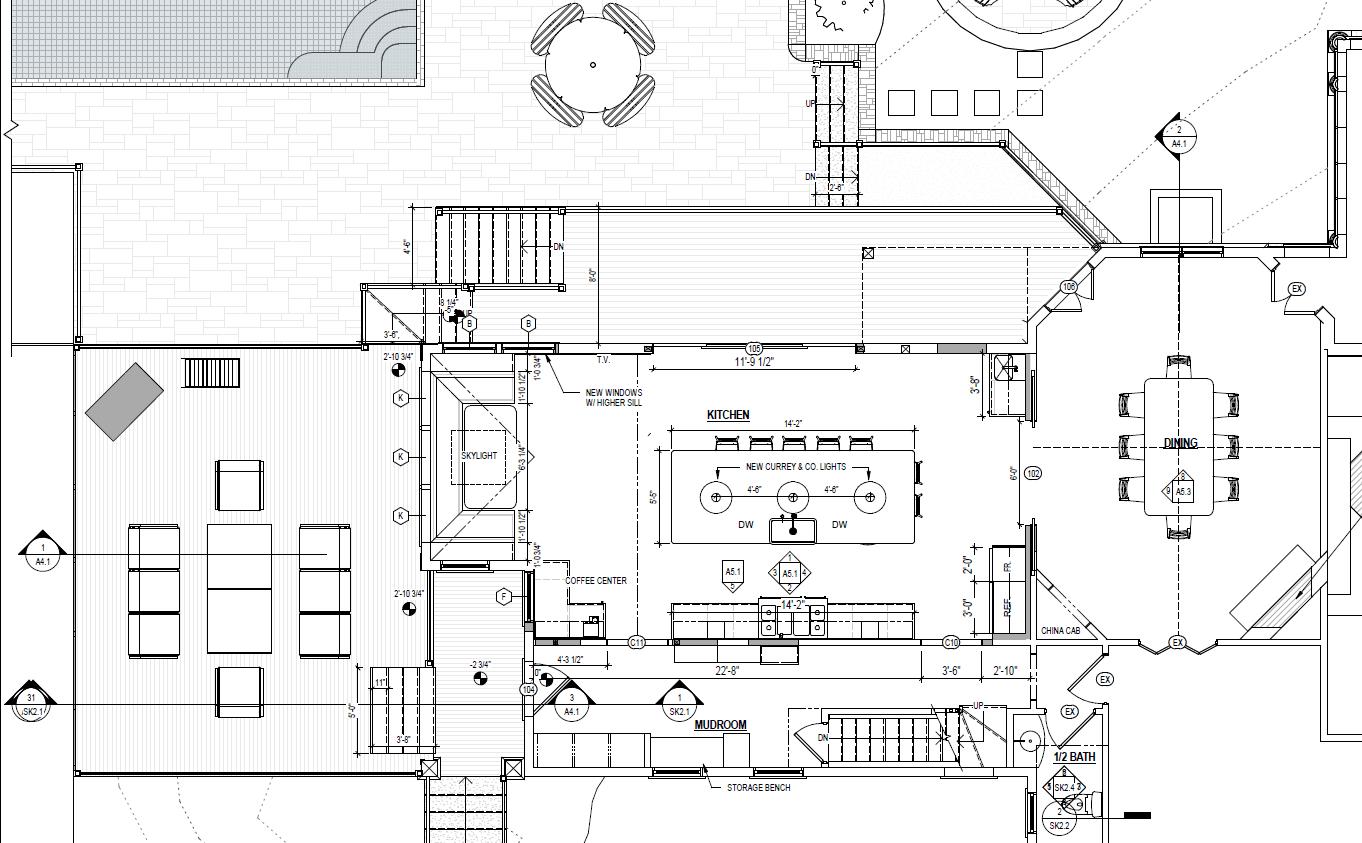

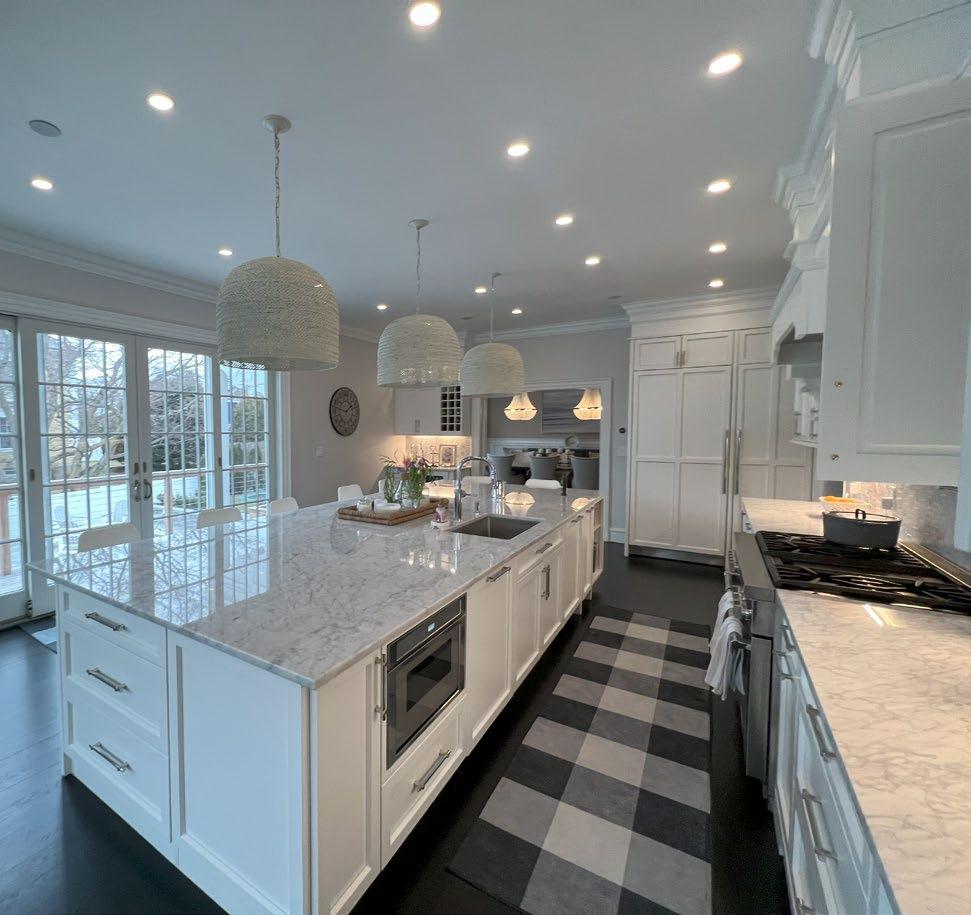
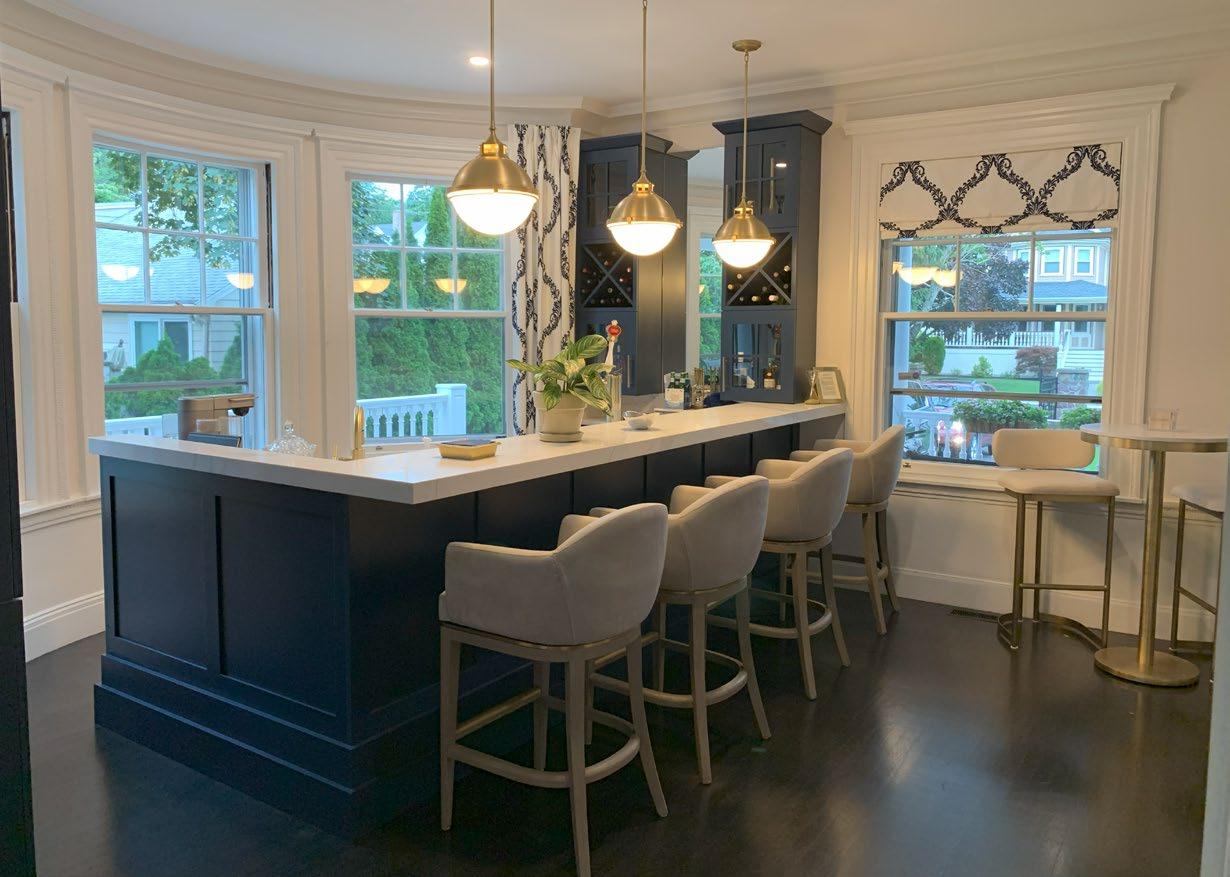 PARTIAL FIRST FLOOR PLAN (Top Left), KITCHEN PHOTO (Top Right)
PARTIAL FIRST FLOOR PLAN (Top Left), KITCHEN PHOTO (Top Right)

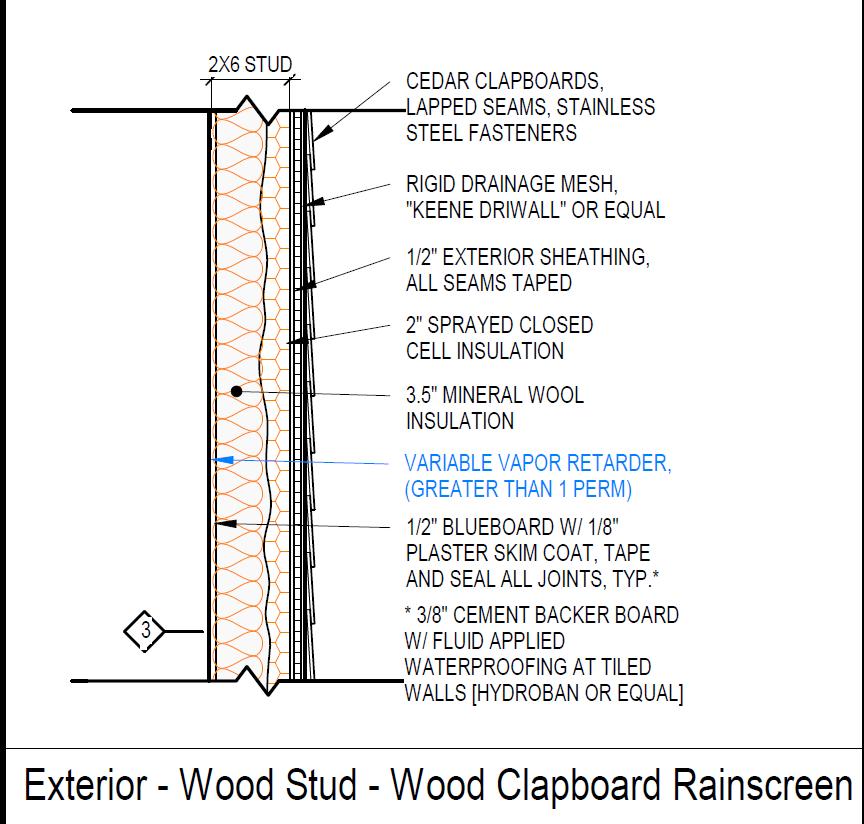

This project is a fully custom single family dwelling in a classic colonial style. Sitting on a 57,000 sqft. site, the house contains approximately 8,500 sqft. of finished living space including 6 bedrooms, 7 full bathrooms, a large eat-in kitchen, and multiple living spaces among other amenities. The design process began in 2021 and construction will be completed in Spring of 2024.
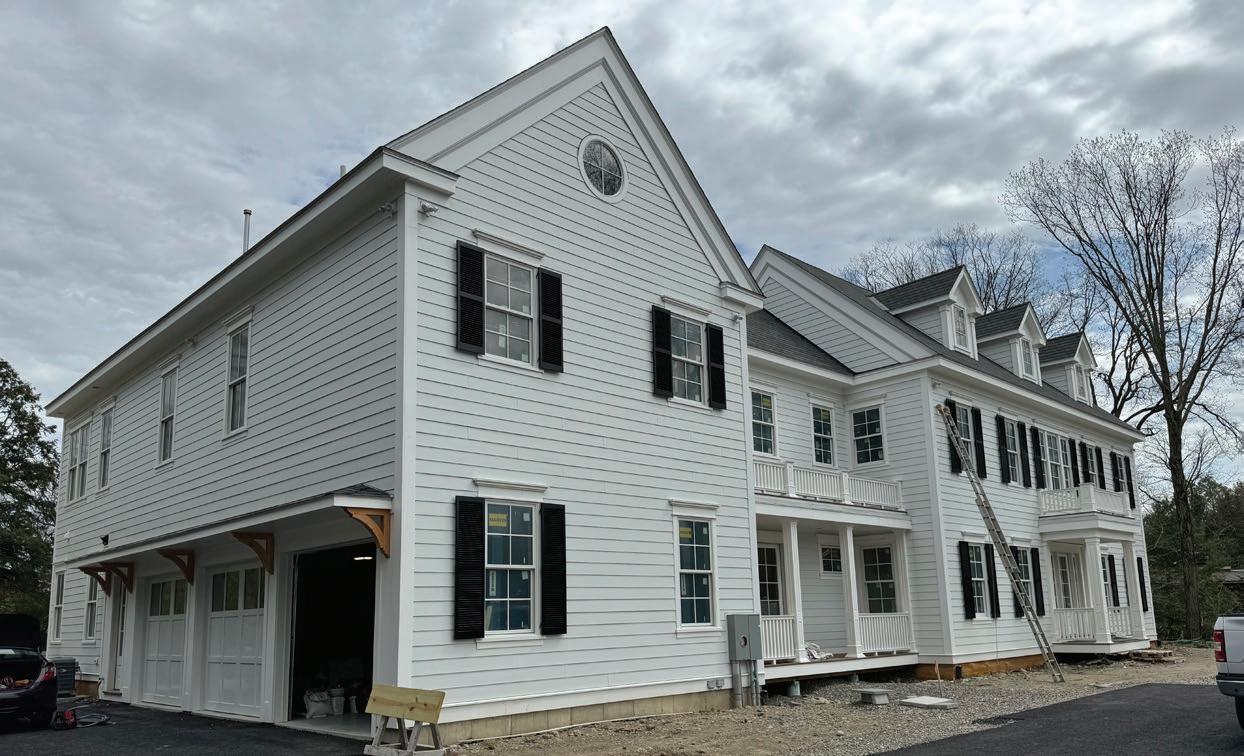
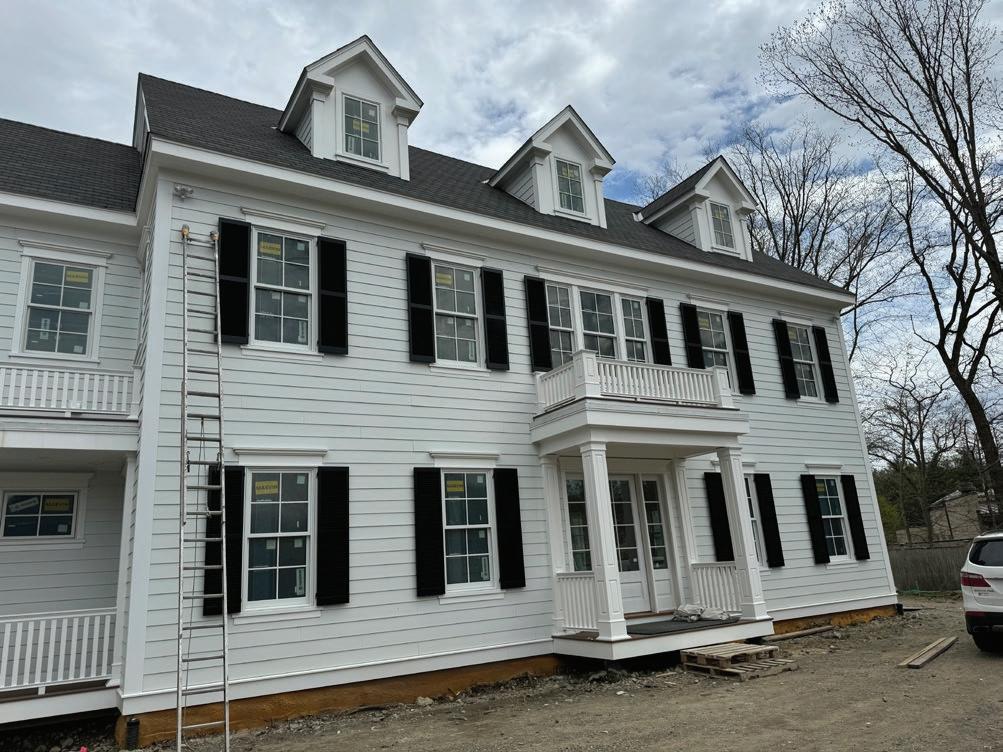

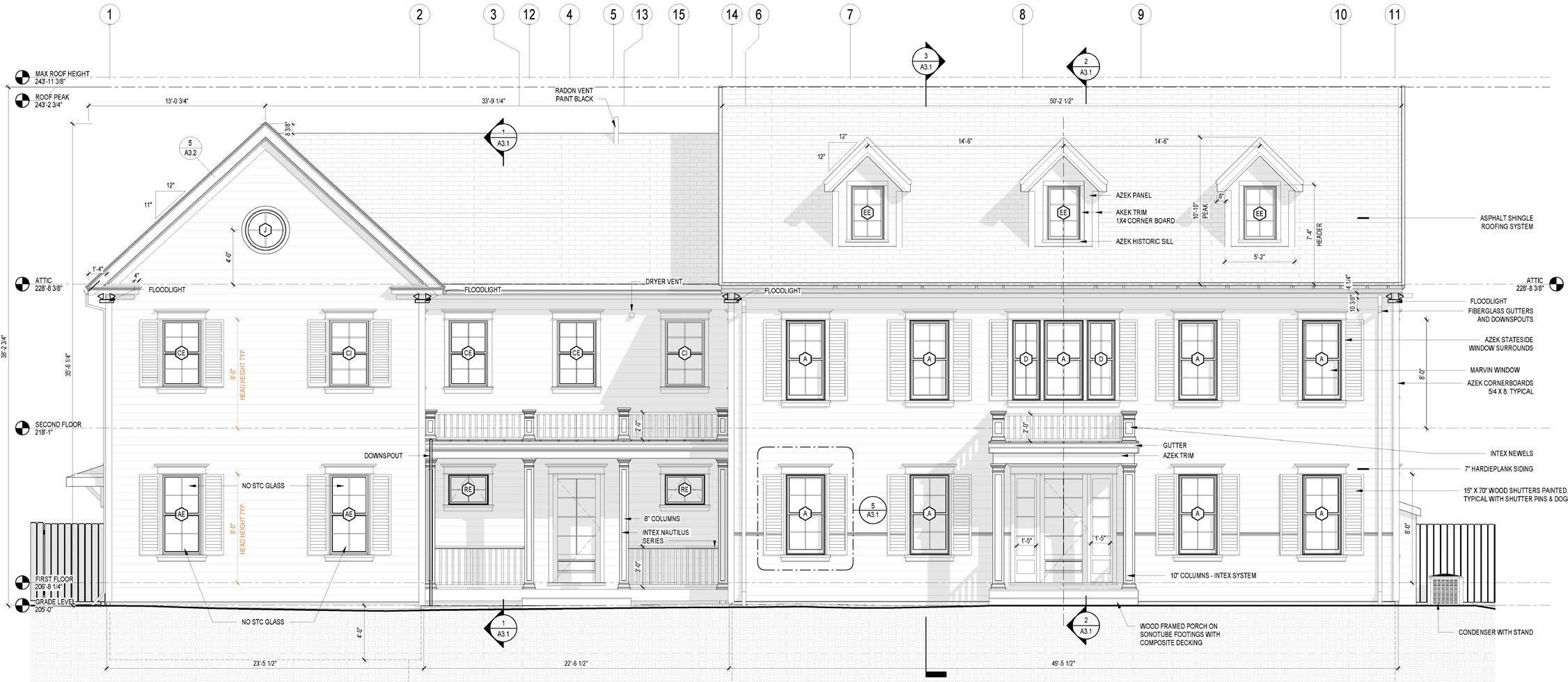
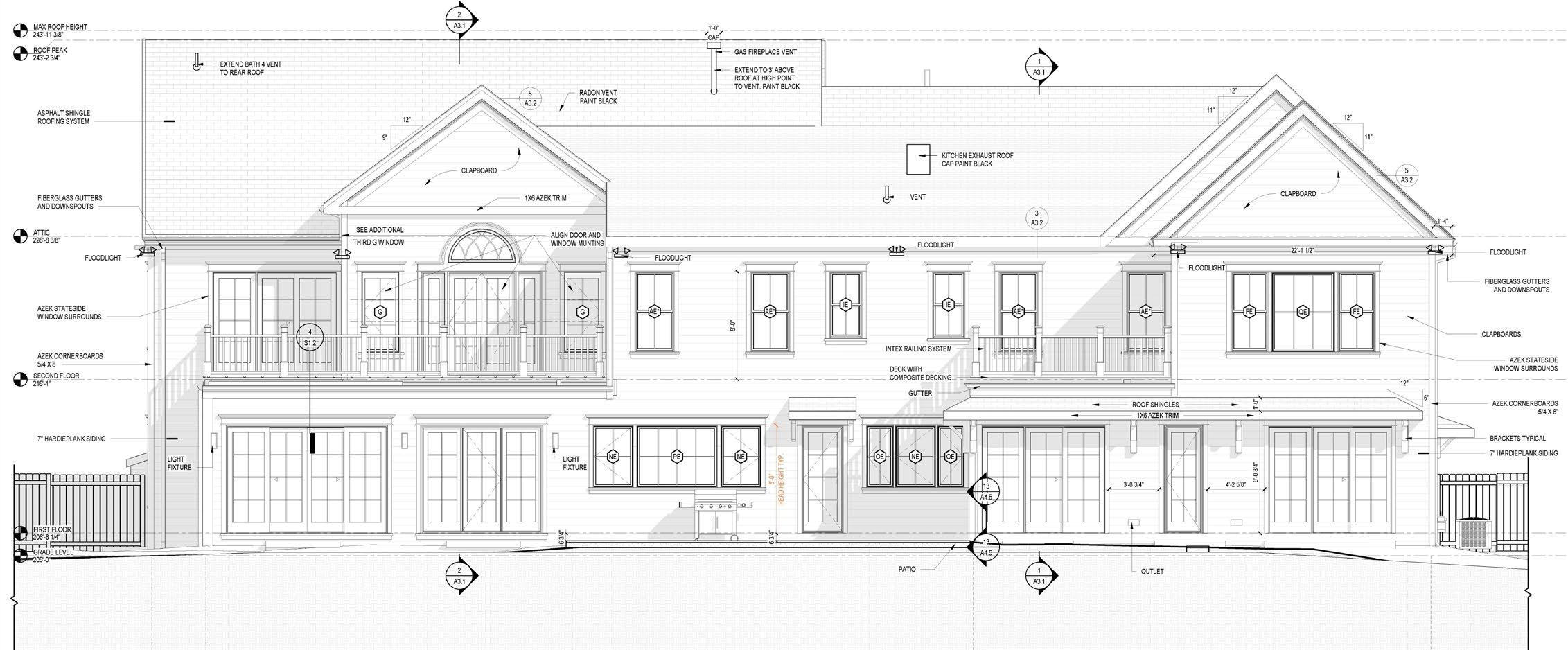
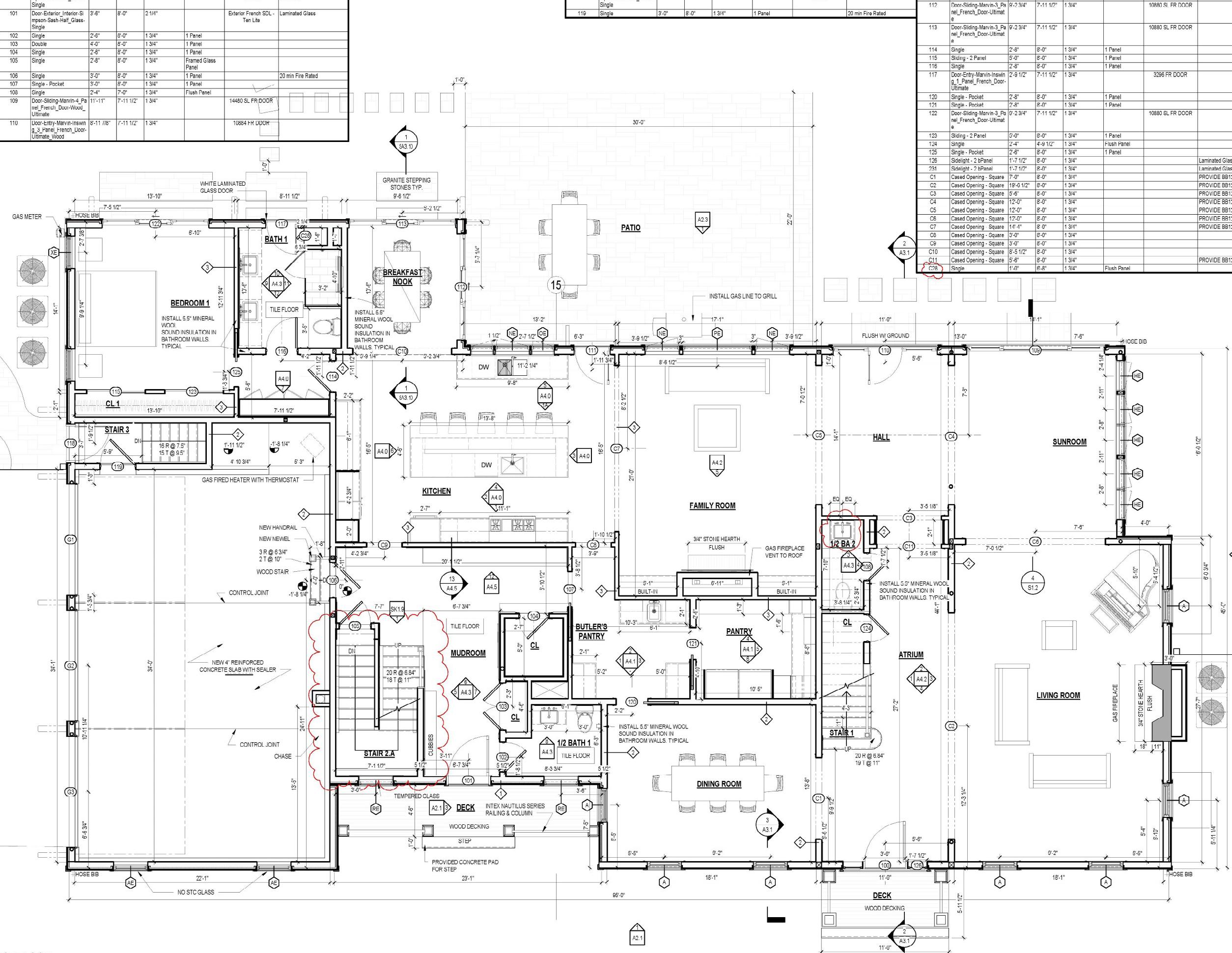
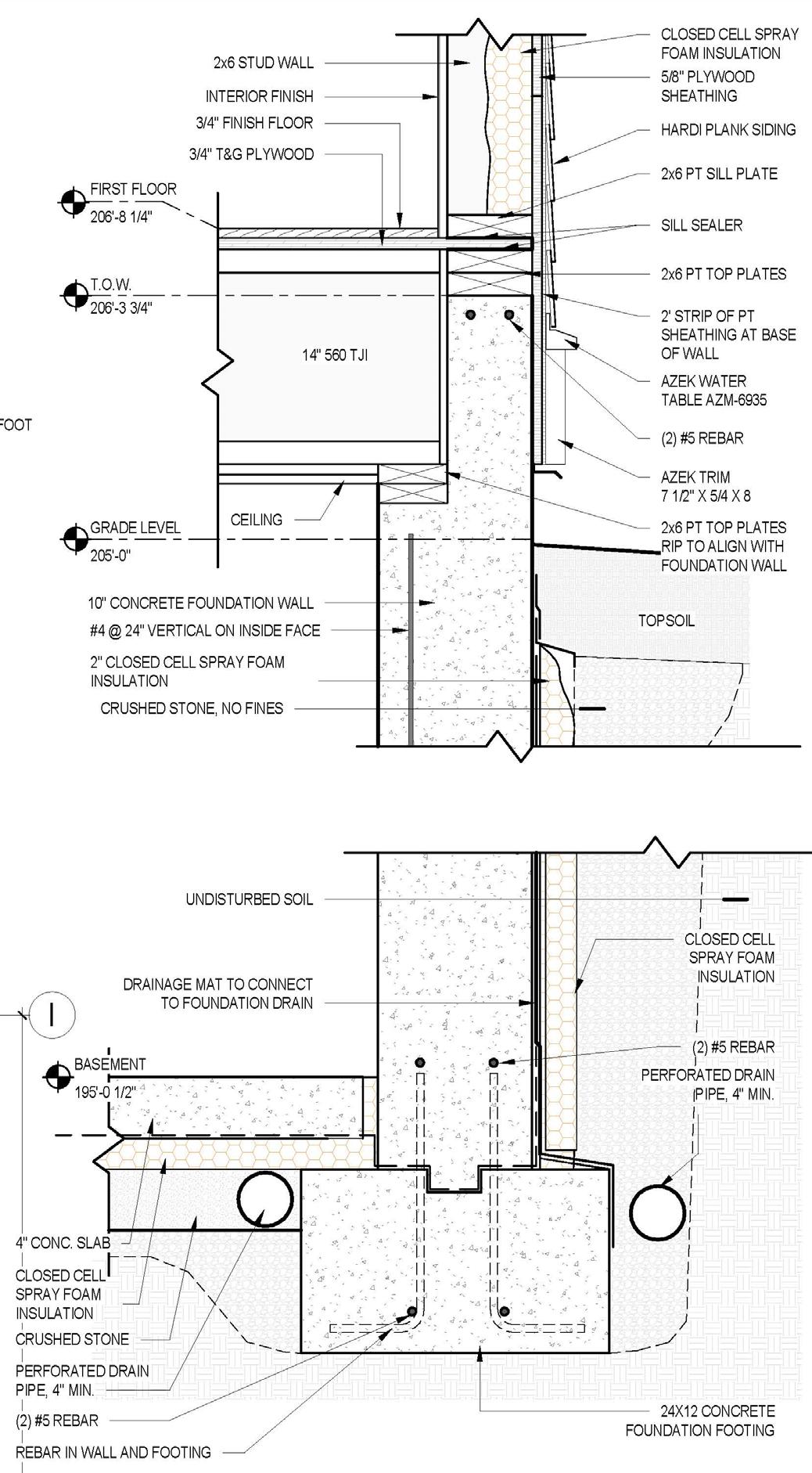
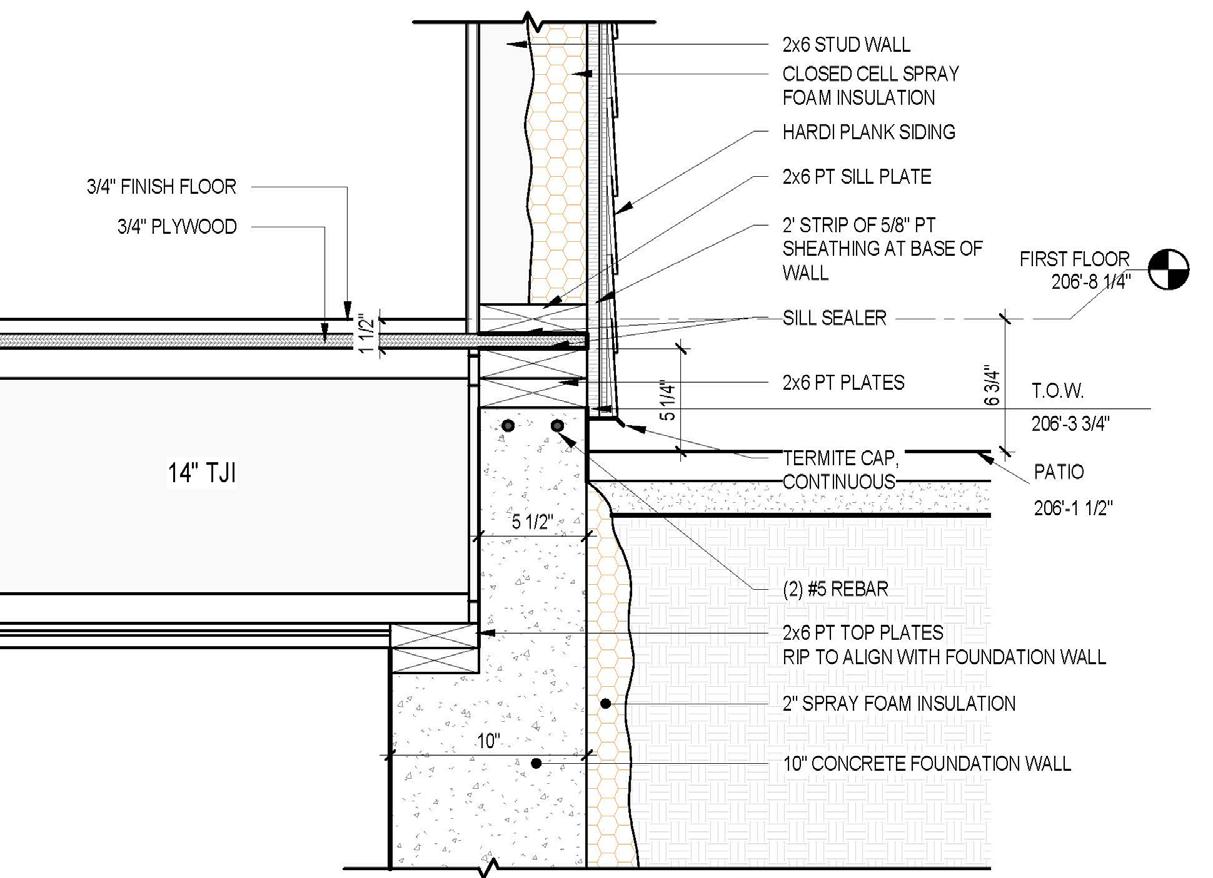
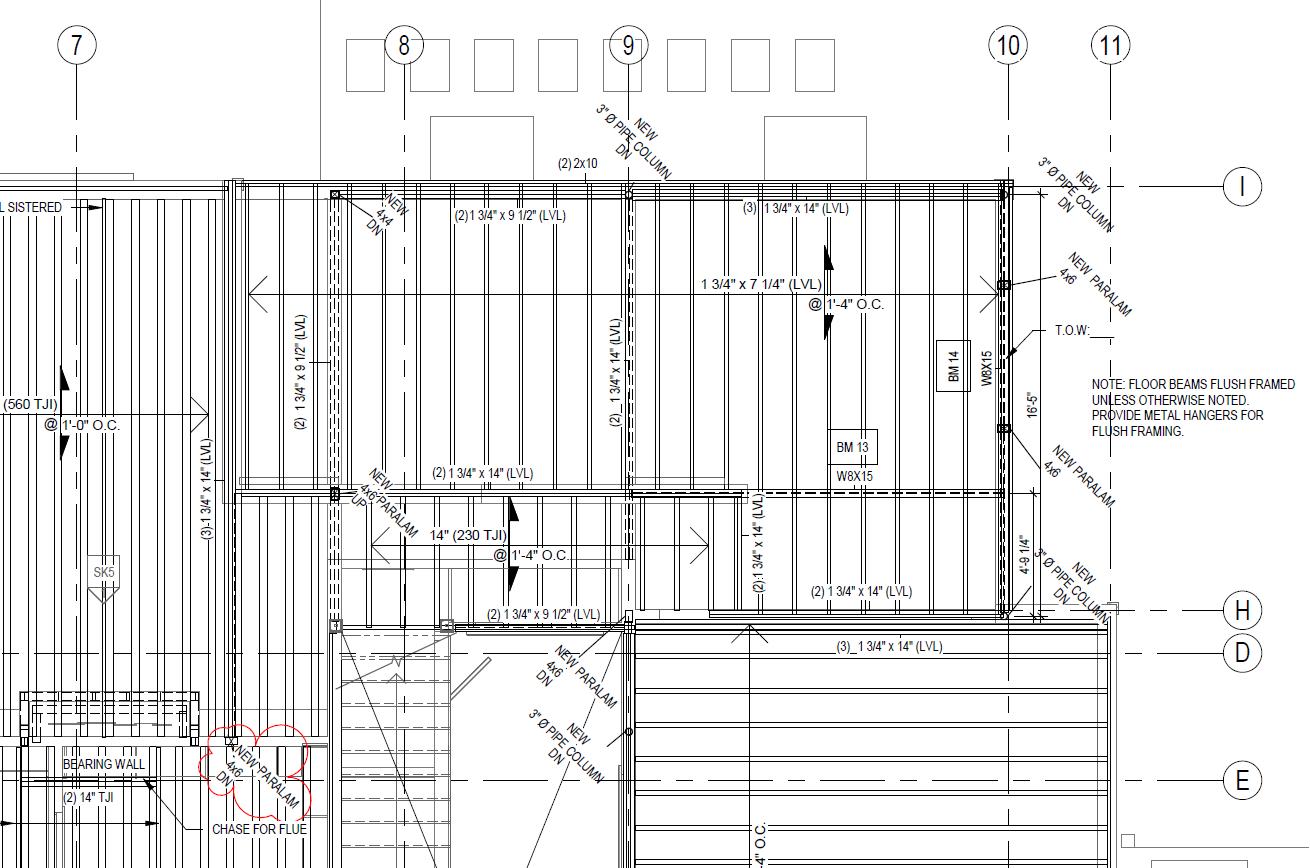
This hardwood end table was fully designed and built by myself while enrolled in MassArt’s furniture design class. It is made of solid maple and is completely free of hardware, being held together exclusively by traditional wood joinery. The finished piece was left unstained to allow the wood’s natural beauty to come through. The dark lines that run through the grain come from a fungus within the tree, and the hole that can be seen on top is from the tree being tapped for syrup.

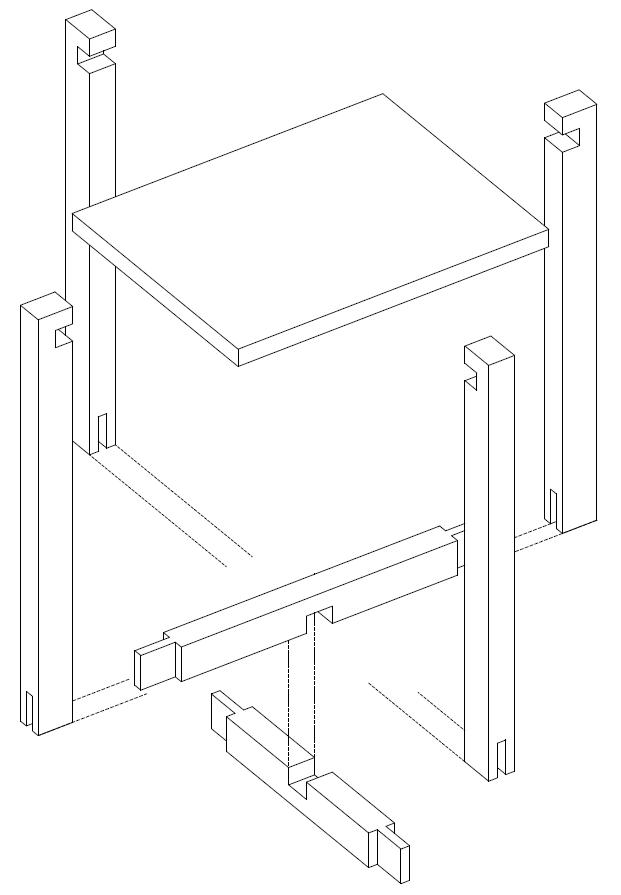

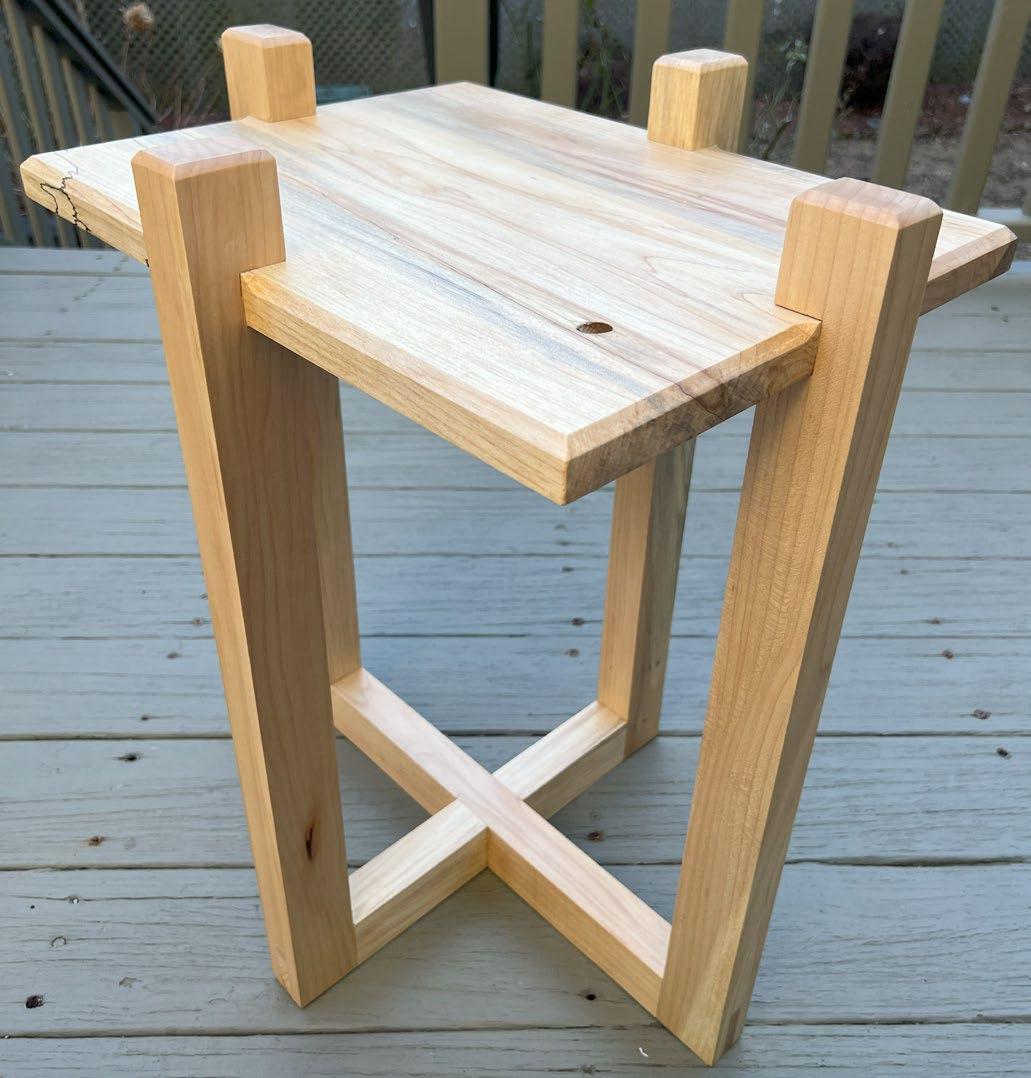

Fall 2018 | Study Abroad | Ink
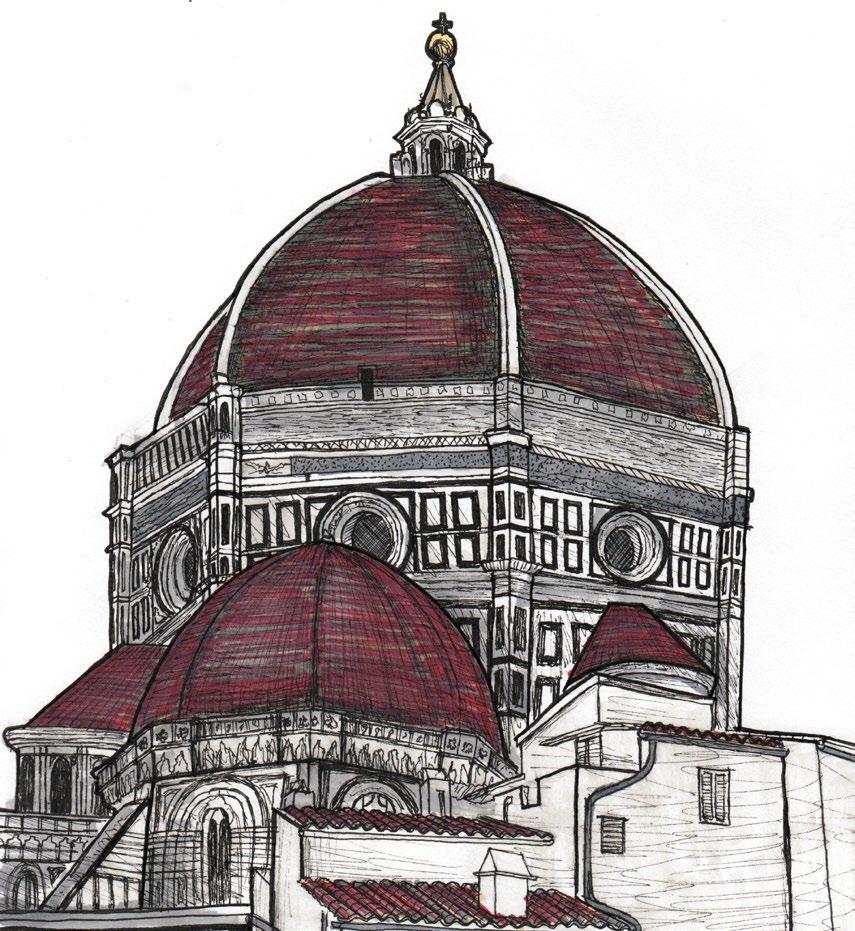
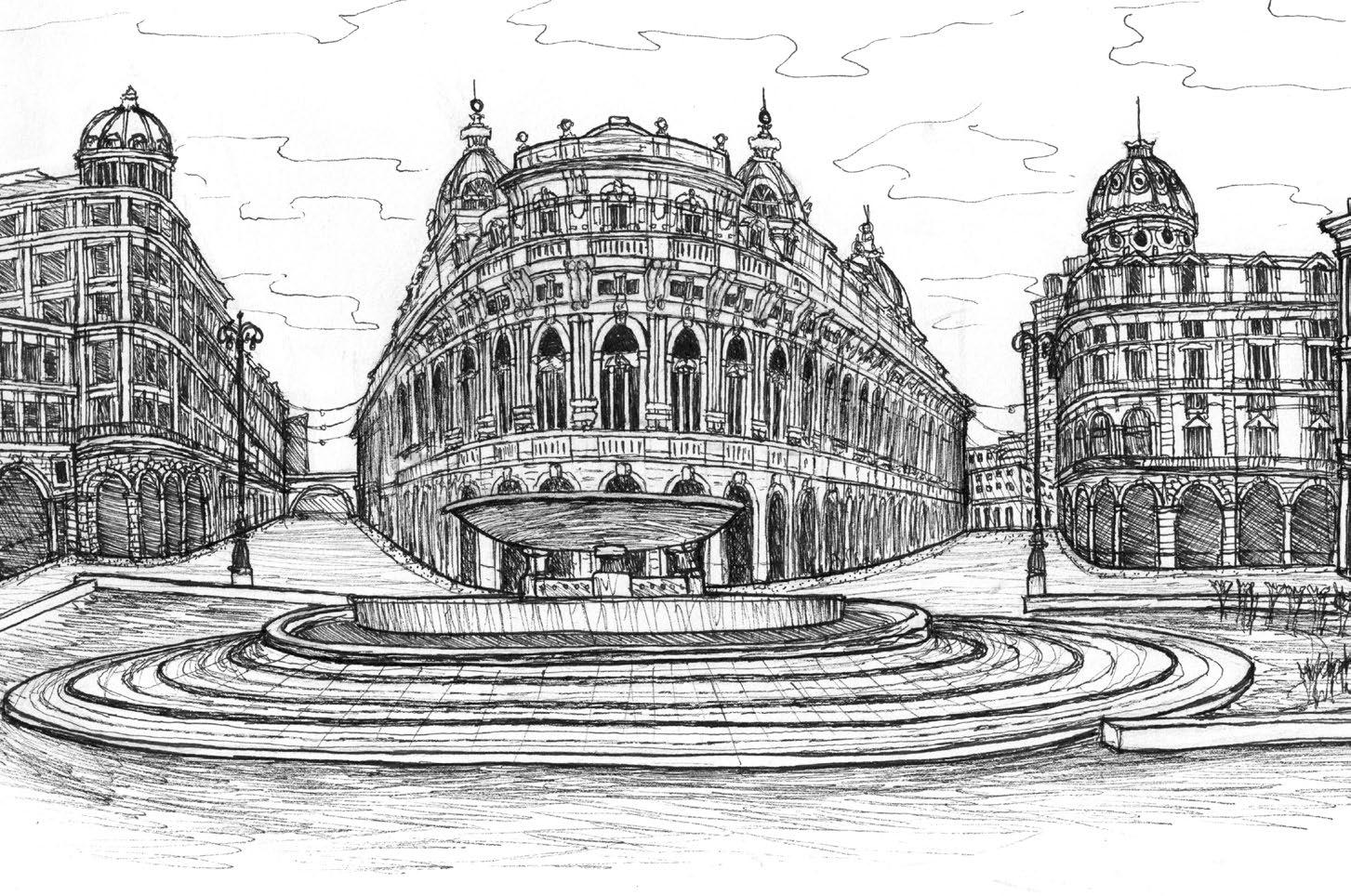
 PIAZZA DE FERRARI | GENOVA, IT
NOTRE DAME DE LA GARDA | MARSEILLE, FR
PIAZZA DE FERRARI | GENOVA, IT
NOTRE DAME DE LA GARDA | MARSEILLE, FR

